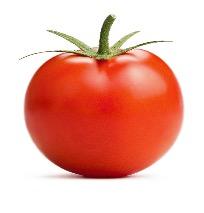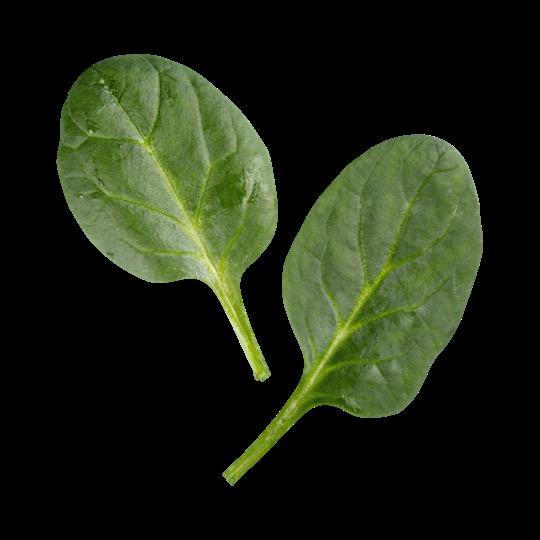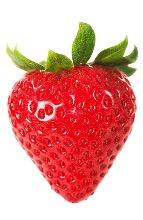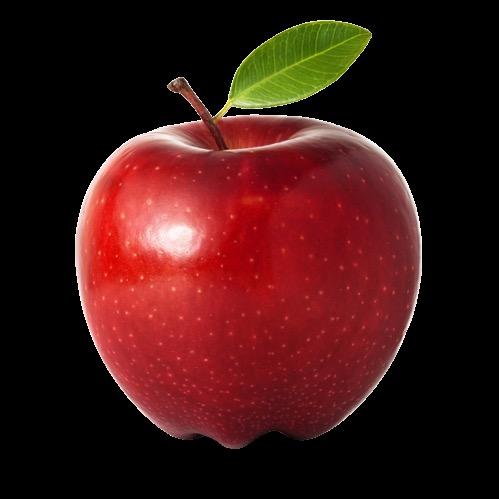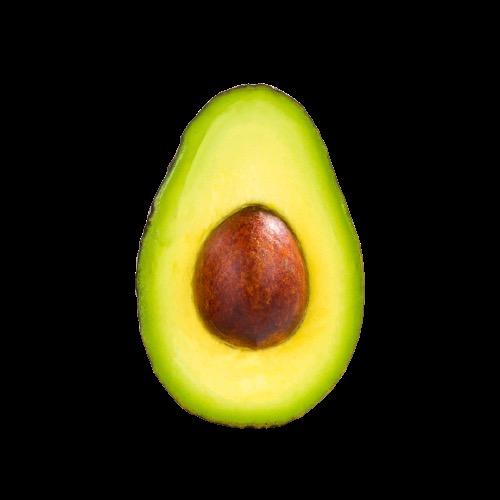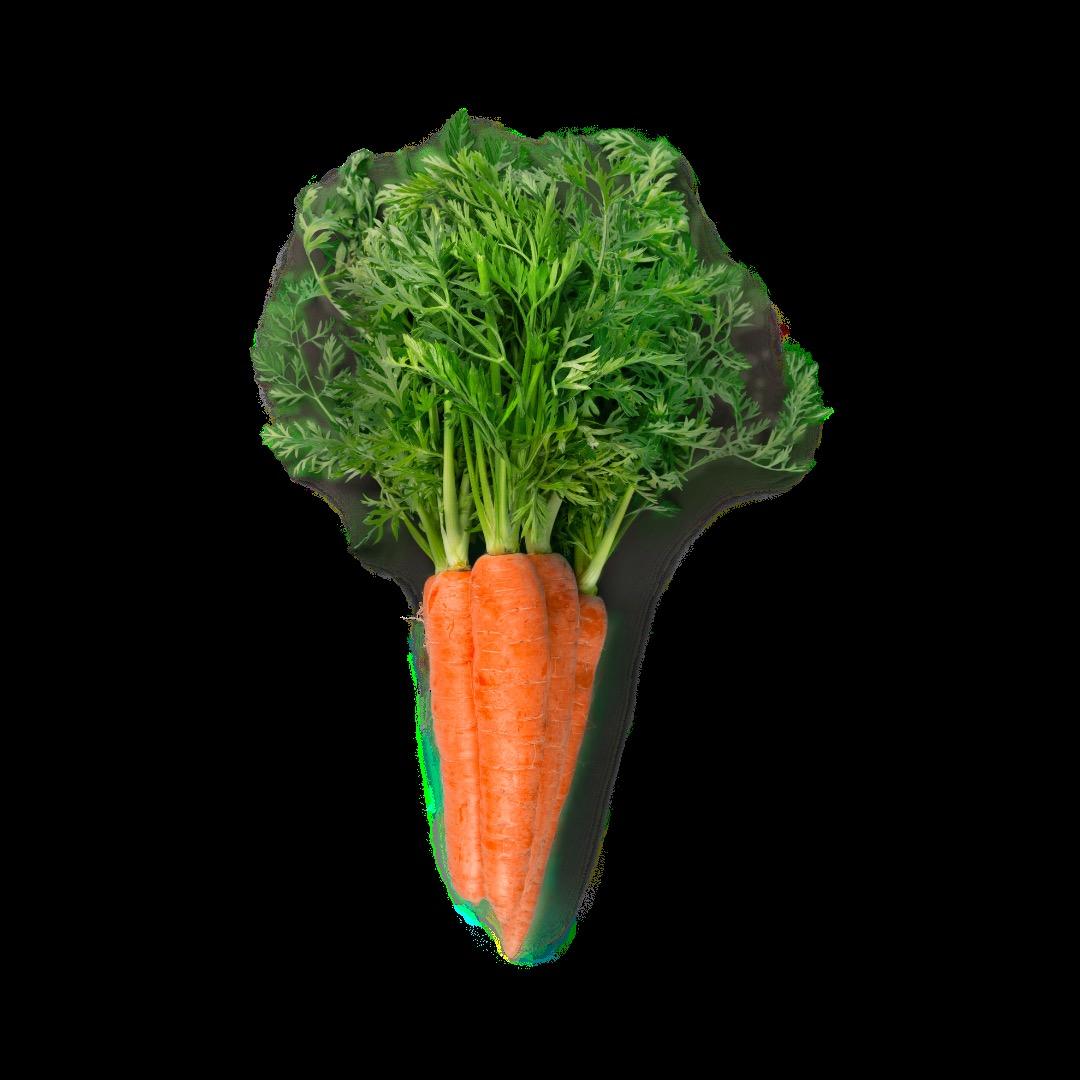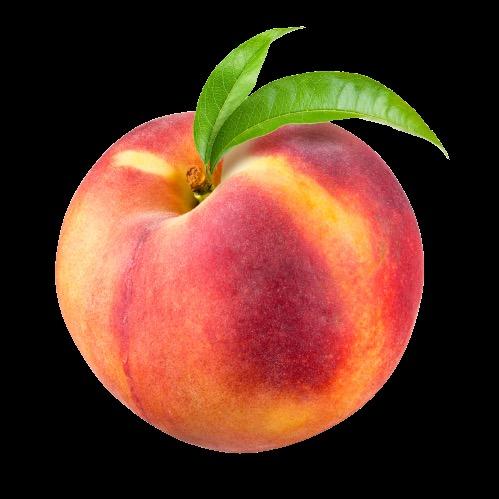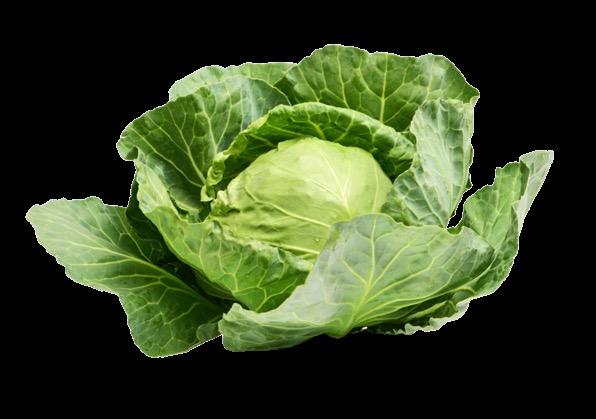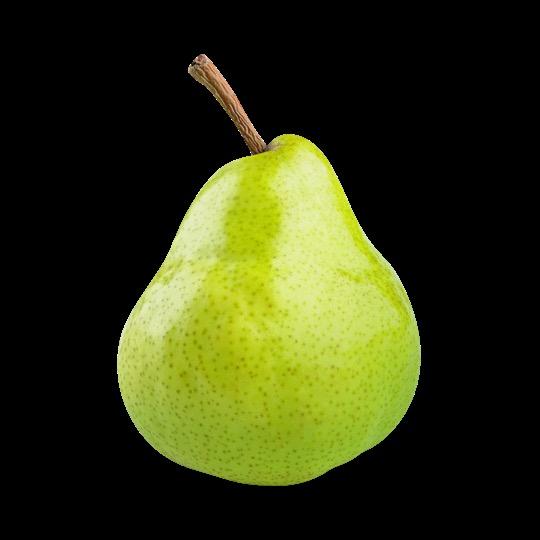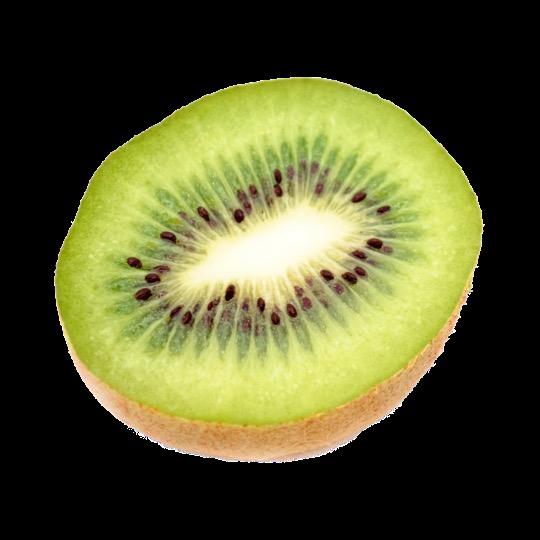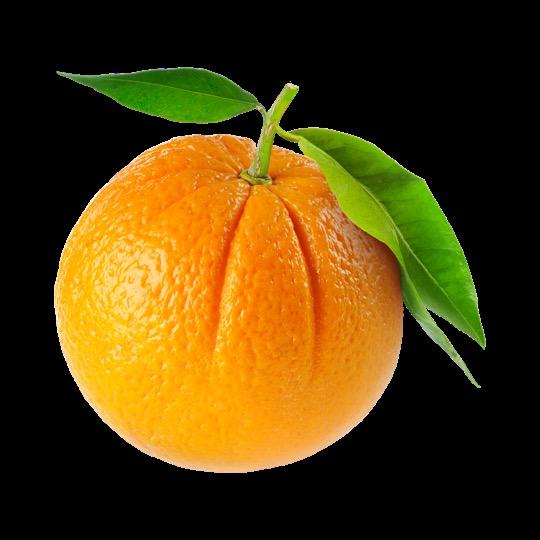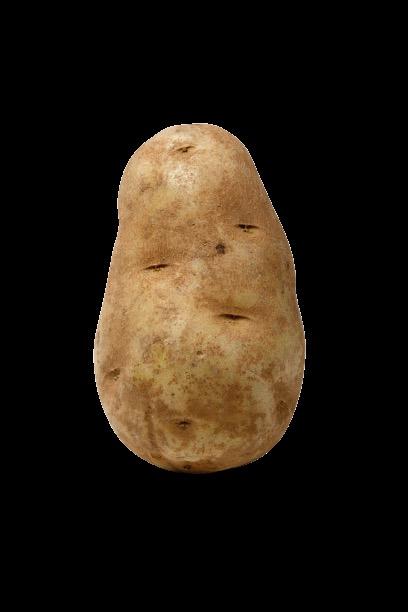2024/2025 EDITION
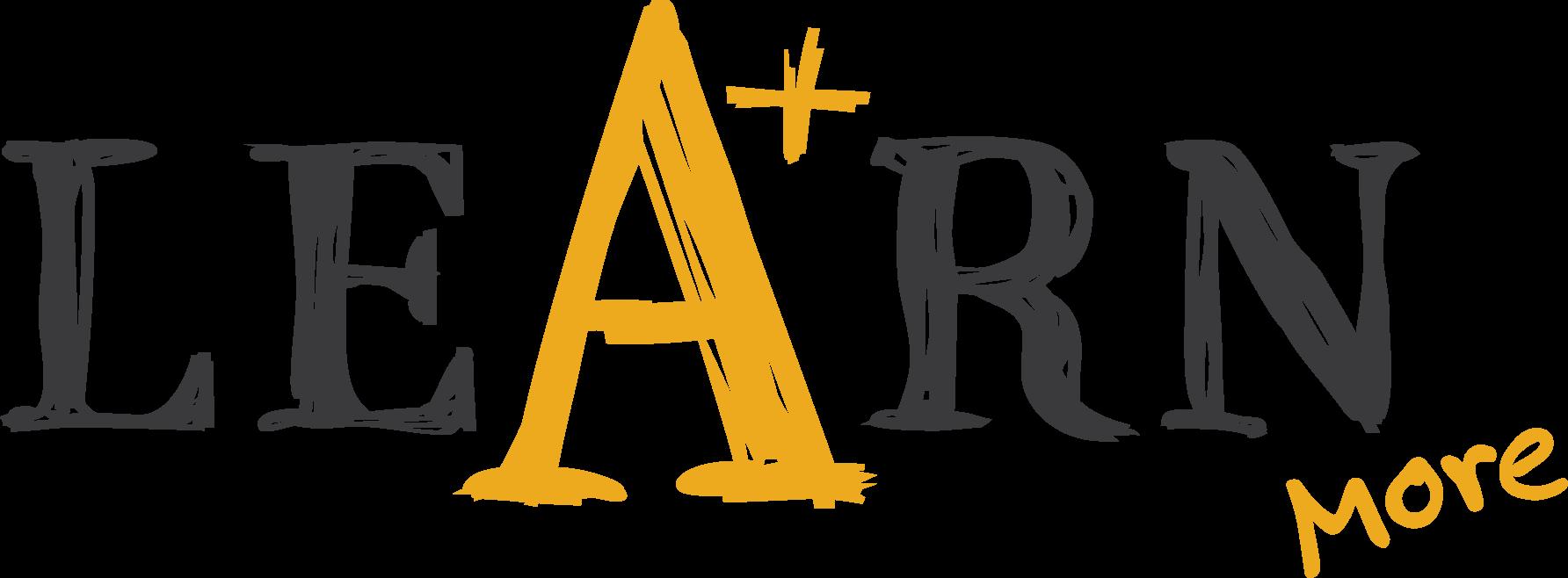


2024/2025 EDITION




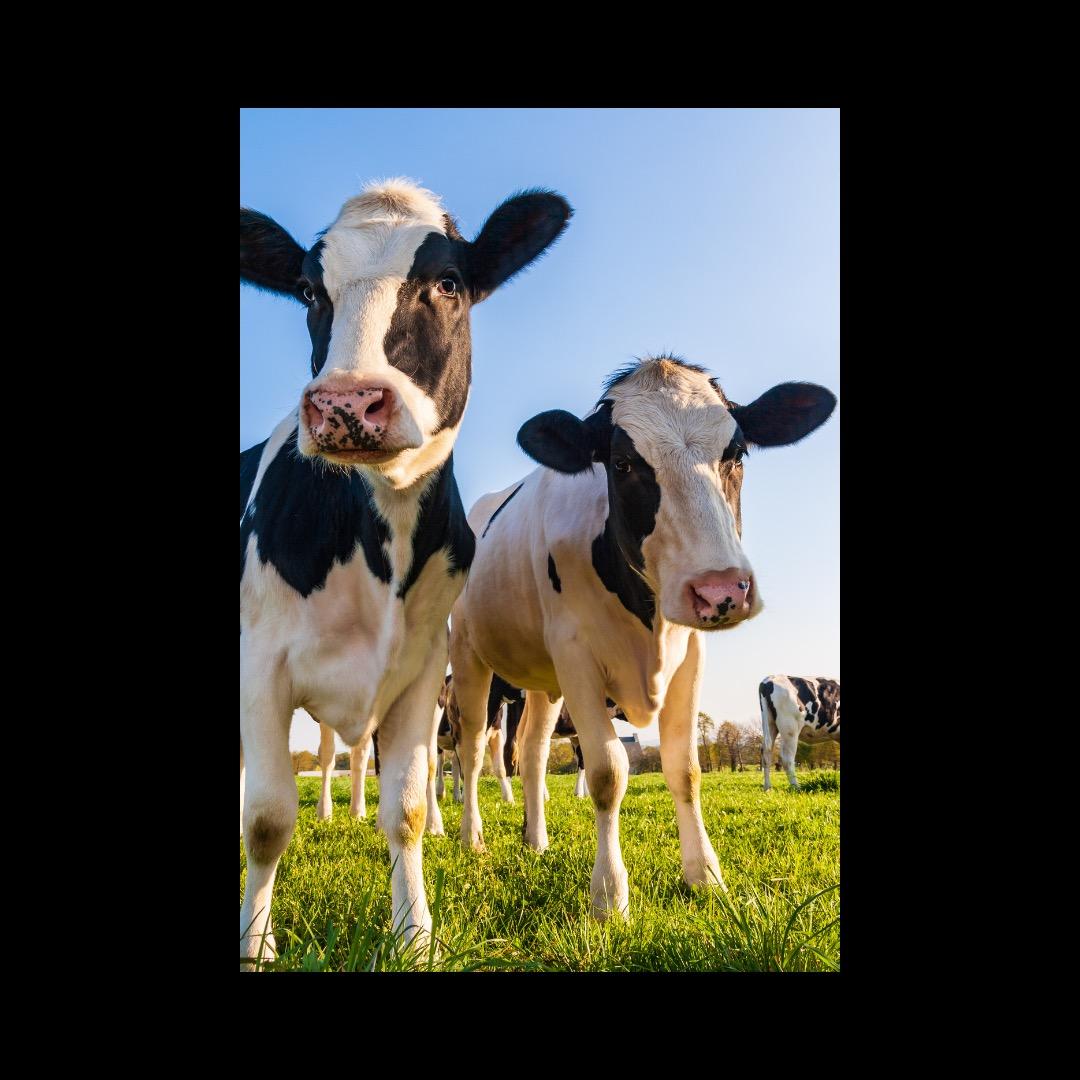
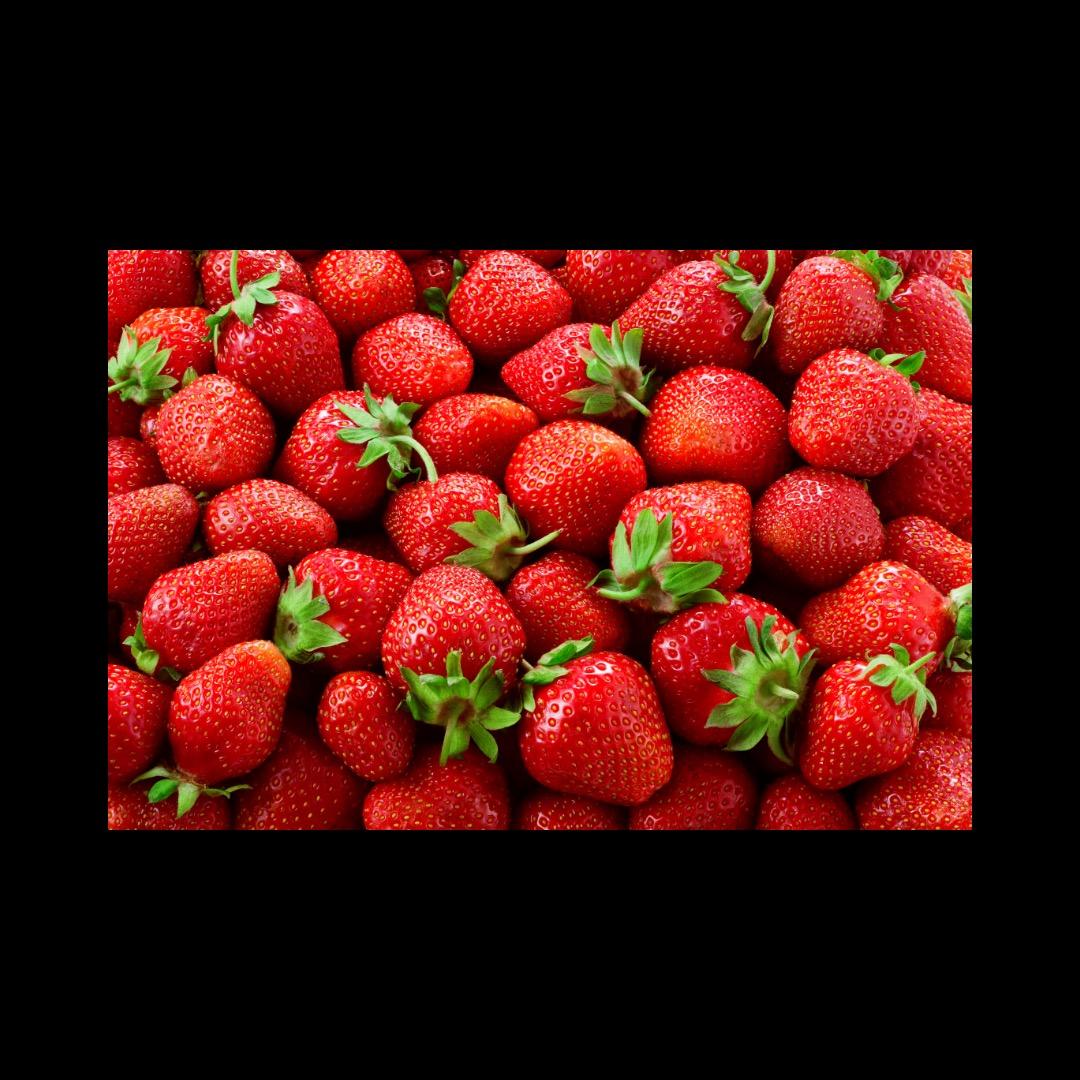
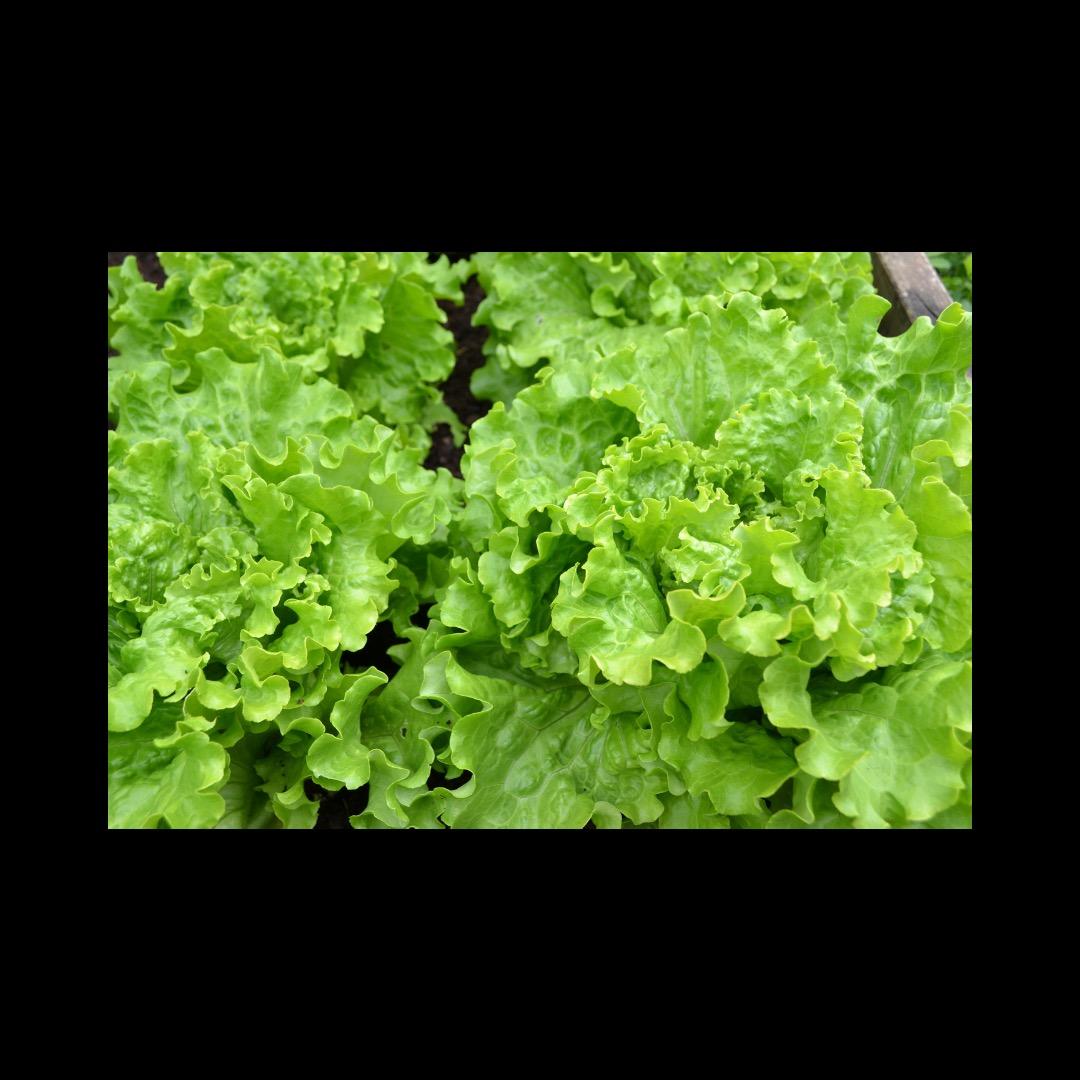
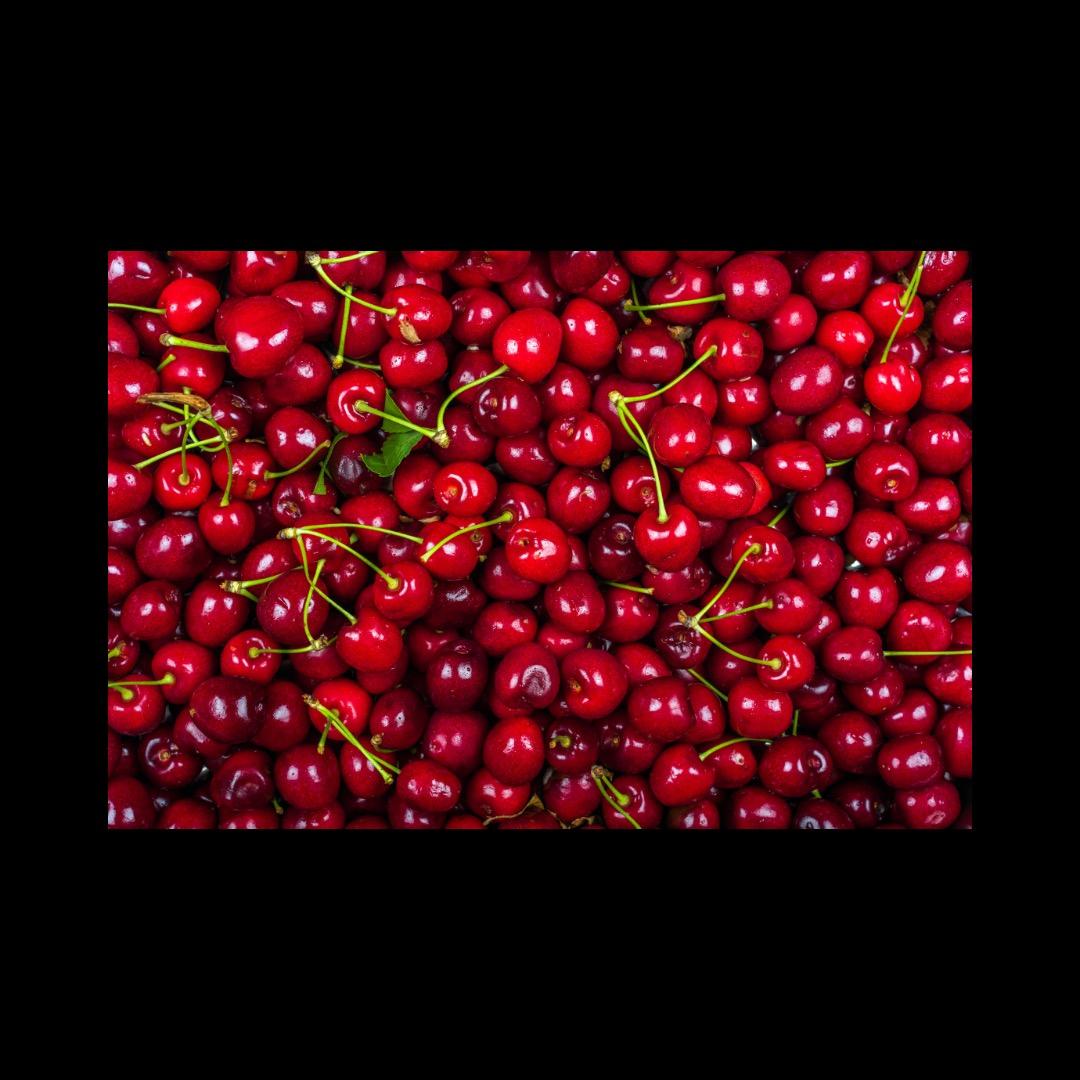
C elebratin g local food, local farmers & nutrition education!


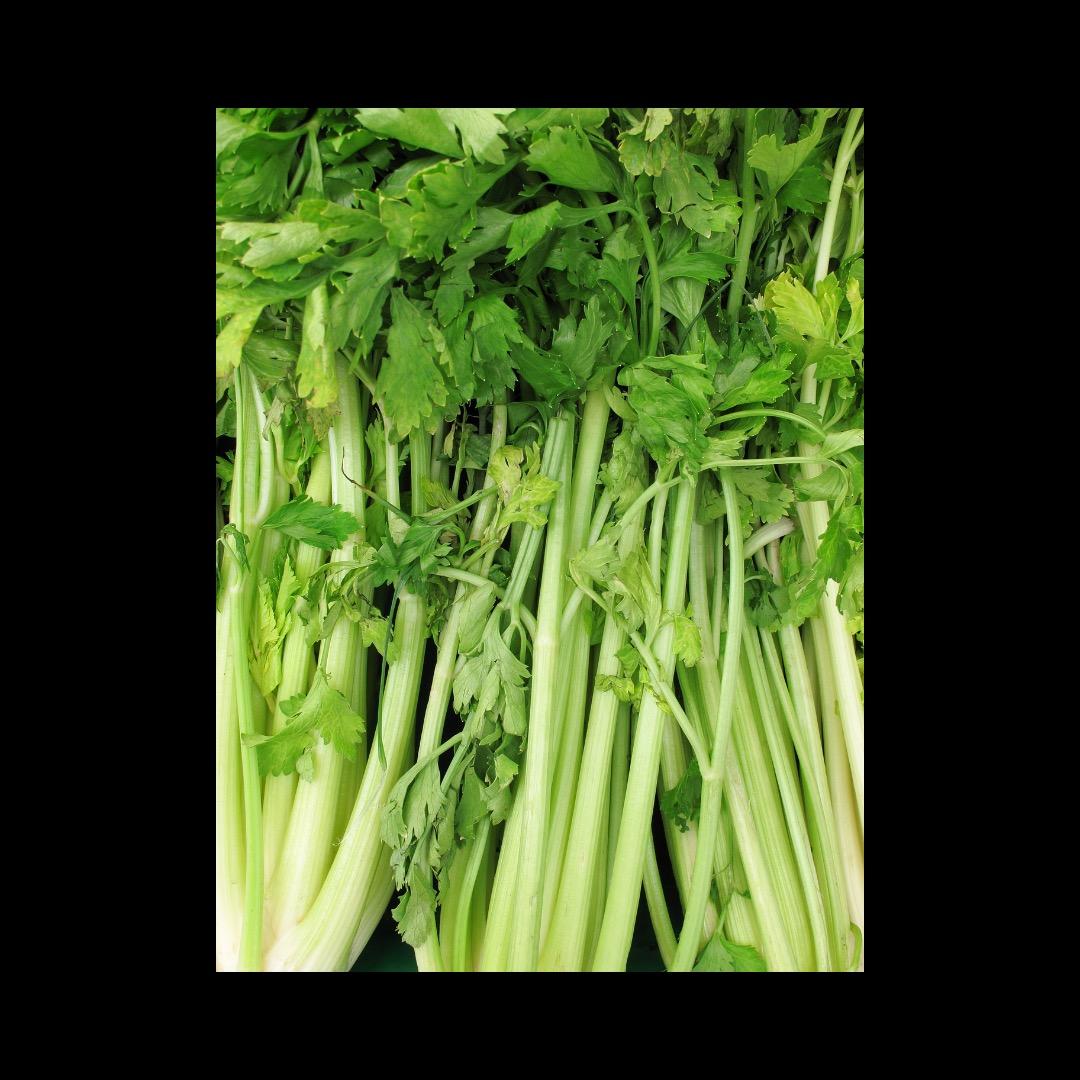
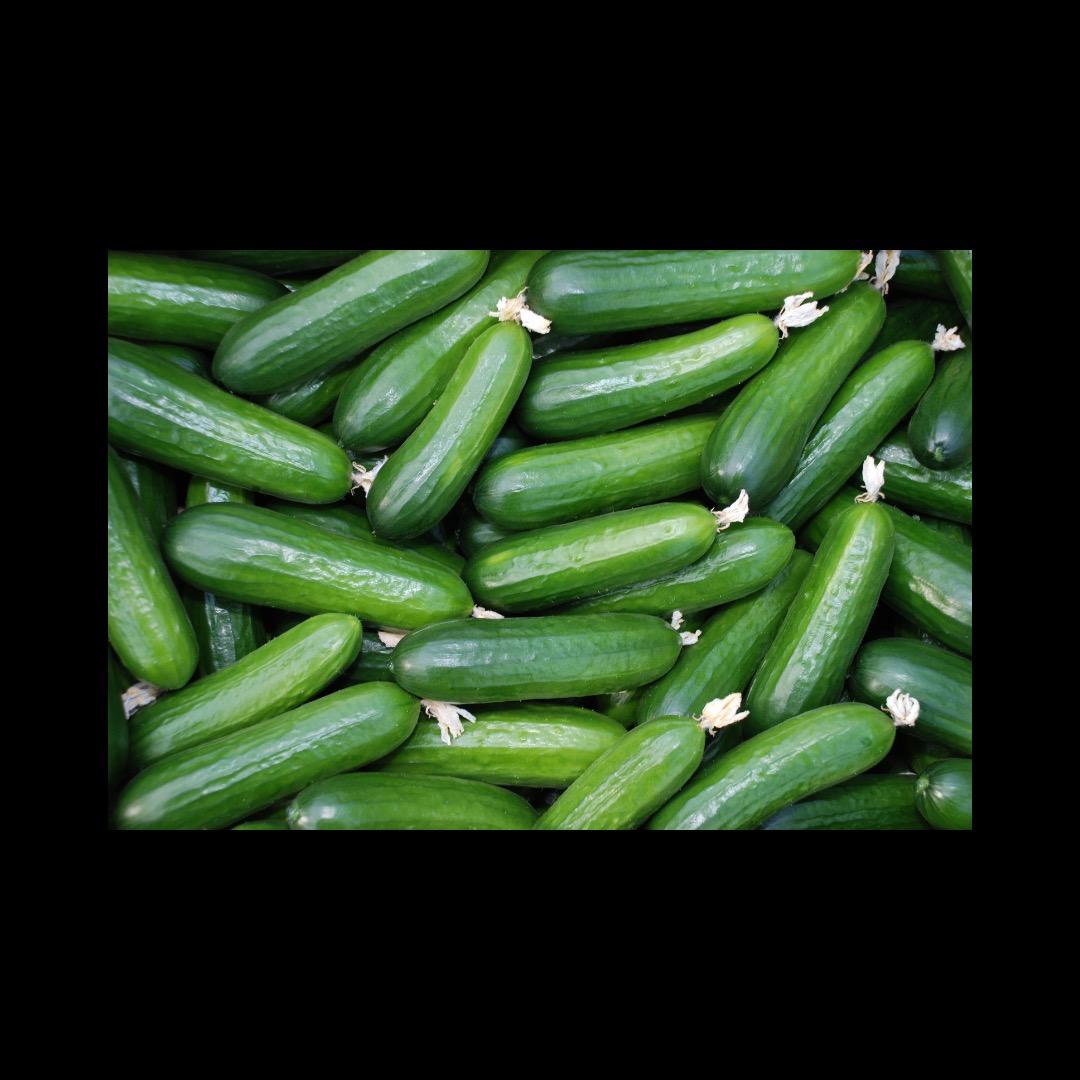
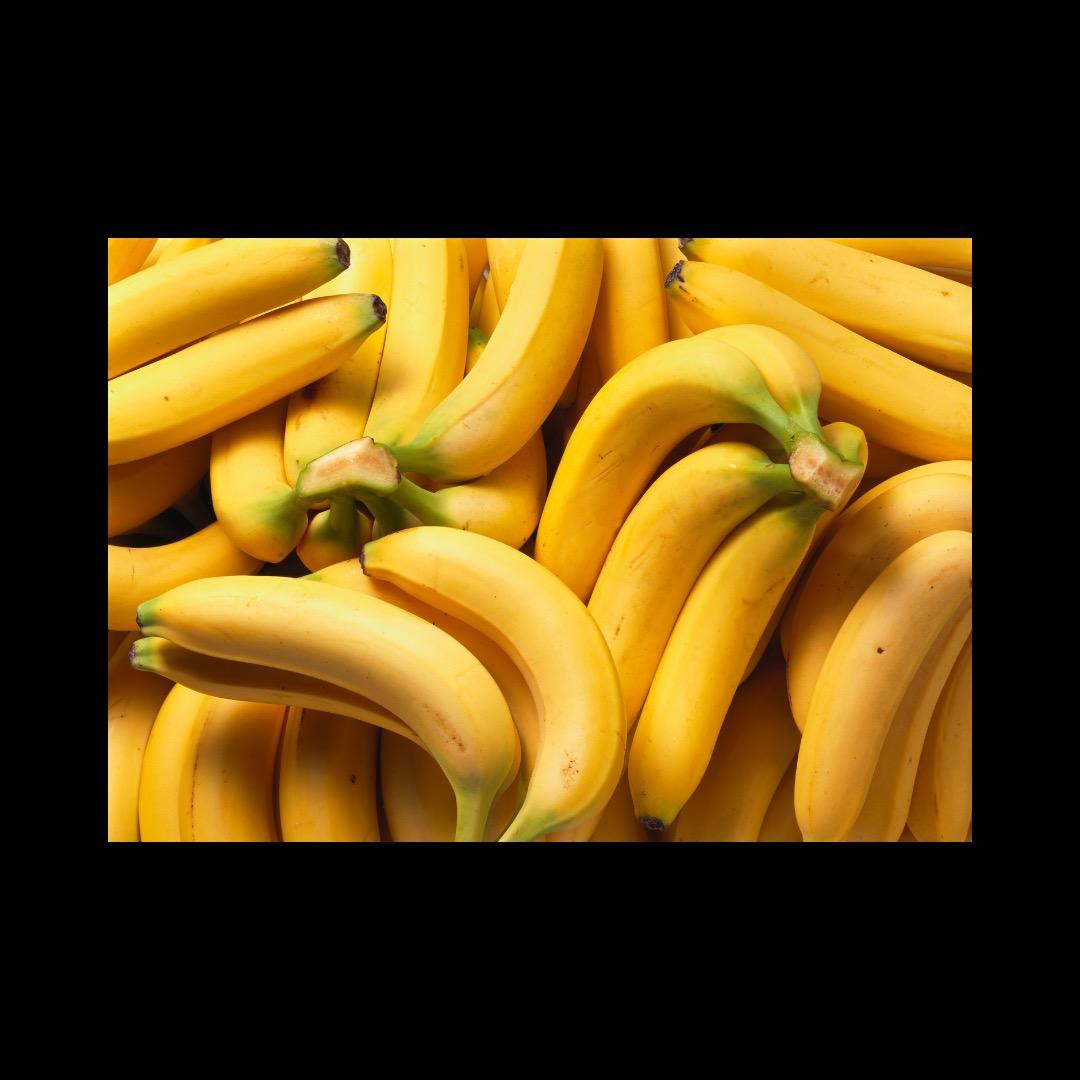

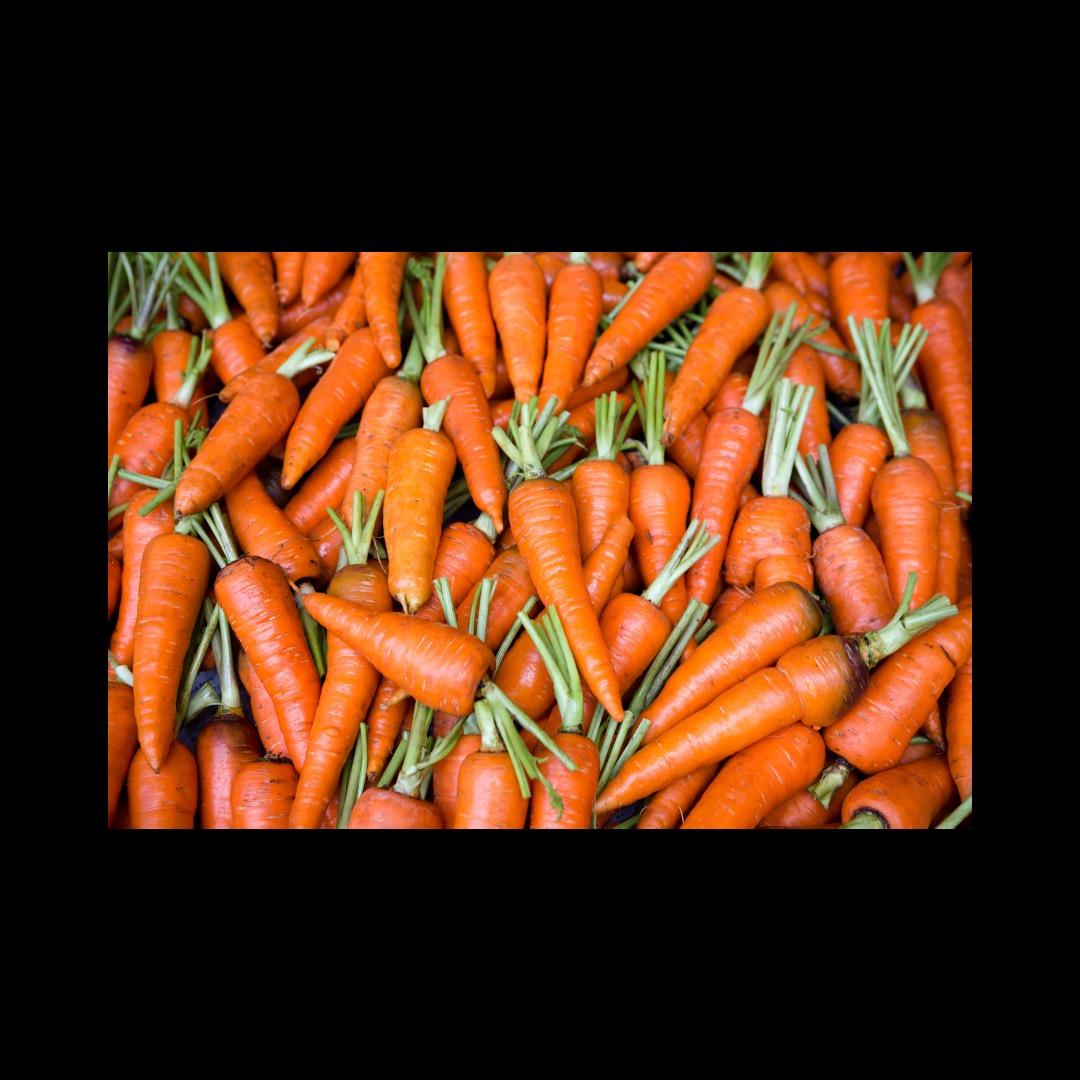






The Food Service Department at Richmond Community Schools is committed to delivering nutritious and delicious meals that support student success. Its mission is to enhance student health and well-being through the promotion of healthy eating habits.
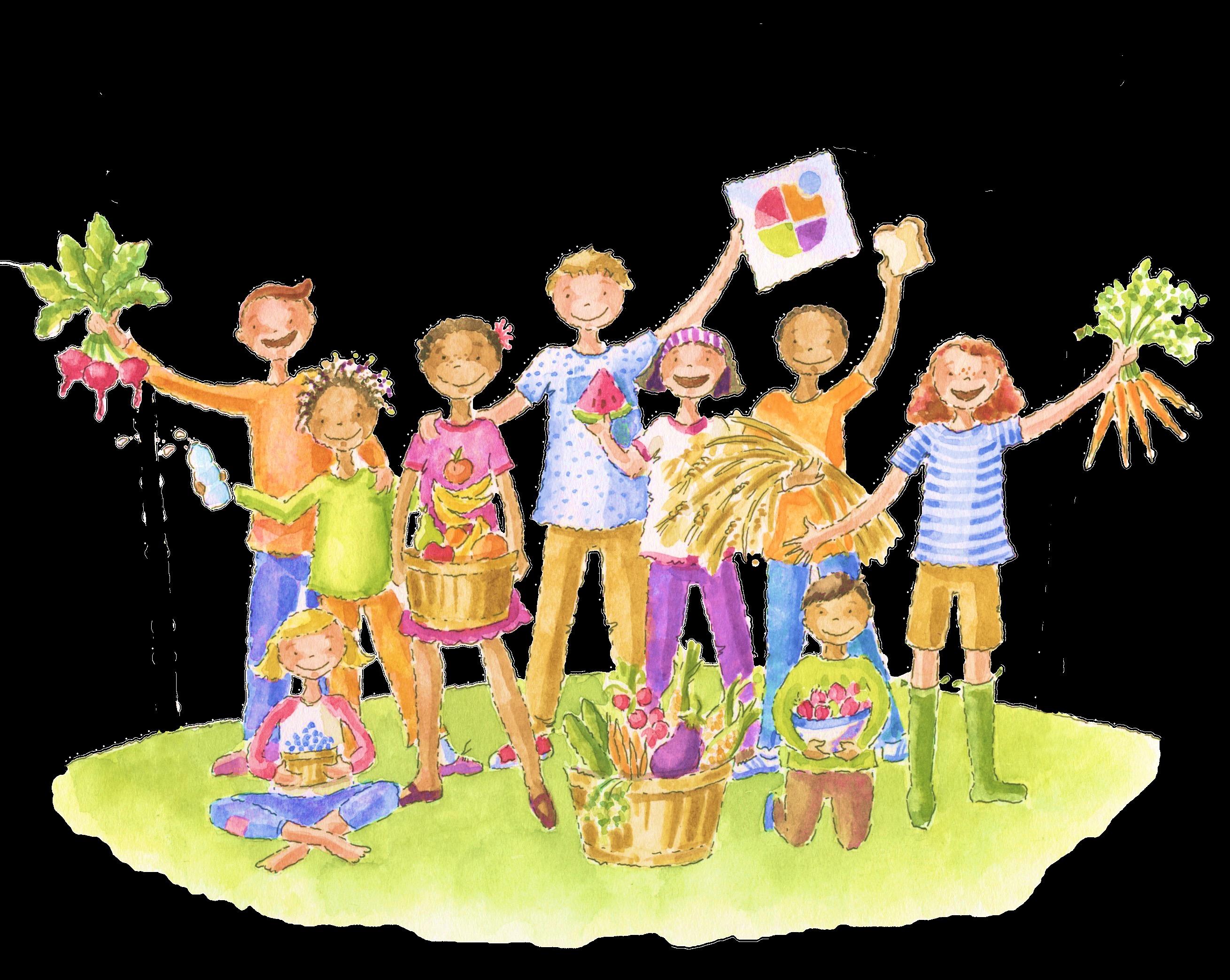

C elebratin g local food, local farmers & nutrition education!
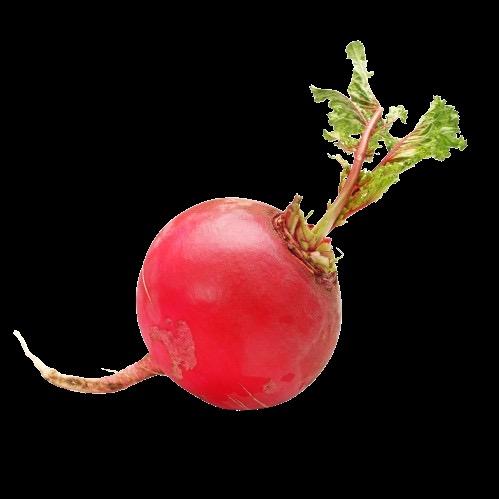


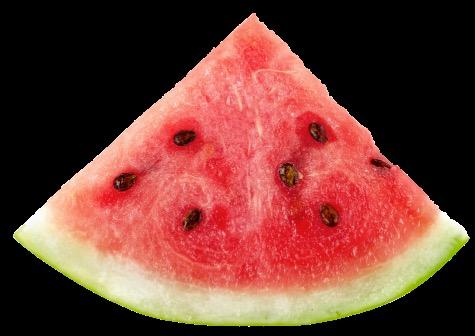
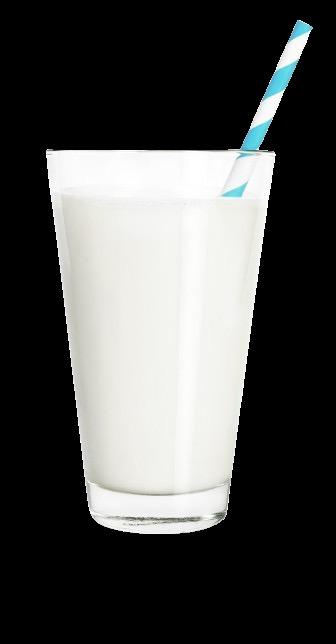

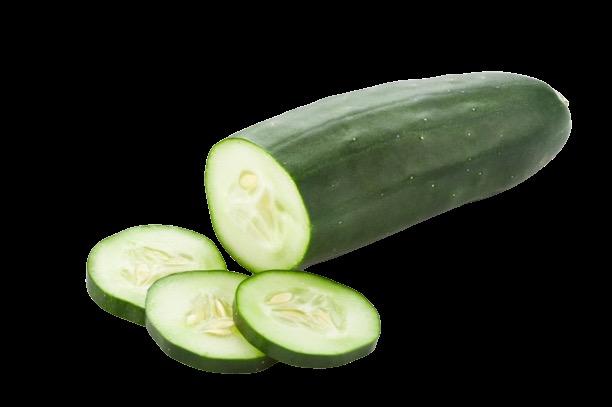
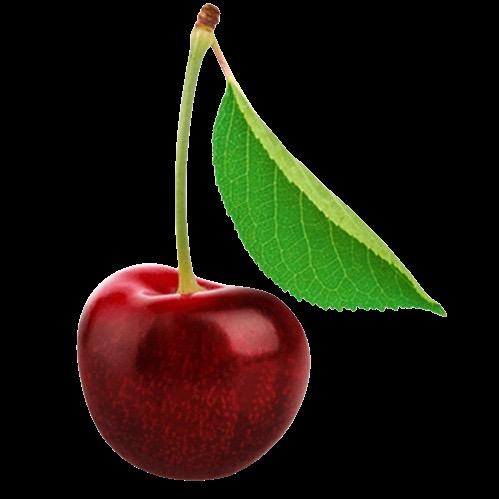

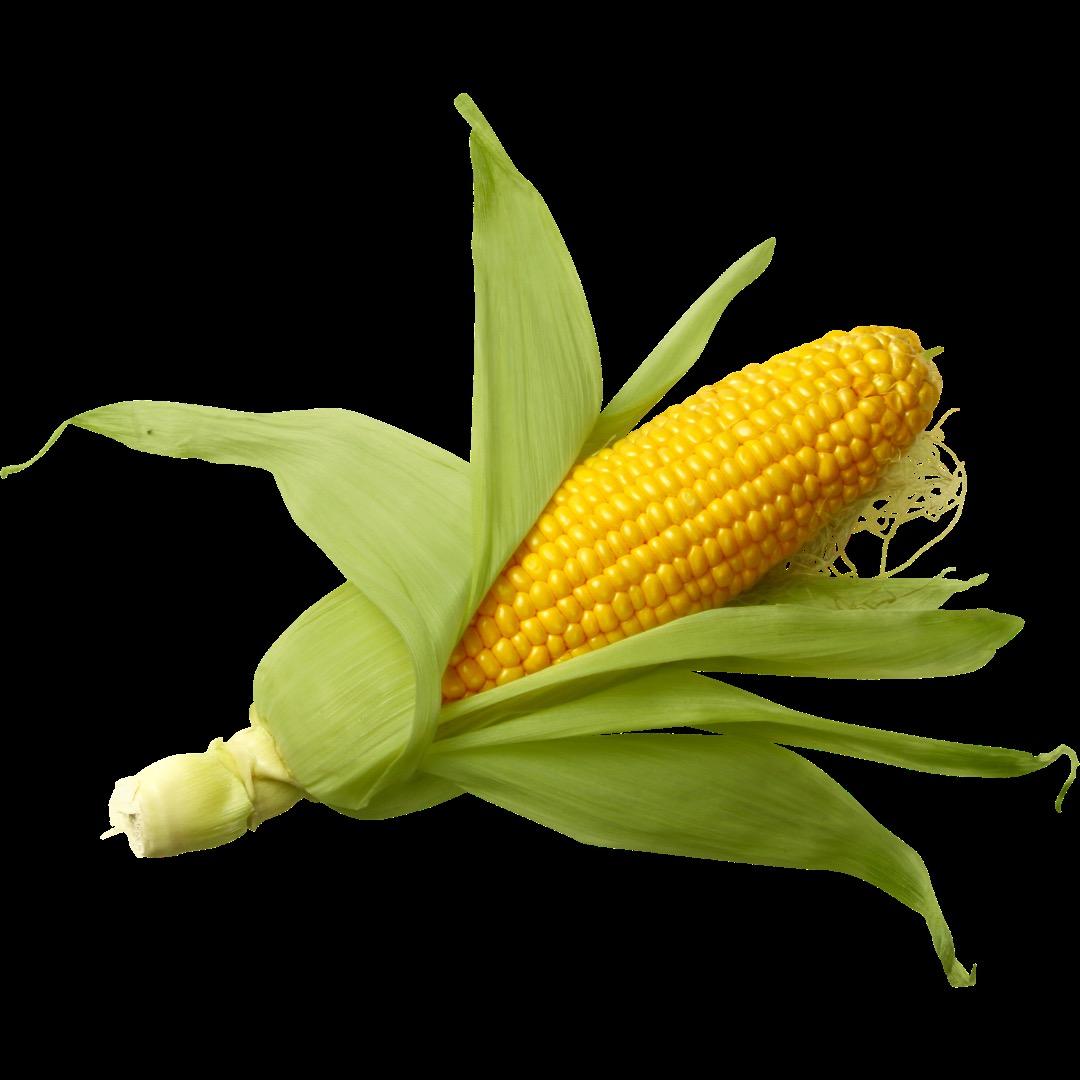
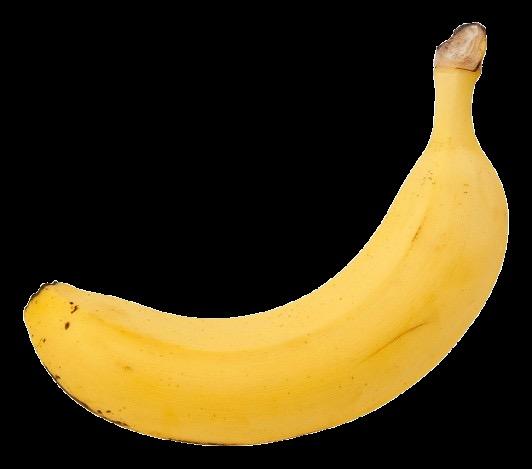
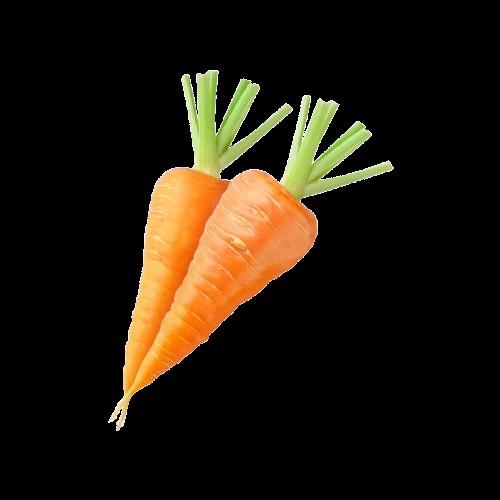
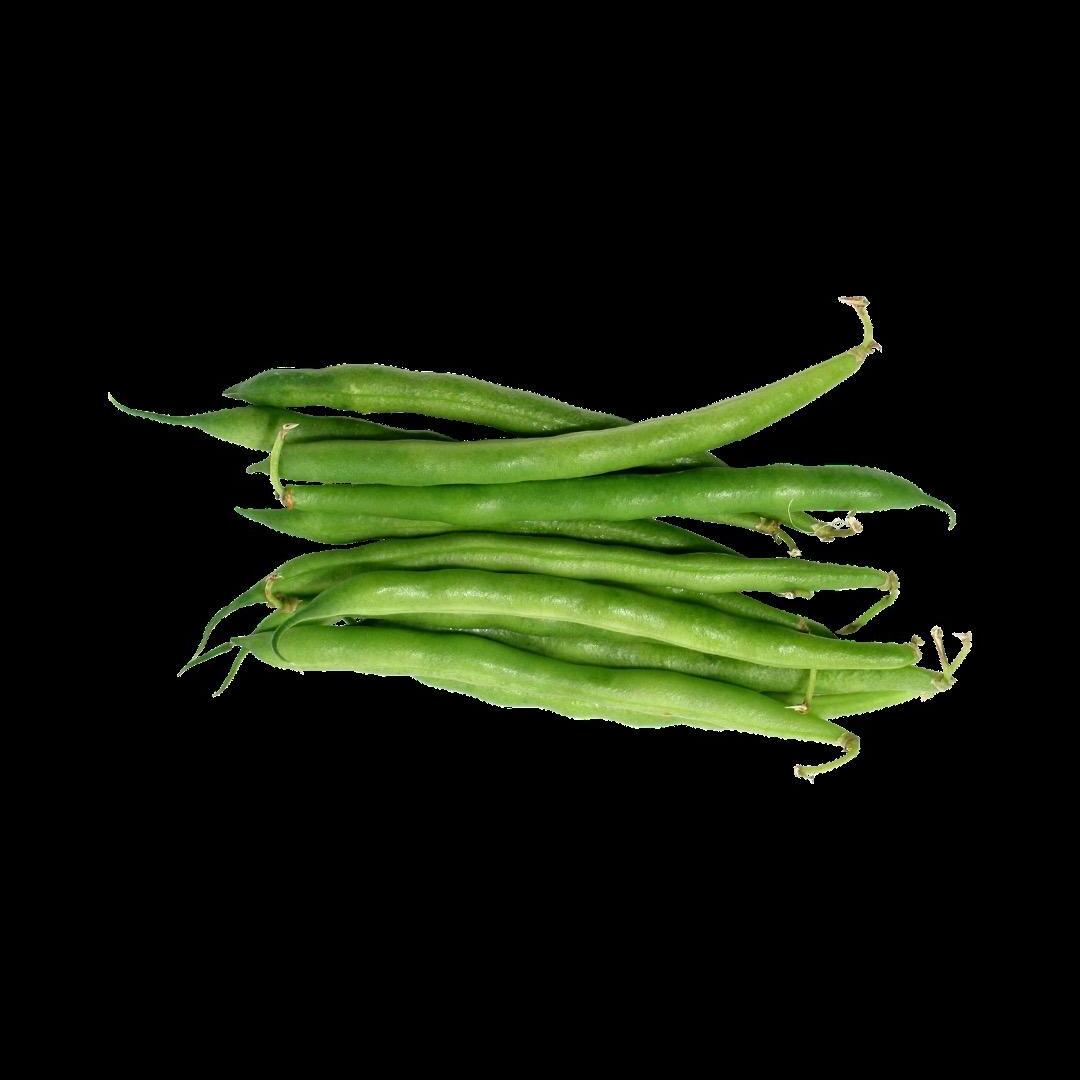






Radishes are a type of root vegetableedible plants that grow underground.
The name radish comes from the Latin word “radix” that means
Radishes come in many different shapes & sizes.
Radishes are cool season vegetables.

Radishes are a root vegetable. The Red Globe common variety of radish.

Radishes need full sun
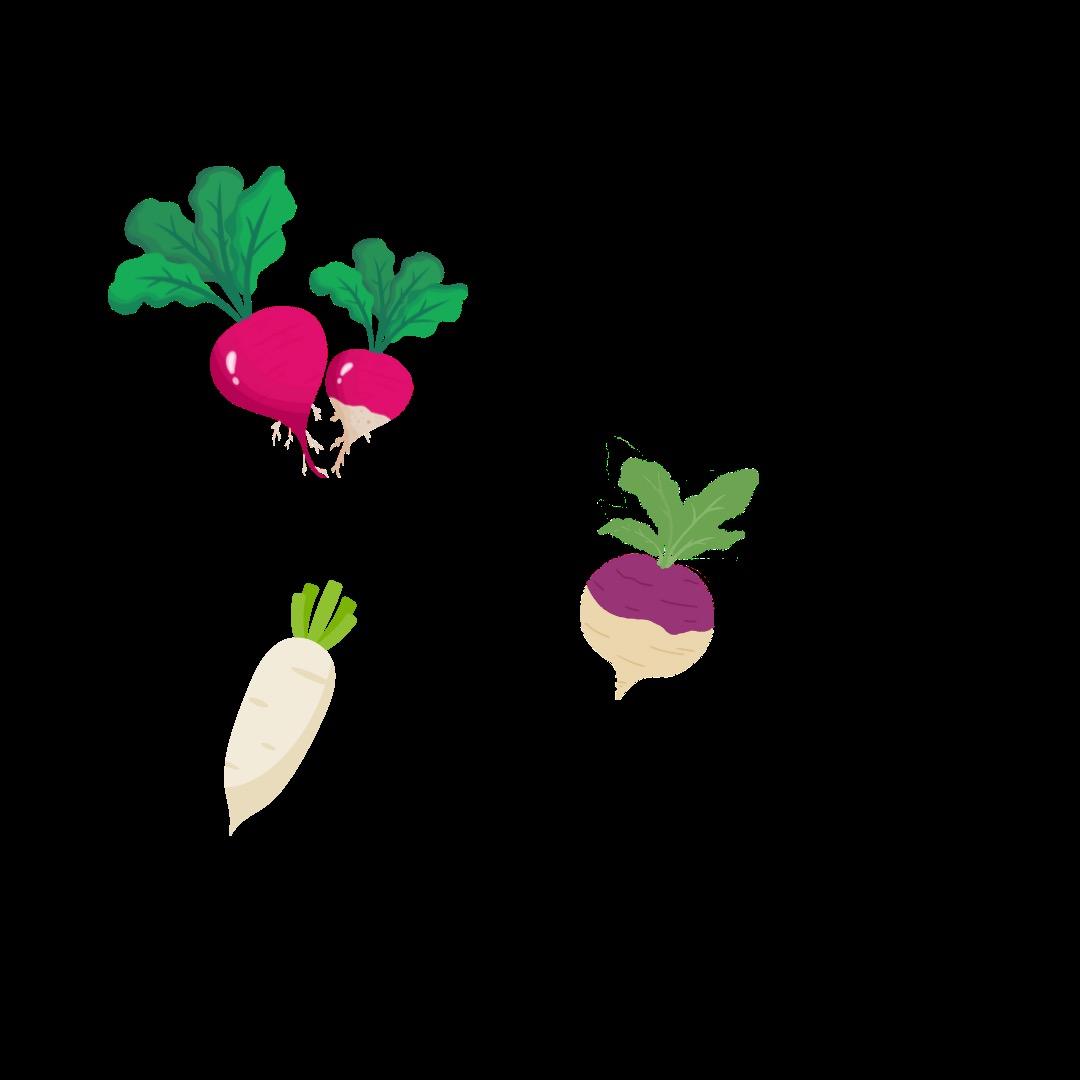


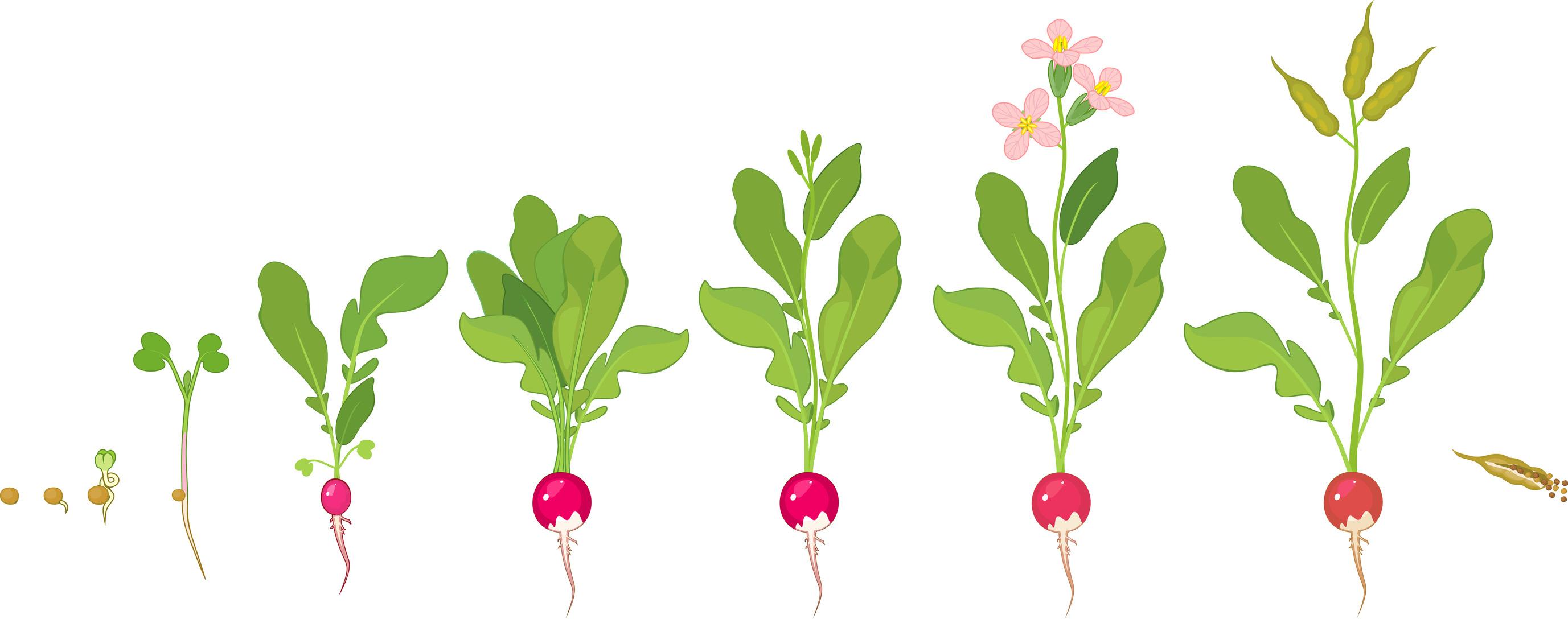

Radishes grow very fast – taking only 25 days to grow from seed to harvest ready vegetable.


Calcium supports as well as proper blood

Calcium is the 5th chemical element in the Earth’s crust.

99% of the body’s calcium is stored in the bones
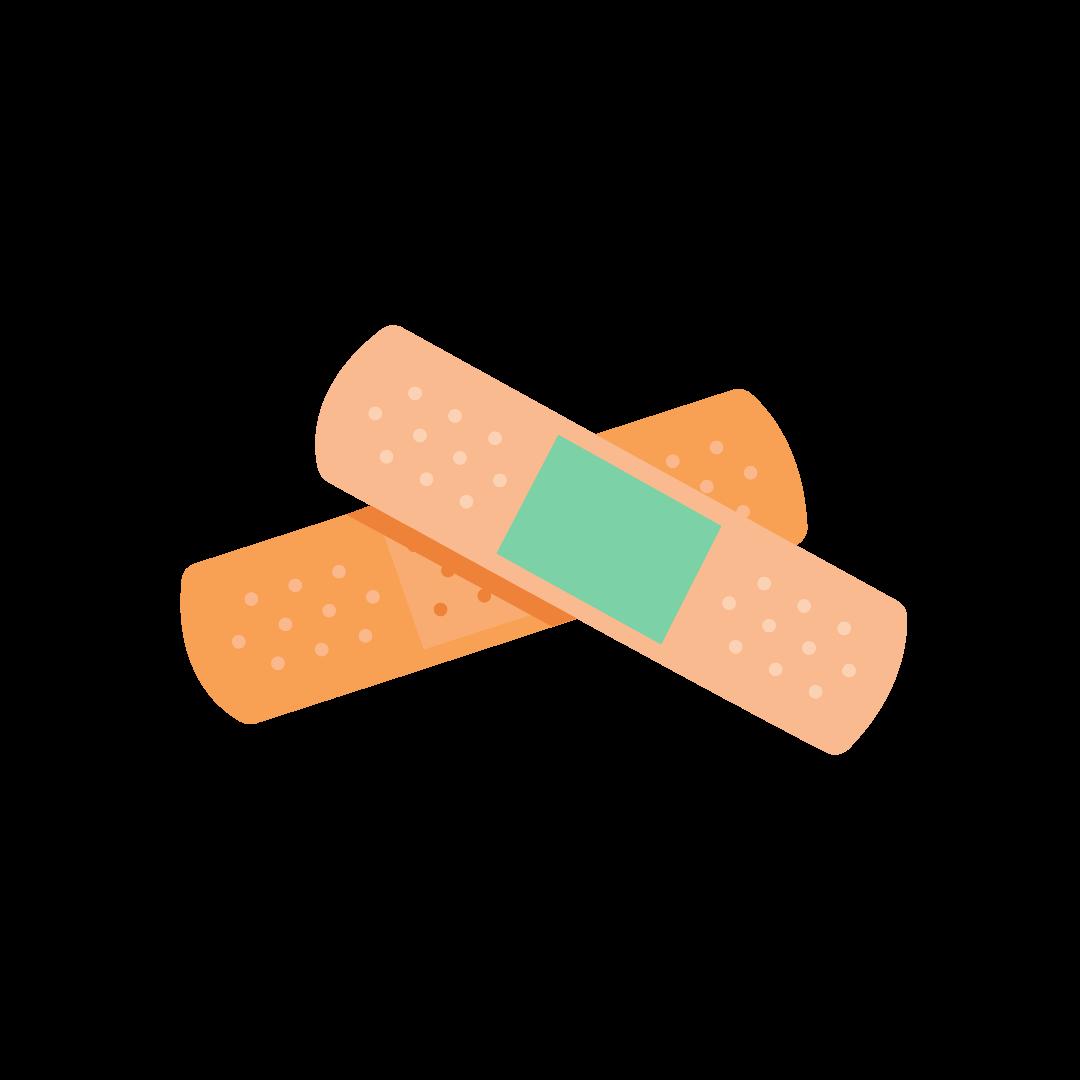

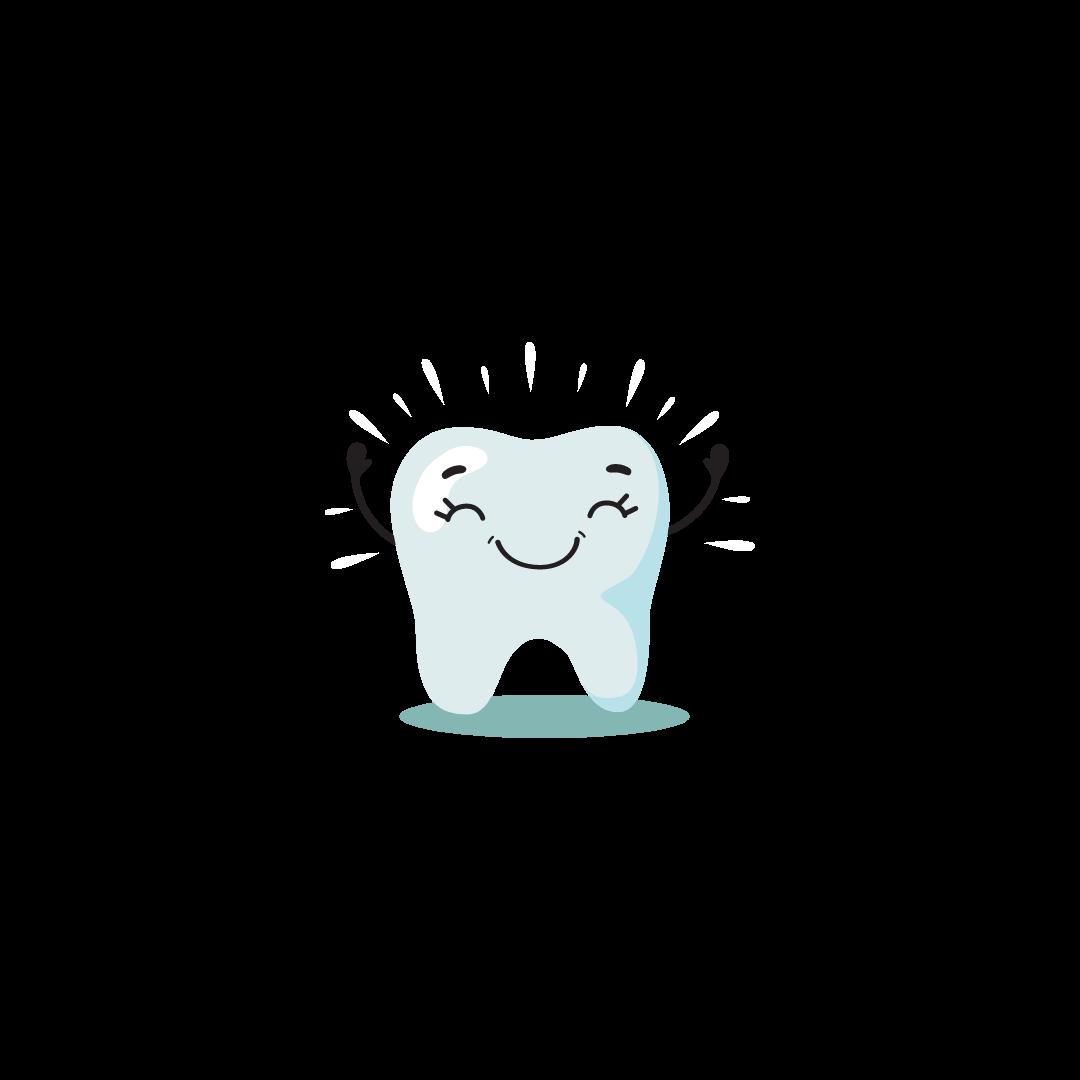





Calcium helps form bones and teeth and keep them healthy.
blood, muscles & other tissues. Calcium helps to heal cuts & wounds.
Calcium is the MOST abundant mineral in the human body.
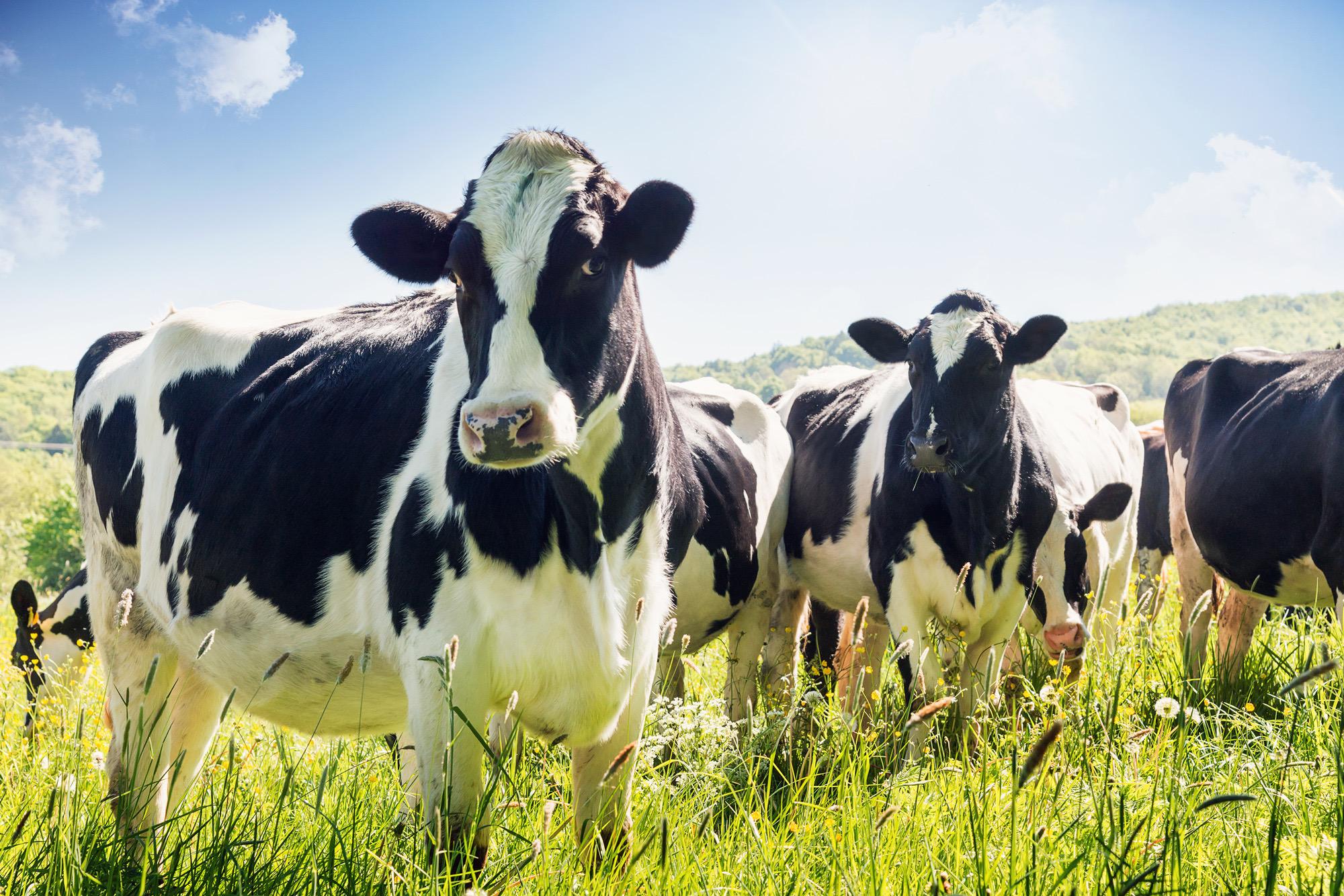


Milk is a type of dairy product –most commonly made from cows.
1 serving contains
Milk is made up of 85-95% water with the rest being fats, proteins, carbohydrates & vitamins
Breeds of Dairy Cows: 6
1. Ayrshire
2. Brown Swiss
3. Guernsey
4. Holstein
5. Jersey
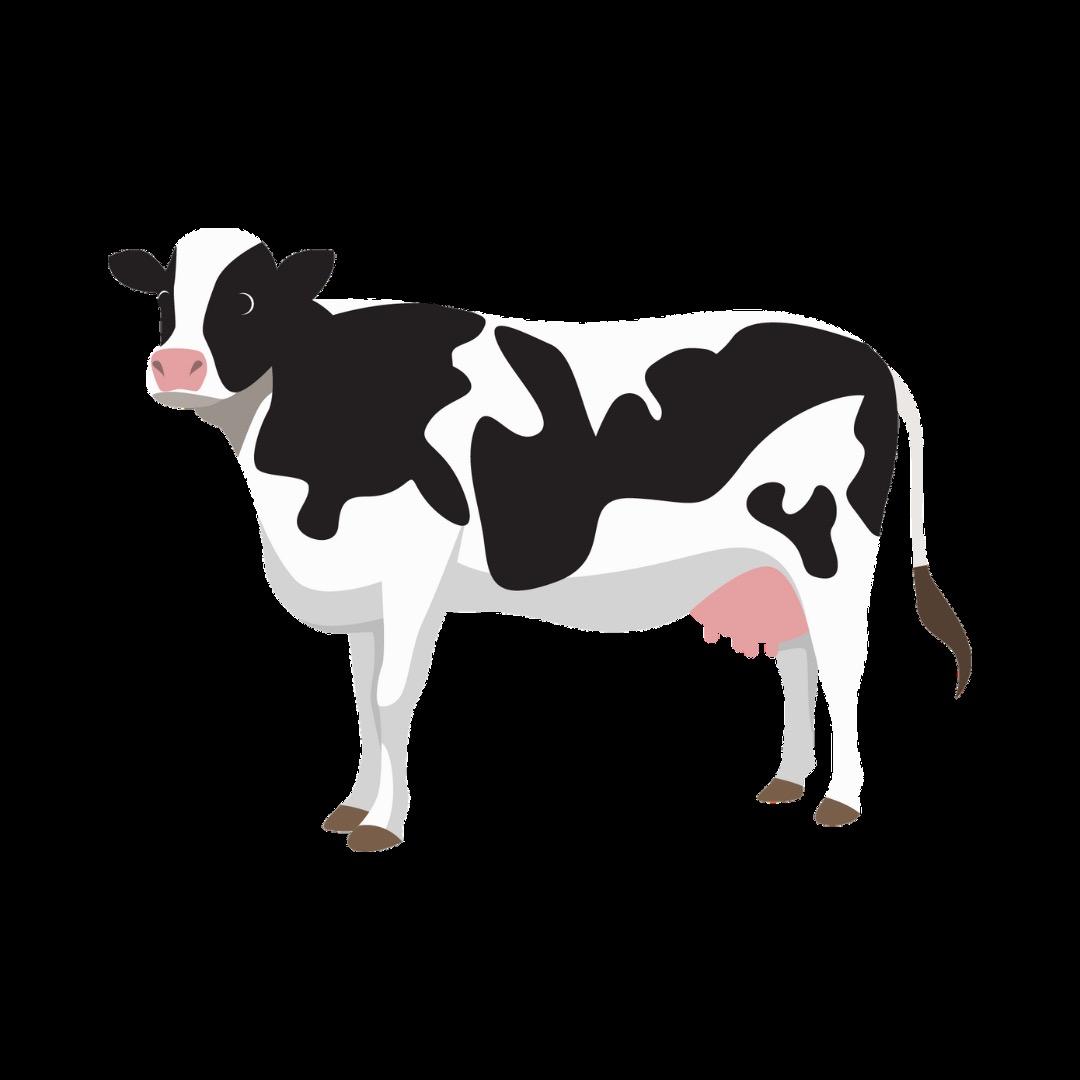
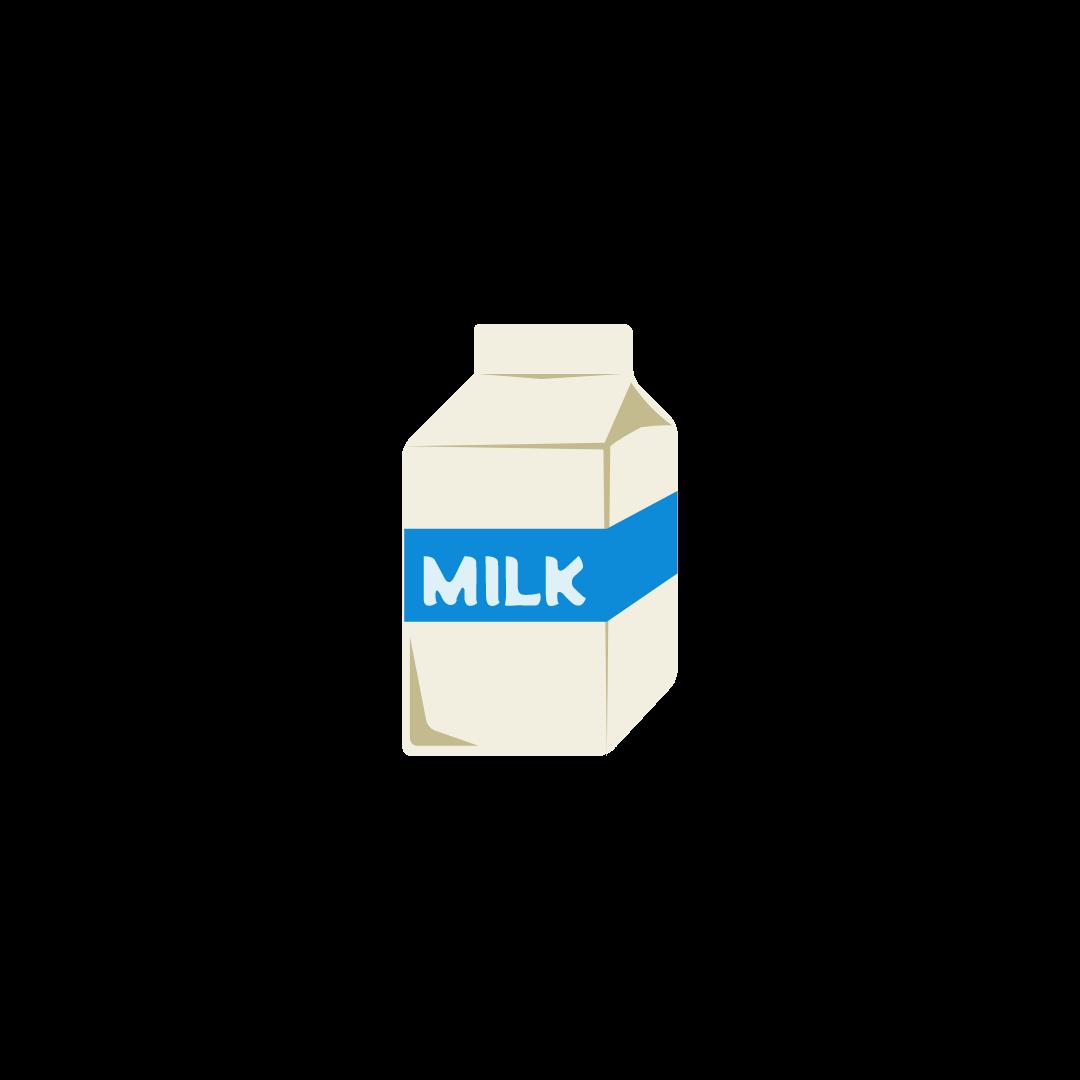
6. Milking Shorthorn
Holstein cows all have a unique pattern of spots!
1 cow produces around 6 gallons of milk per day. Cows can SEE almost 360 degrees and SMELL up to 6 miles away!
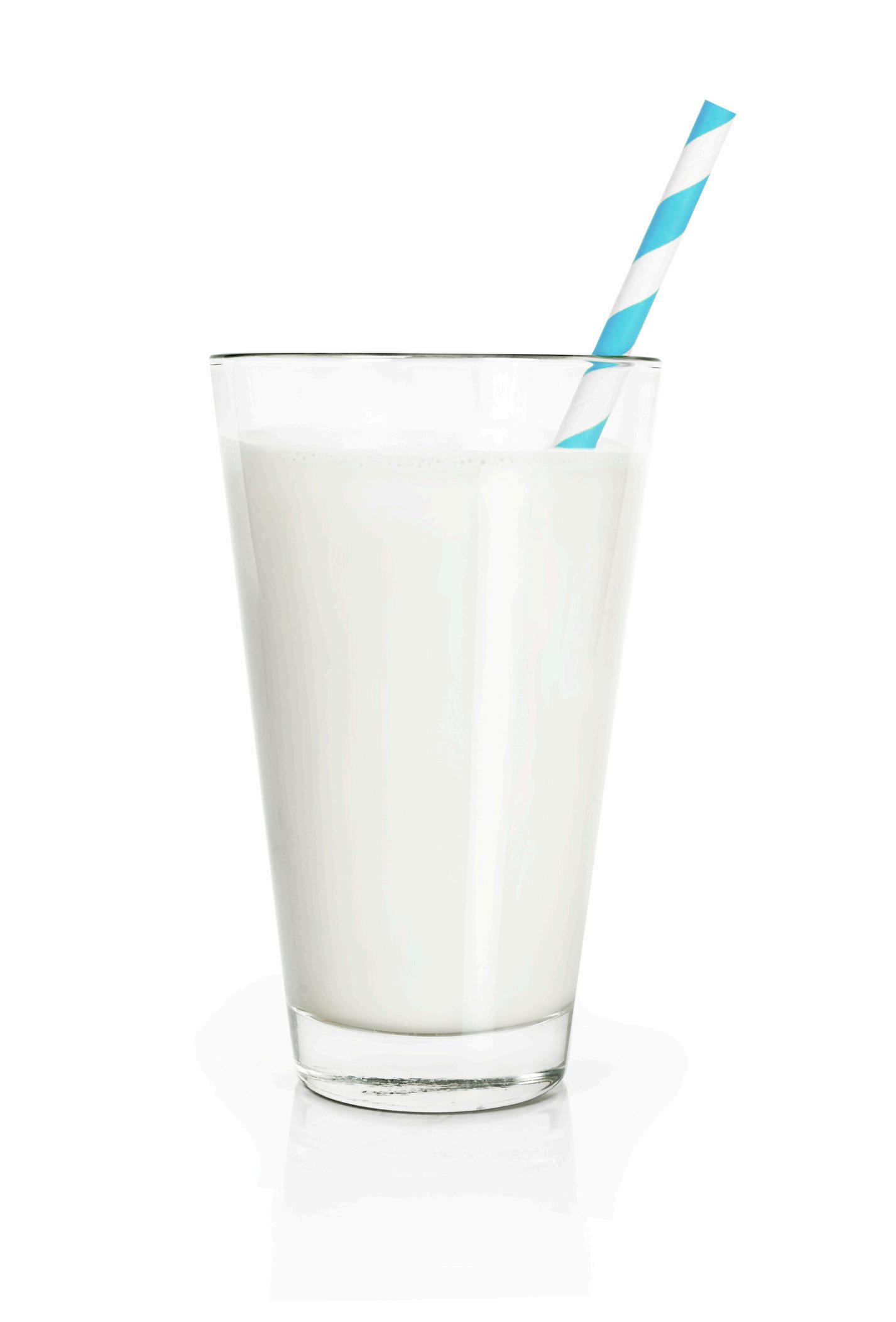
dairy farms!




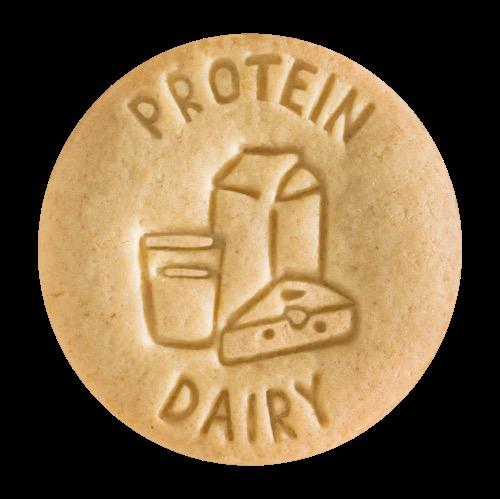




Protein builds, maintains and replaces the tissues in the body.
Protein helps to transport & store nutrients throughout the body.
18 - 20% of the body is protein.
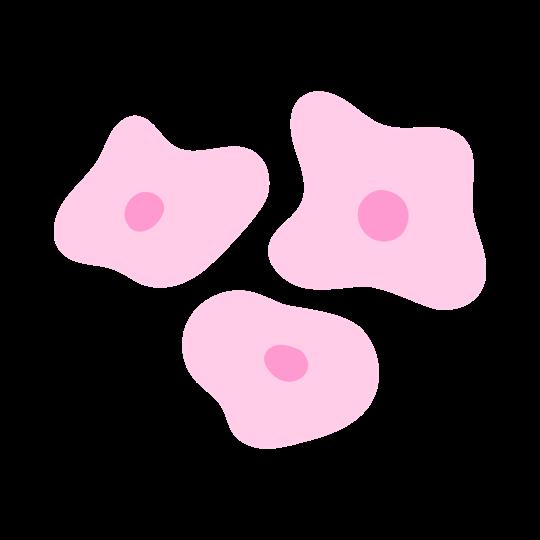
EVERY cell in the human body contains protein.

The body cannot store protein long term… which is why protein needs to be consumed daily.
Protein is made

blocks.

Protein plays a big role in building and repairing muscles.
Protein is a MACRONUTRIENT . A macronutrient is a nutrient that the body needs in LARGE
Protein helps maintain fluid balance throughout the body.
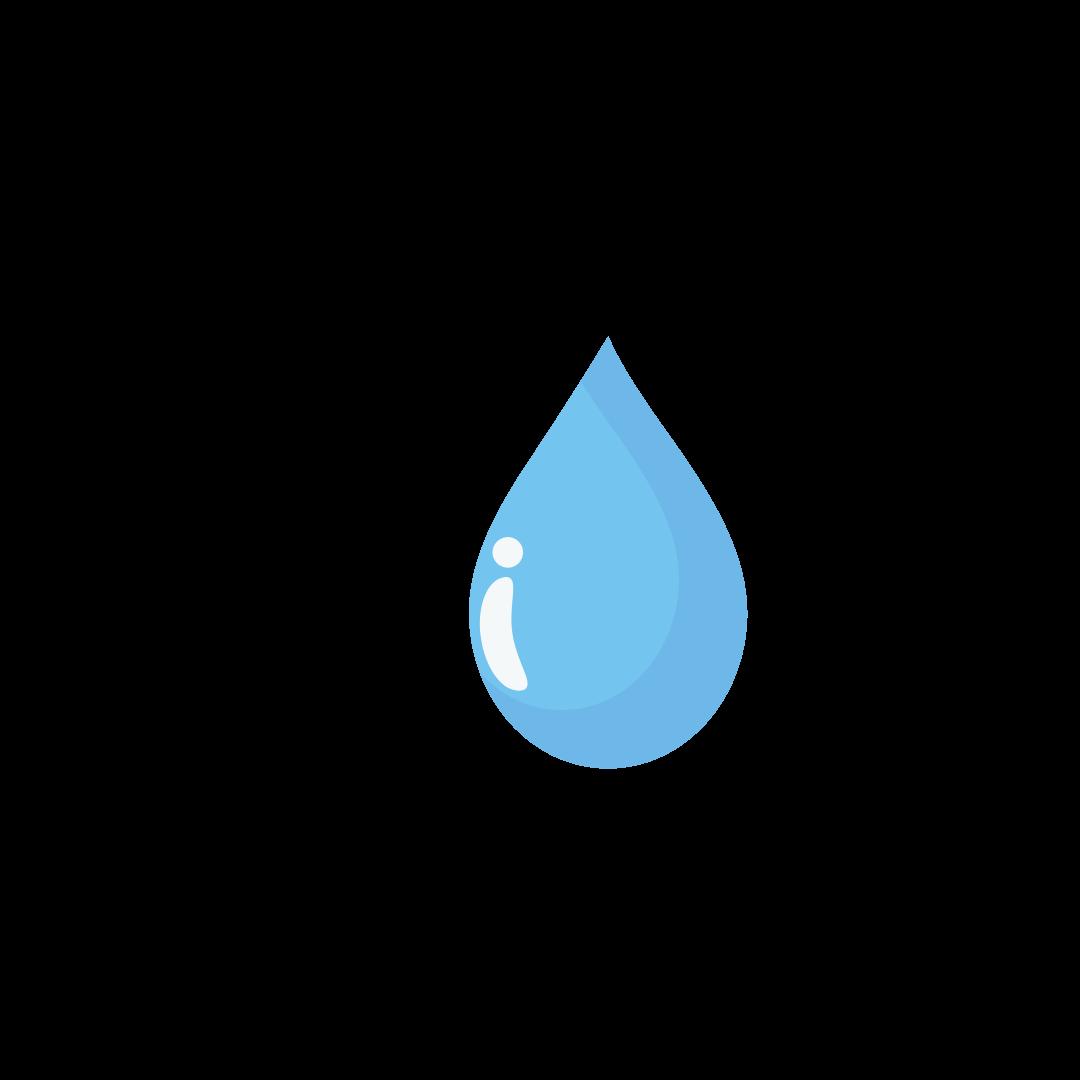



Cherries are a type of stone fruit - a fleshy fruit that contains a hard “pit” inside.
Honeybees
cherry trees main pollinators.
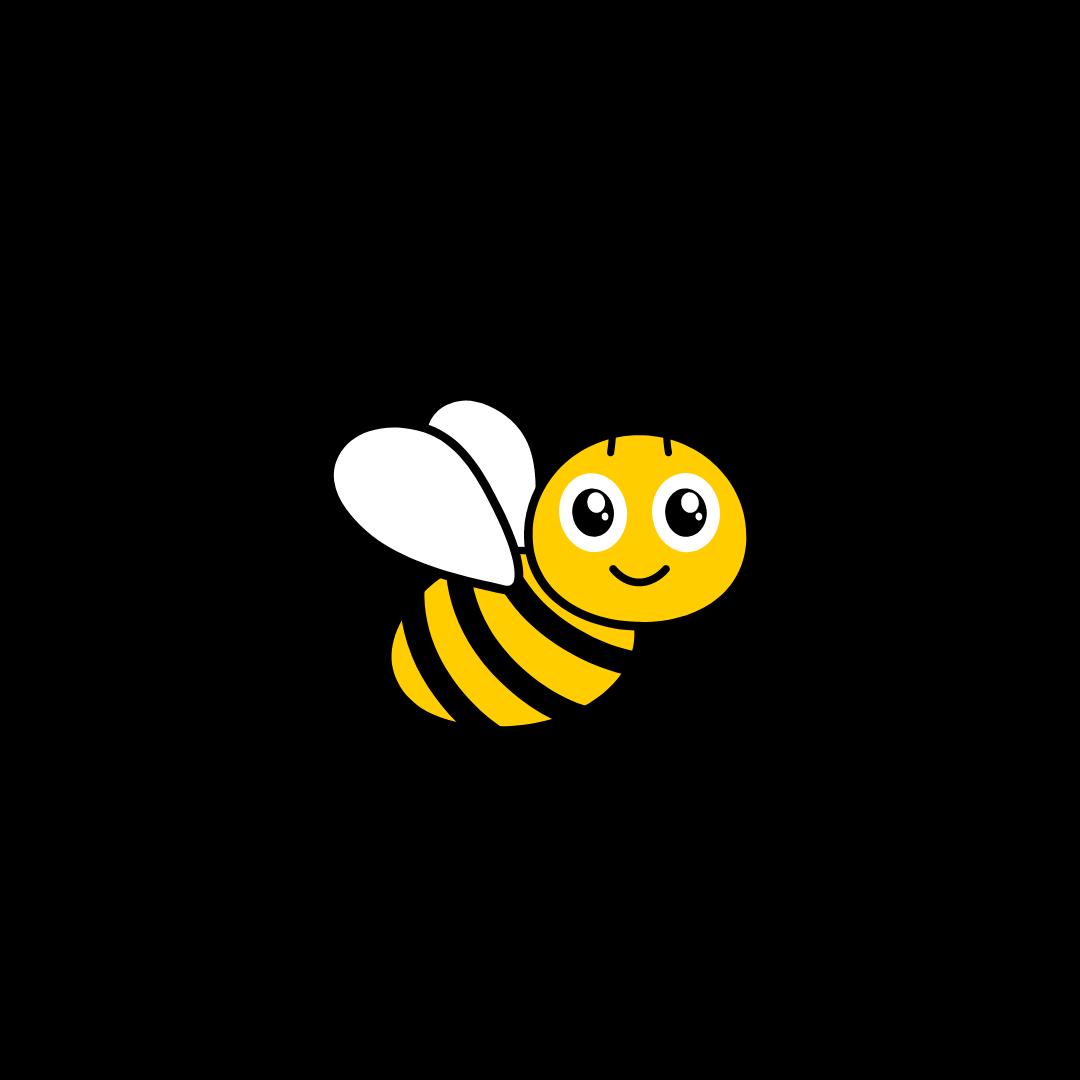
Bing cherries –the most popular variety of cherry.
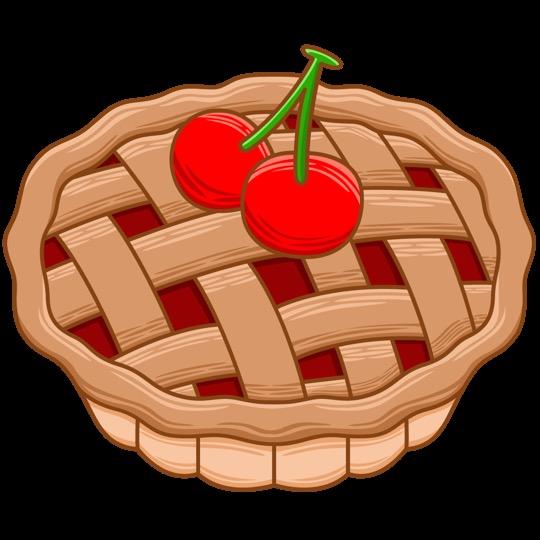
Tart cherries are most often used for baking.

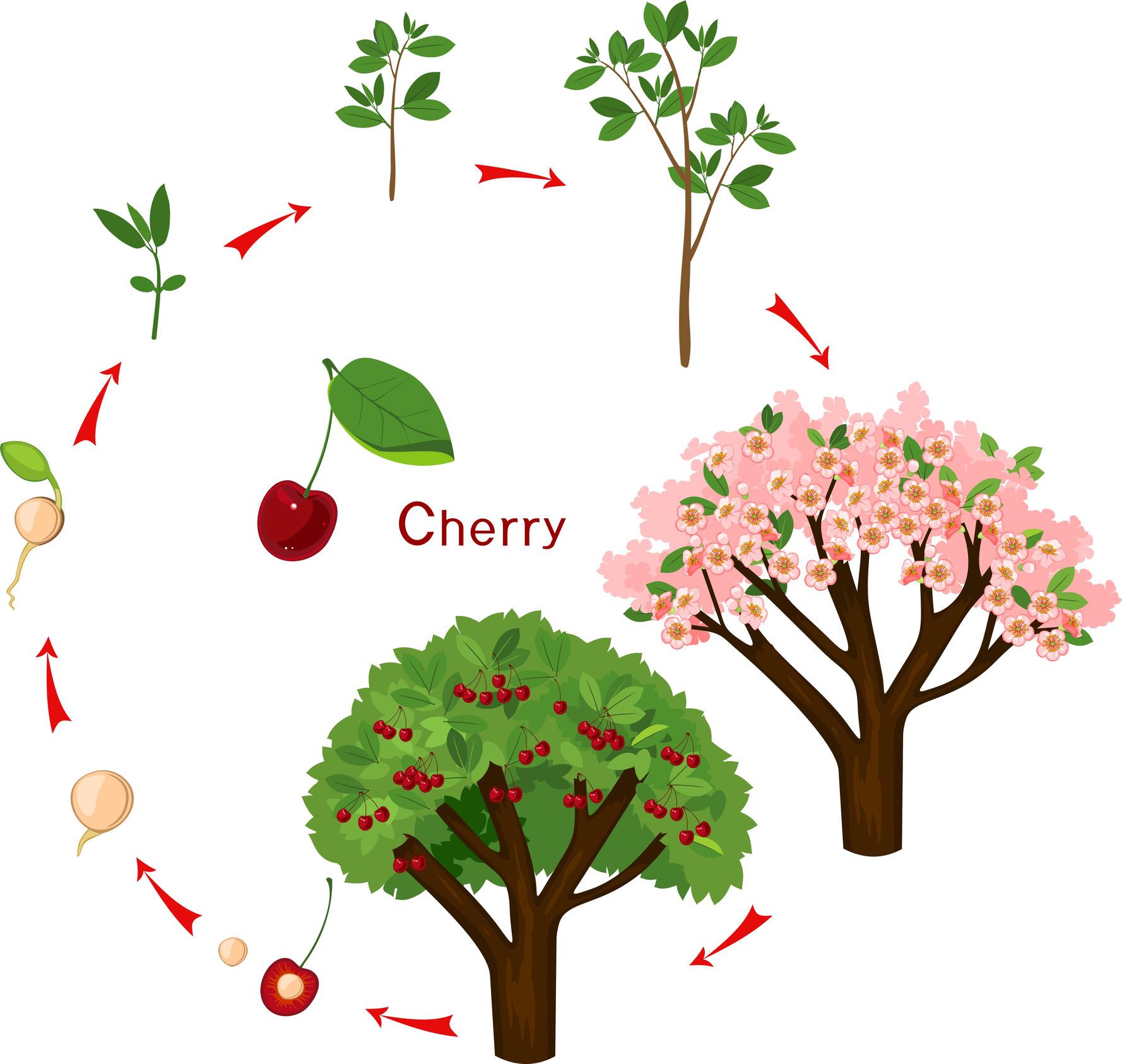

2 main types of cherries: tart & sweet.

Cherry trees can grow up to be 33 feet tall!
Cherries grow on trees that are known for their flowers – the cherry blossom.
Over 1,000 varieties.
An entire cherry tree can be harvested in just 7 seconds.
A typical cherry tree produces ~ 7,000 cherries.
A cherry tree can survive and produce fruit for around 100 years.
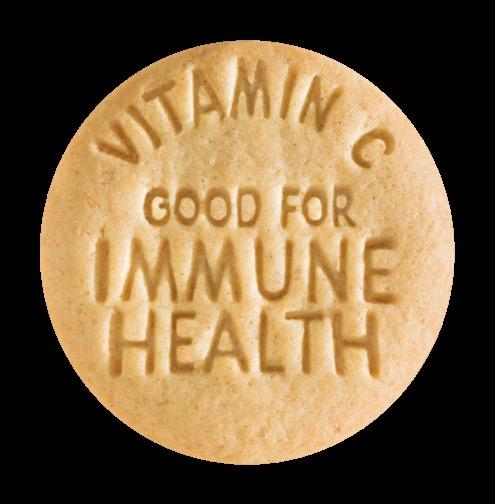



Vitamin C supports the immune systemthe body’s defense against infections.

Vitamin C is also referred to as “ascorbic acid.”

Vitamin C is an antioxidant. Antioxidants help protect against damage caused by exposure to harmful substances in the environment.

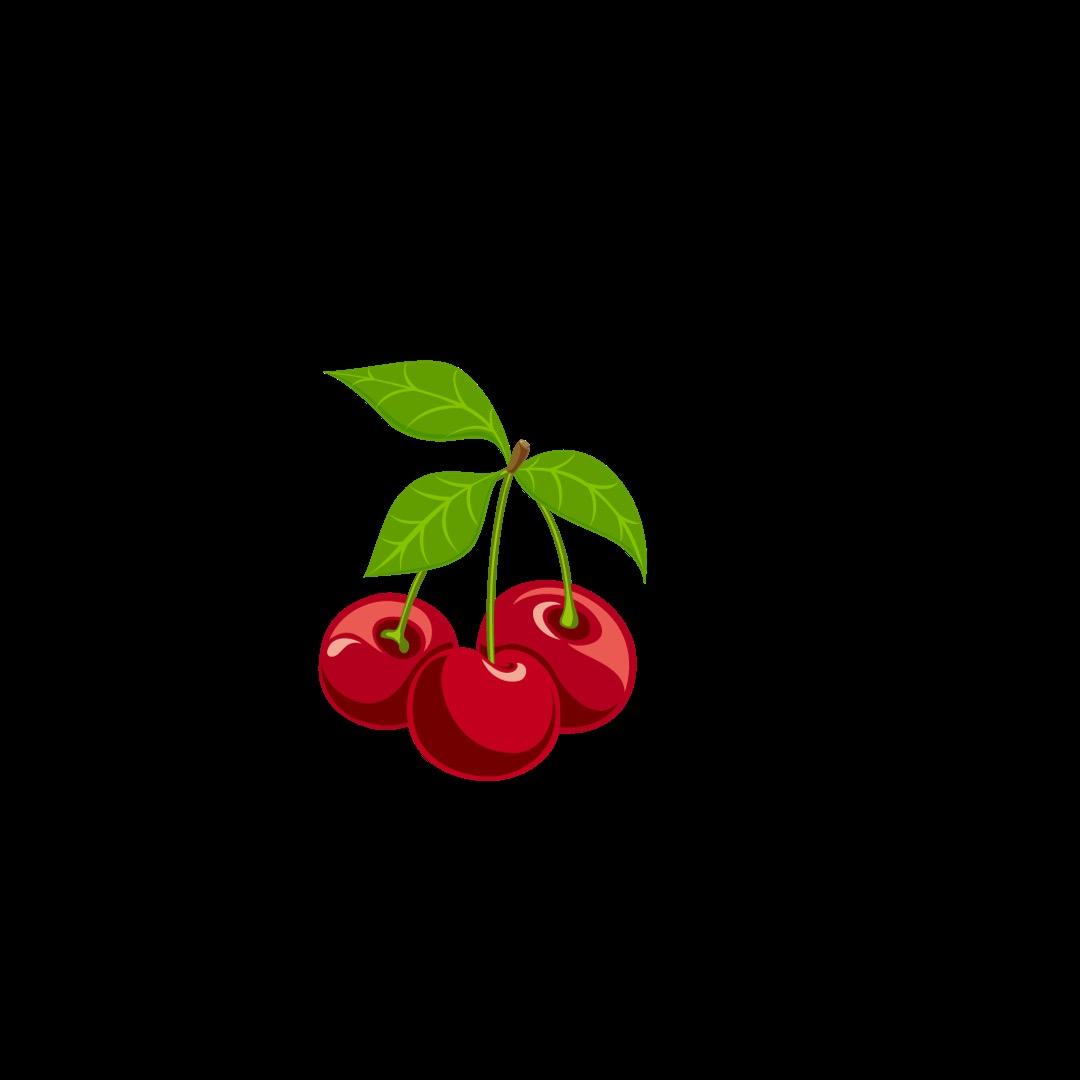
The body cannot make vitamin C on its own - it has to come from food.
Vitamin C helps keep you happy & healthy! What do you call a vitamin that improves your eyesight?


Vitamin C!

Vitamin C is a very important vitamin for healthy gums & teeth.

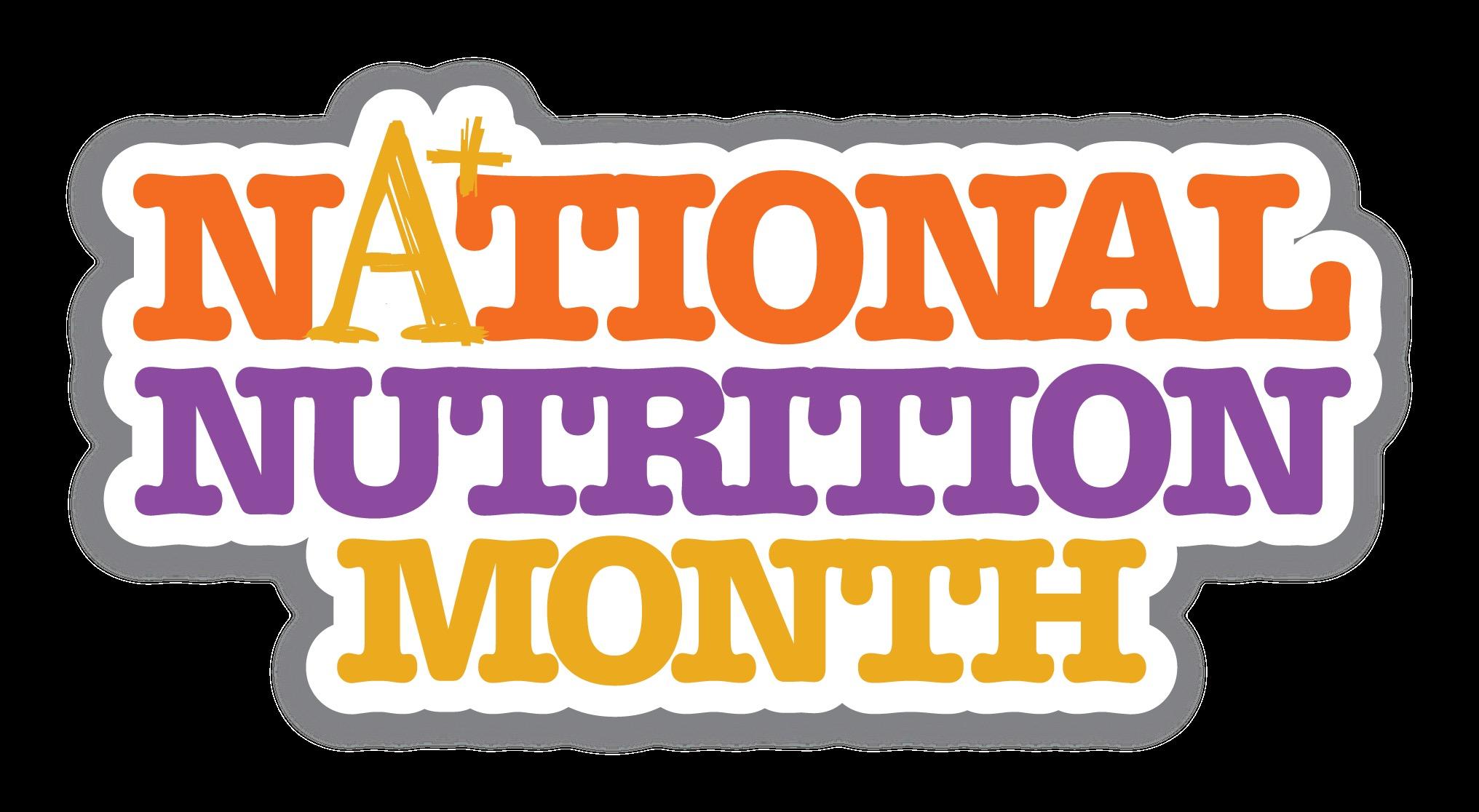
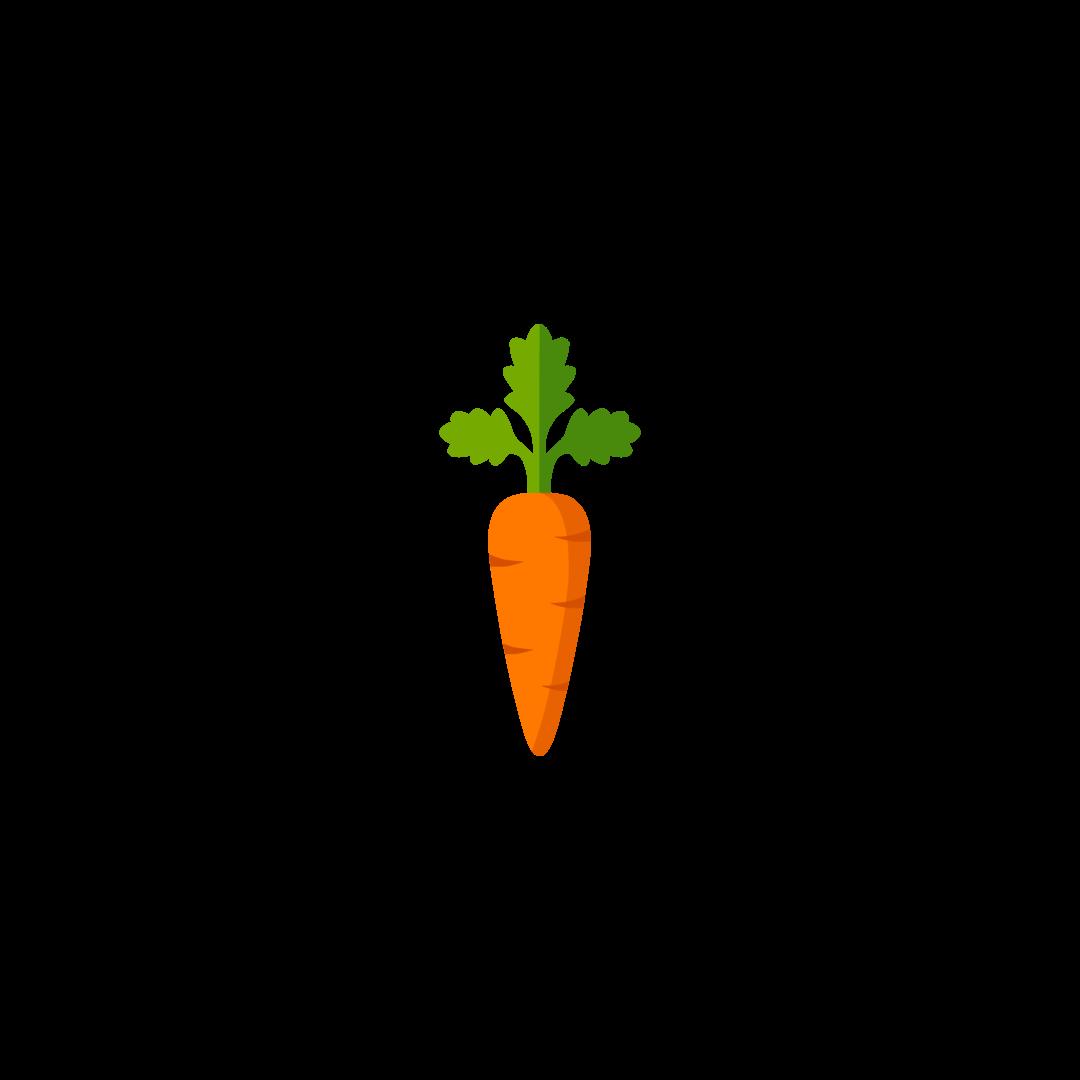

Let’s celebrate! National Nutrition Month is all about making informed food choices and developing healthful eating habits. a time to learn how to keep our bodies strong and healthy! Eating nutritious foods like fruits, veggies, whole grains and proteins gives us energy to play, learn and grow.
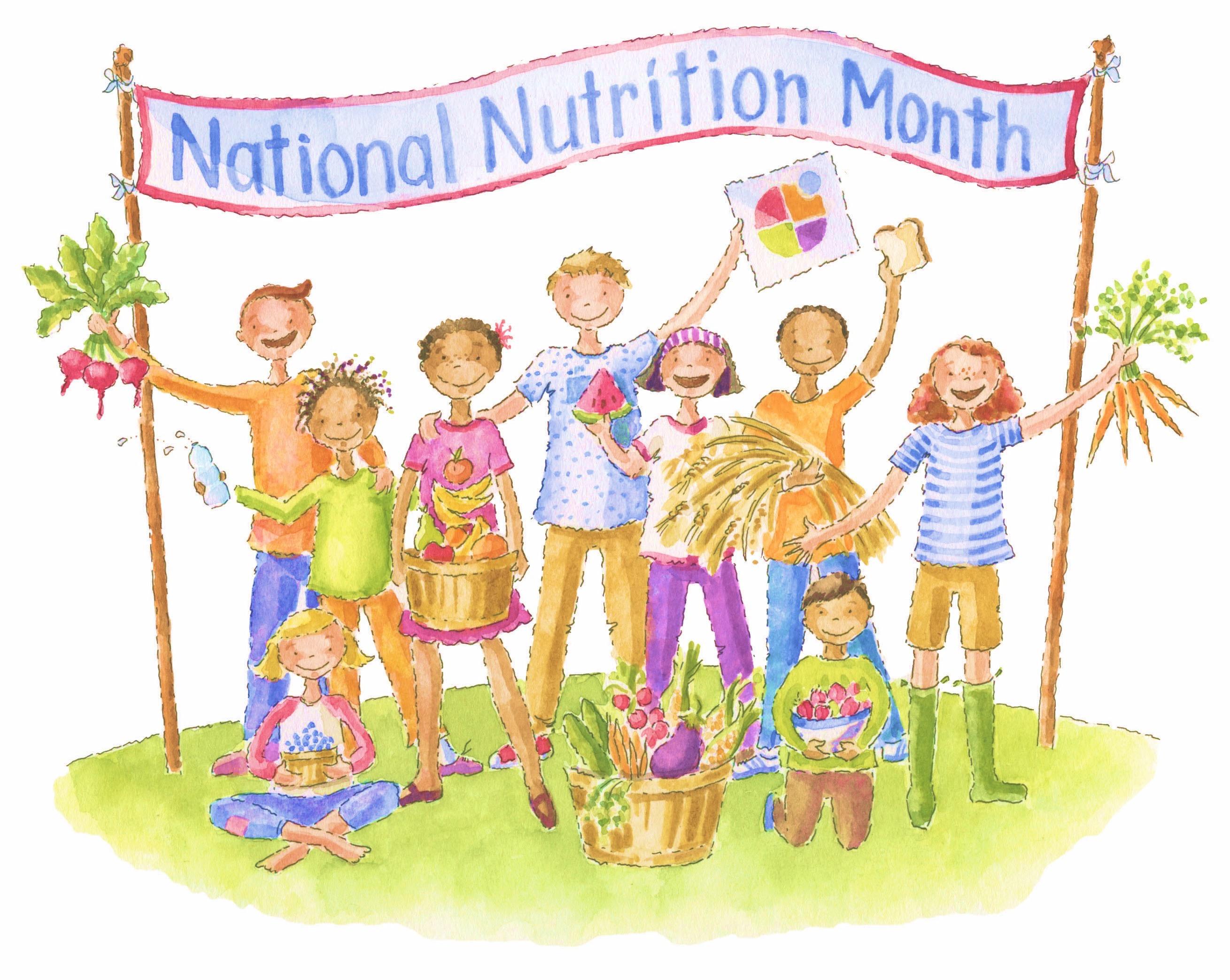
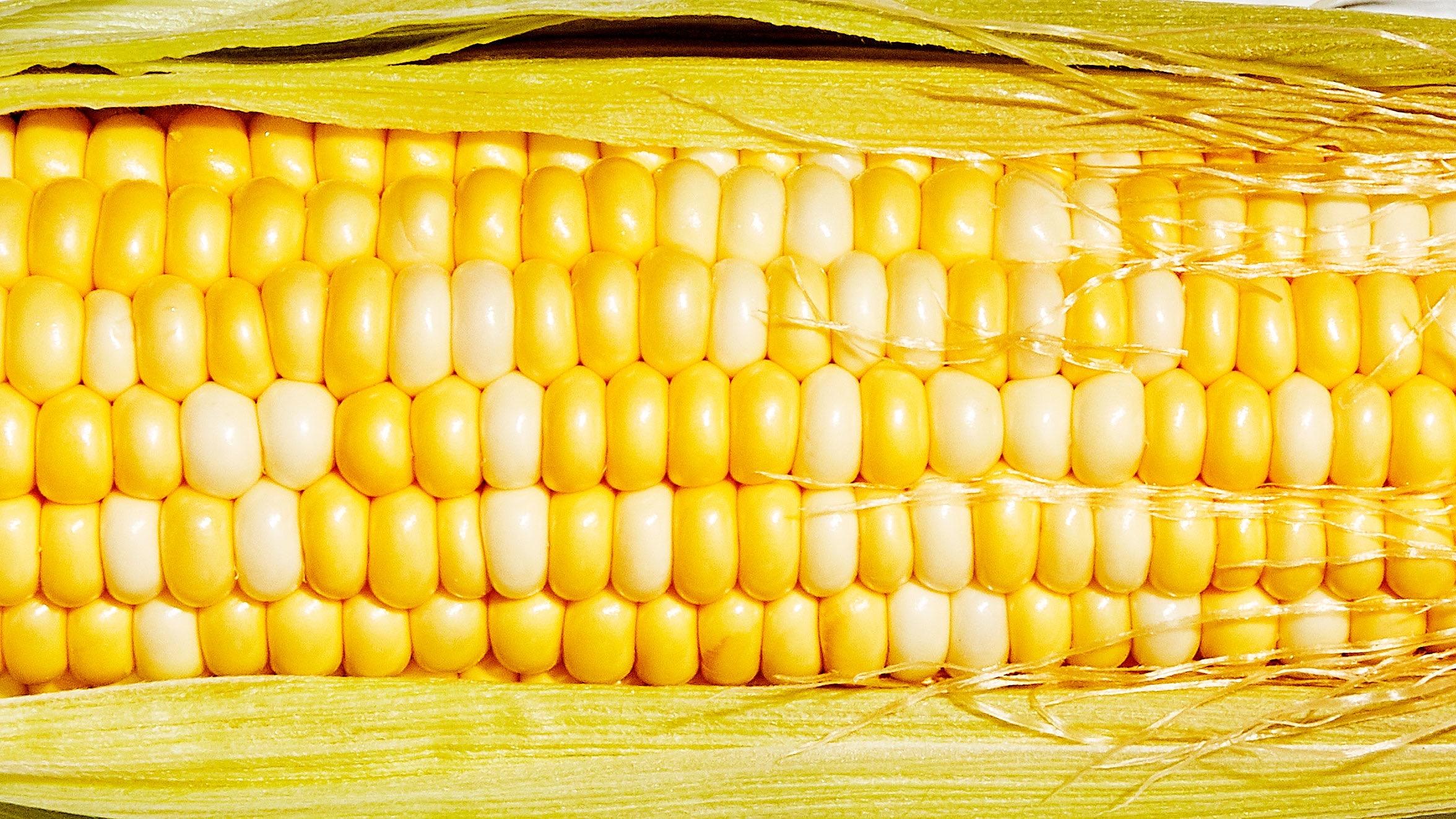


Corn is considered a grain, fruit & vegetable
The U.S. is the LARGEST producer, consumer & exporter of corn in the world.
Humans only eat sweet corn



An ear of corn ALWAYS of land can produce of sweet corn.

Corn is grown on EVERY continent except Antarctica.
There are around 800 kernels on each ear of corn. field crop.

In many other countries, corn is called “maize
1 corn stalk produces 1 - 3 ears of corn
Corn stalks can grow between 7 – 10 feet tall.

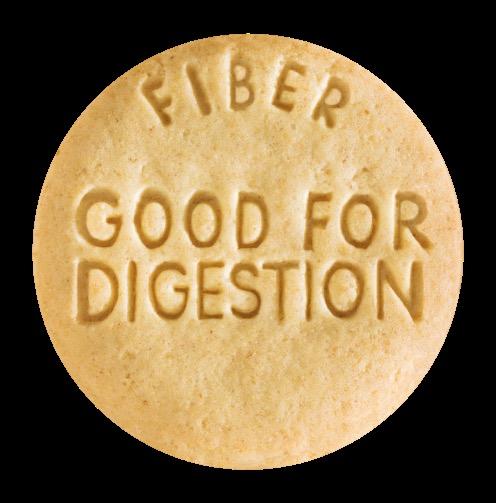




Fiber supports movement through the digestive system
Fiber is a type of carbohydrate doesn’t digest, it simply passes through.
Soluble fiber dissolves in water…it helps regulate blood sugar levels and cholesterol from 2 types of fiber:
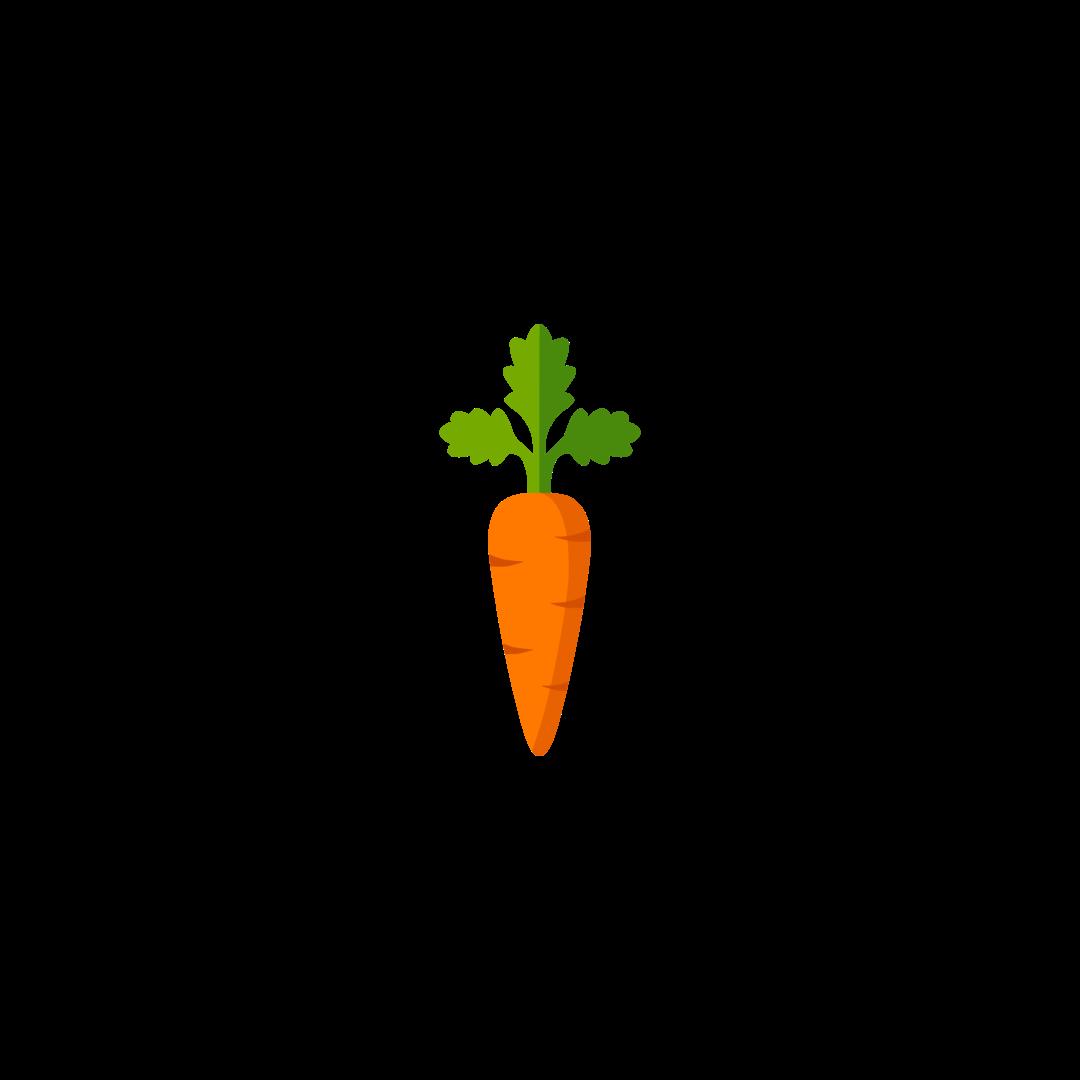
Insoluble fiber is sometimes referred to as “roughage. ”

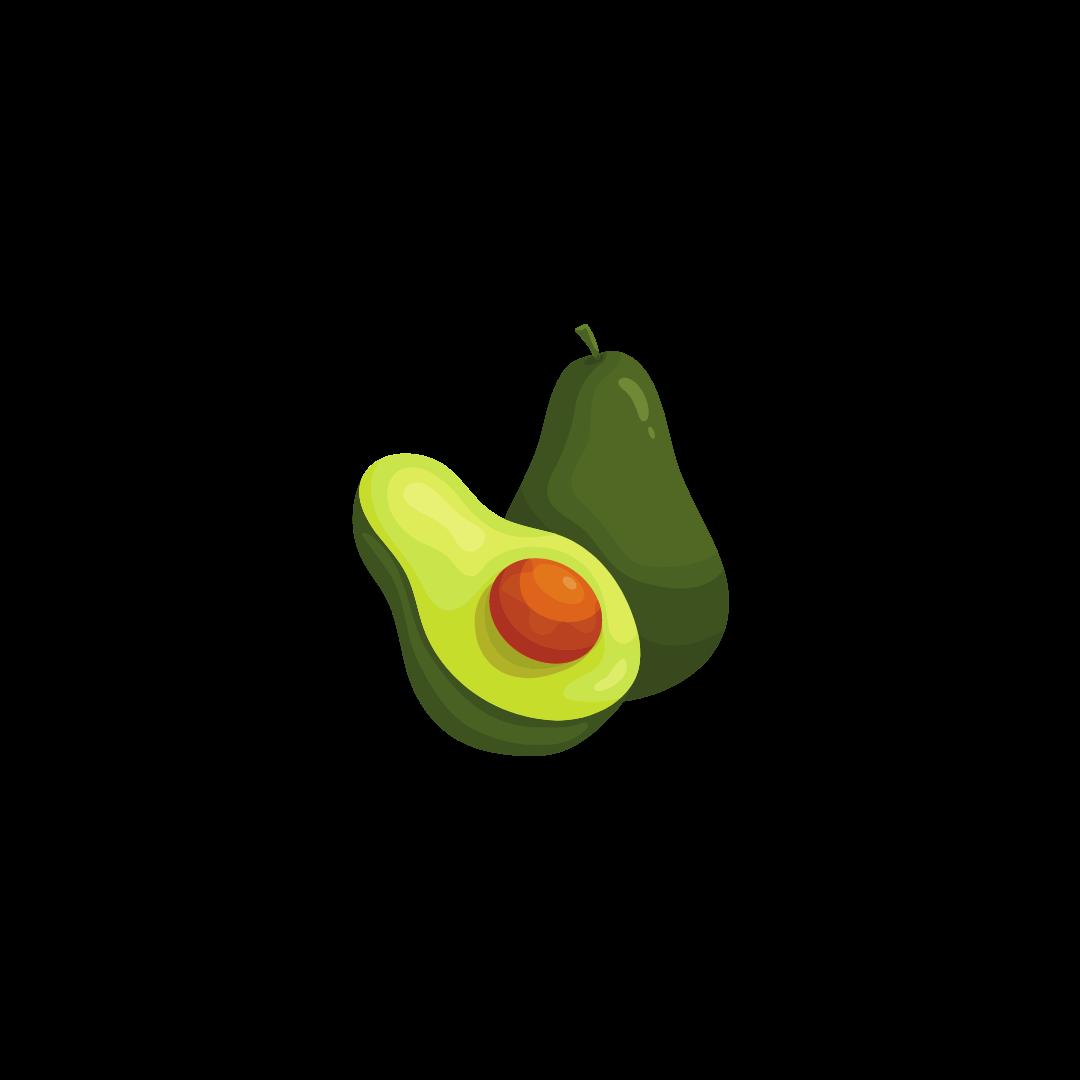
1. Soluble fiber

Insoluble fiber
Dairy & meat products do not have any fiber.
Fiber helps to regulate the body’s use of sugar.
BOTH forms of fiber are important & beneficial to overall health. in plant foods.
Insoluble fiber does not dissolve in water…it helps food move throughout the digestive system.
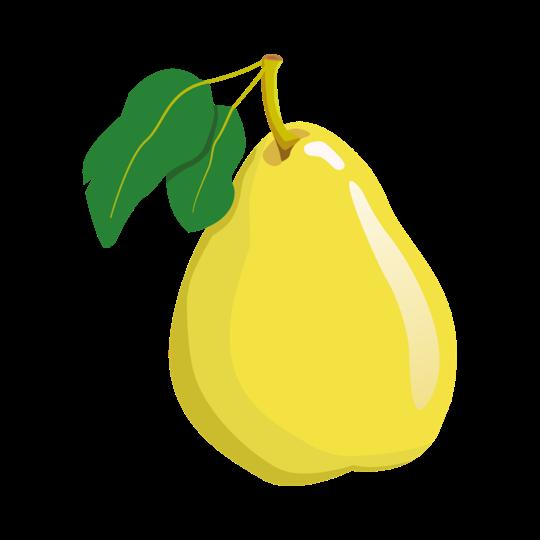
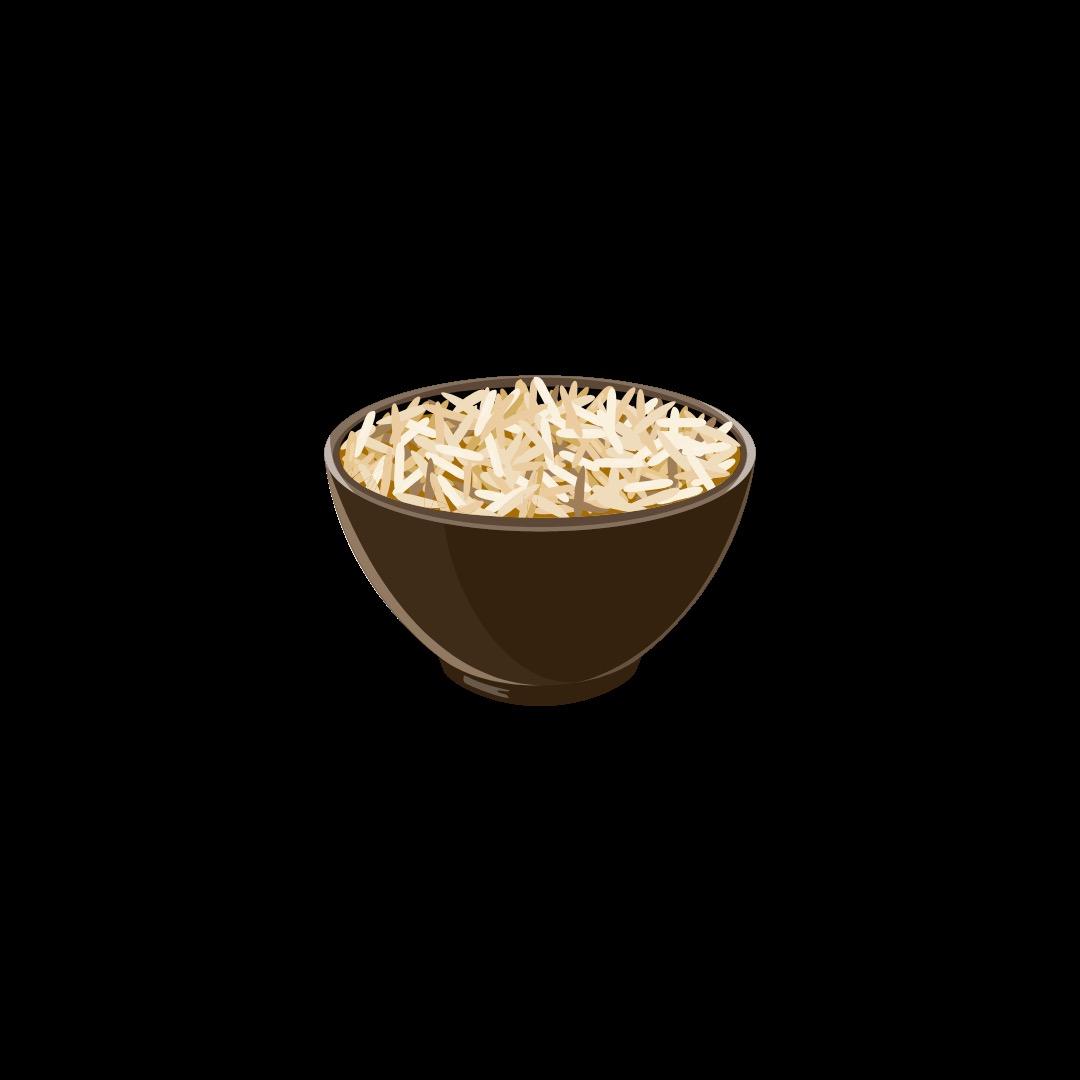
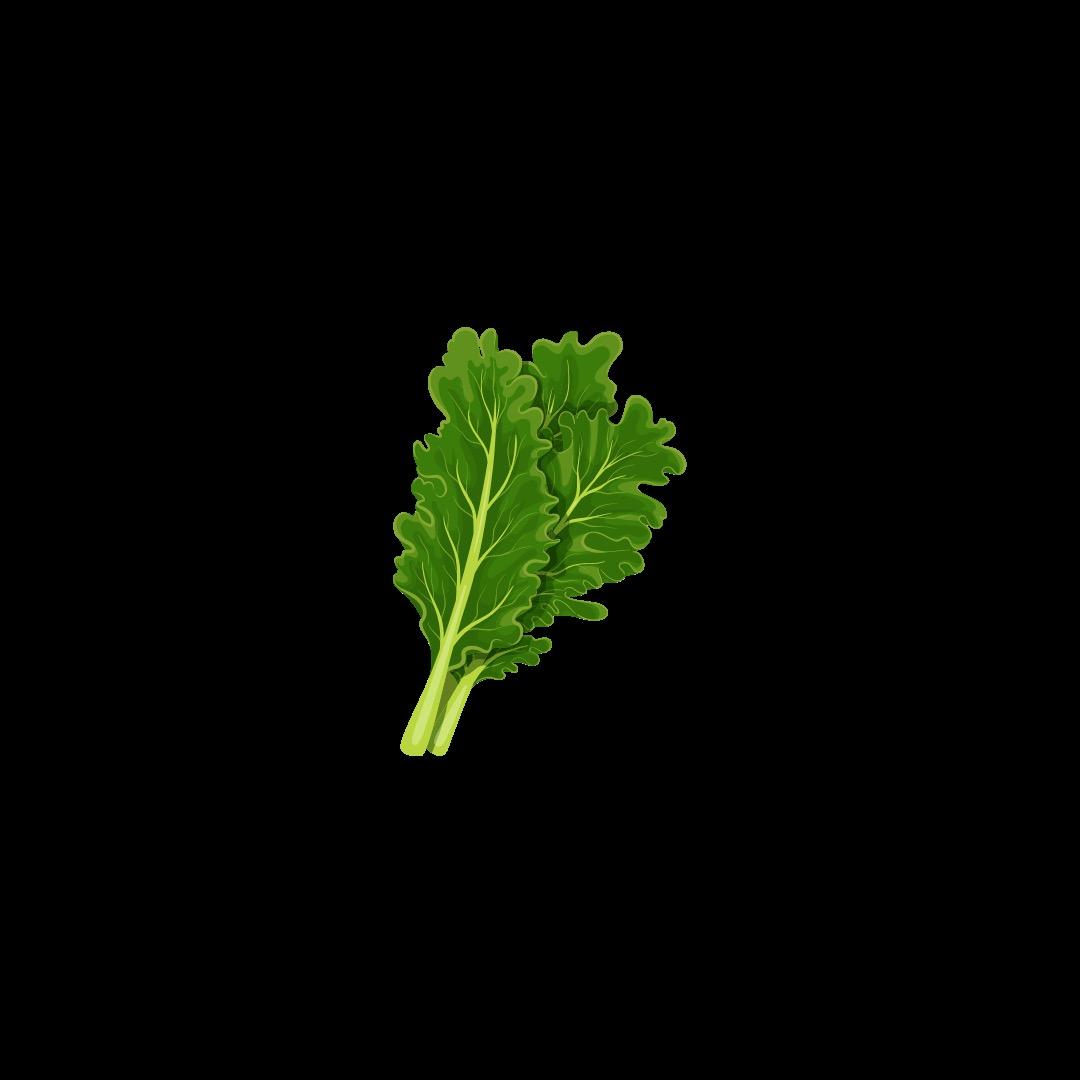

1.


Broccoli is a related to cabbage, kale, cauliflower & others.
Heading


Pronounced · fr· uhs
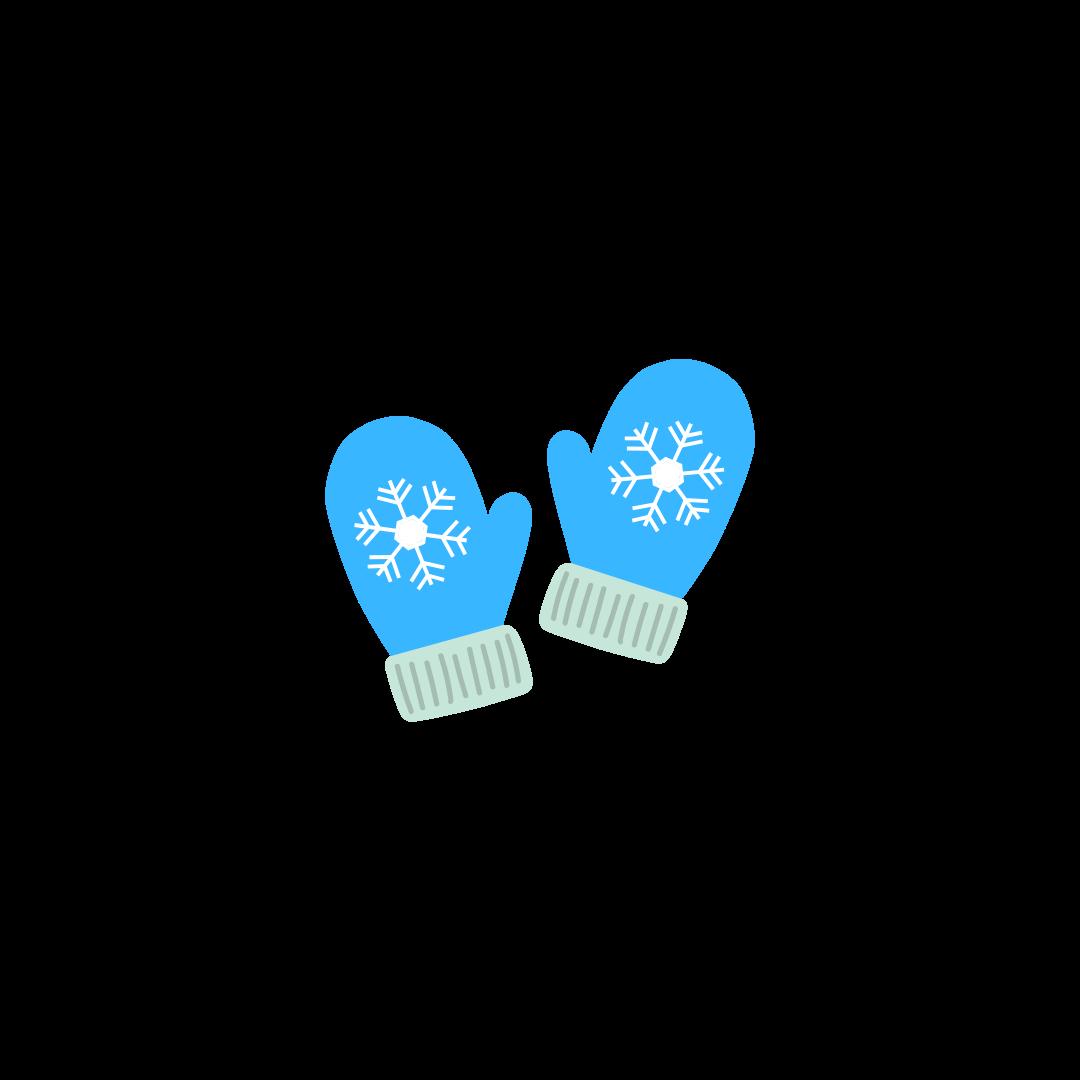

The word broccoli means “the flowering top of a cabbage. ”


Broccoli is a part of the brassica family.

All broccoli
Broccoli grows during the
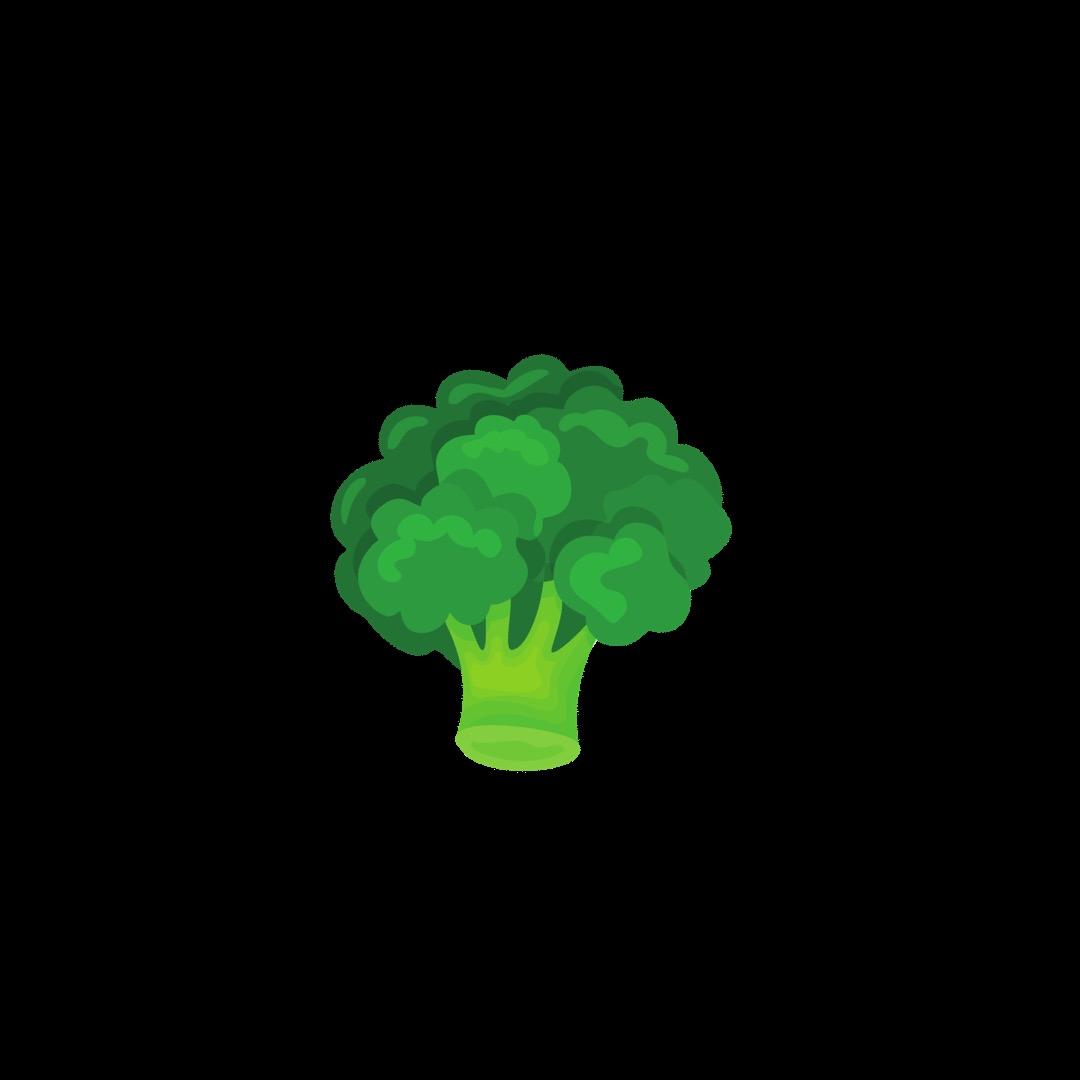


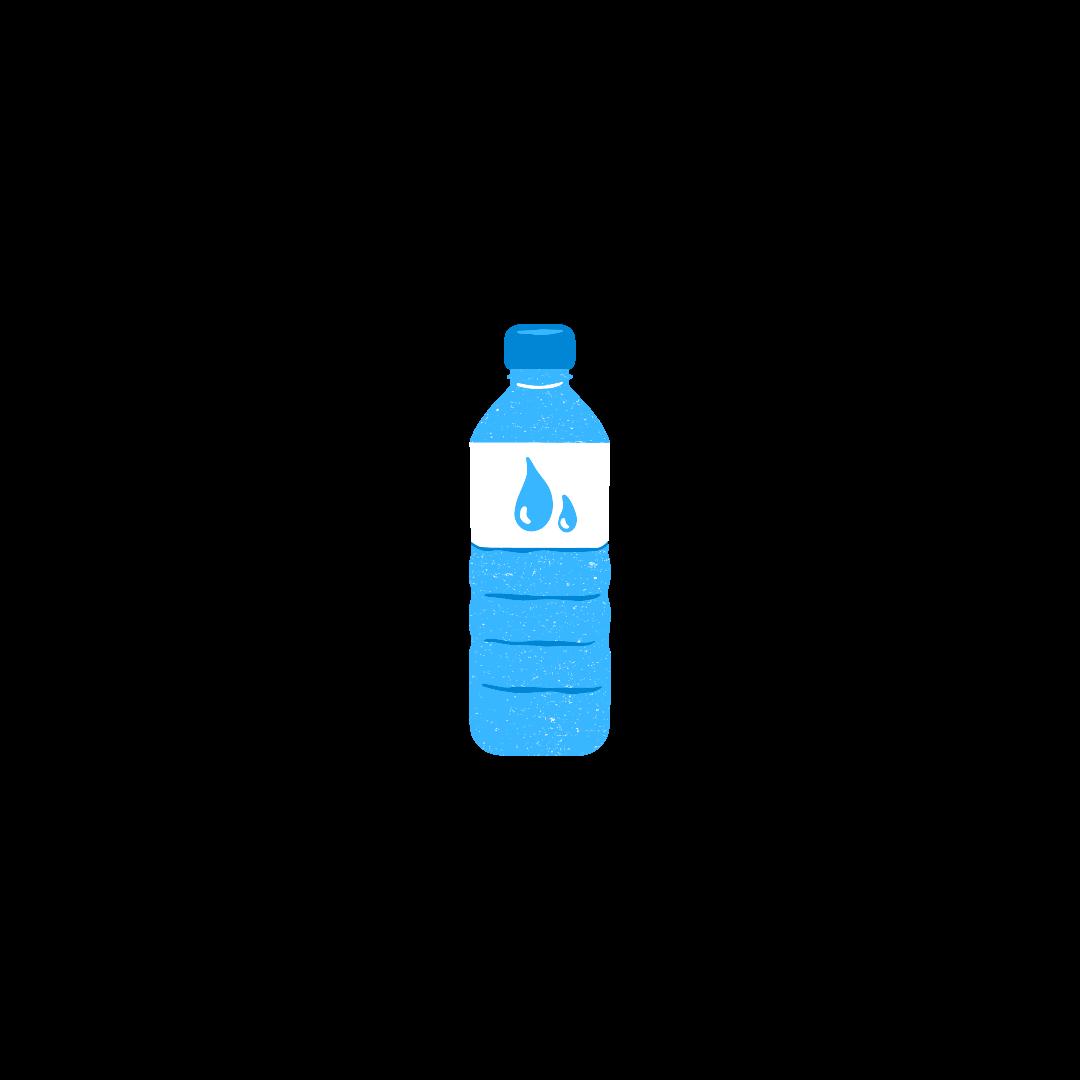

Potassium supports balancing fluid in the body & proper function of the muscles and nerves.
Once potassium enters the body, it functions as an electrolyte.
Electrolytes help amount of water in the body.
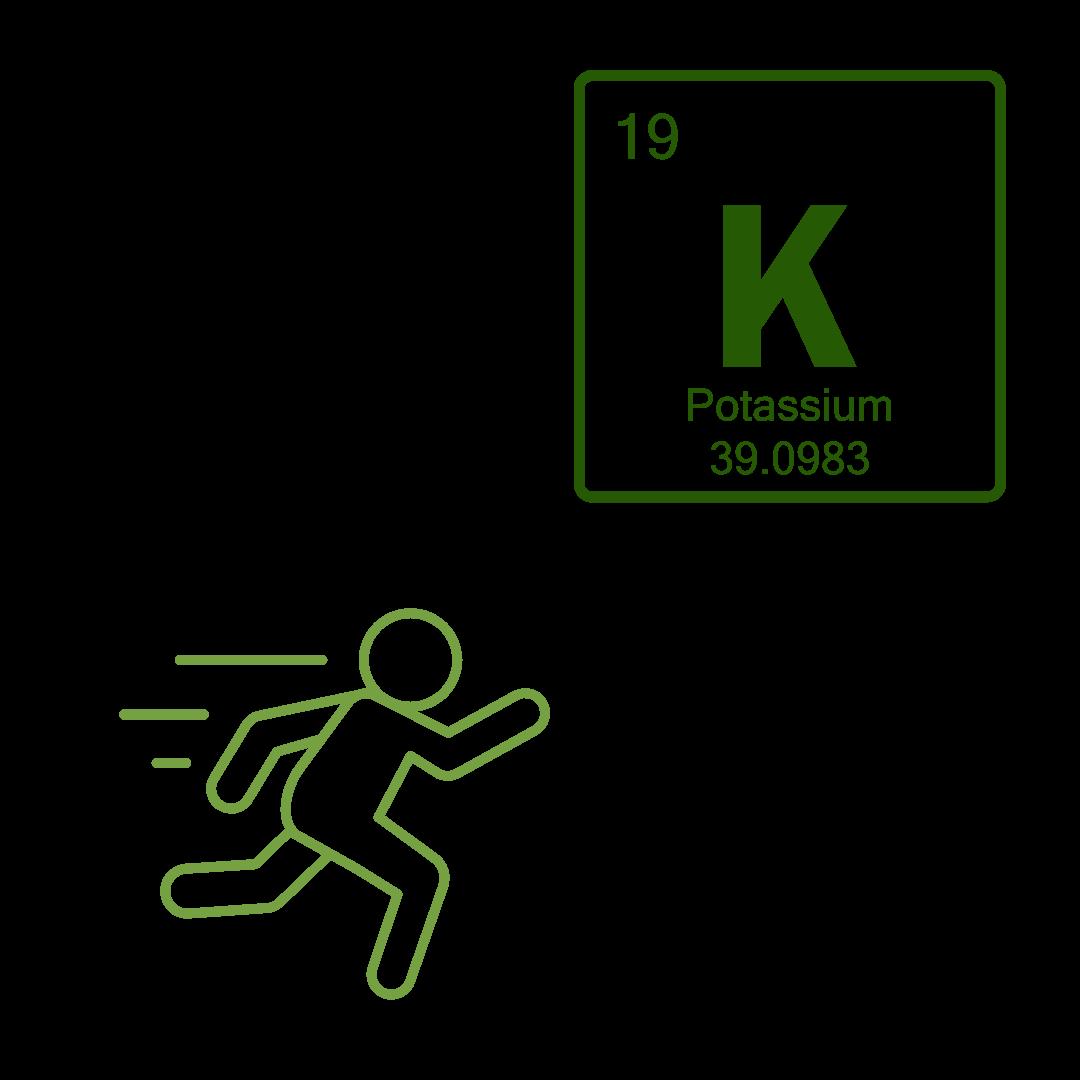

Helps to keep the body


Potassium helps to regulate the heart rate
Potassium helps to regulate contractions.

Potassium is the THIRD most abundant mineral potassium is found in
The body is made 60% helps promote .

Many runners eat foods high in potassium like pears before a run to prevent muscle cramps.
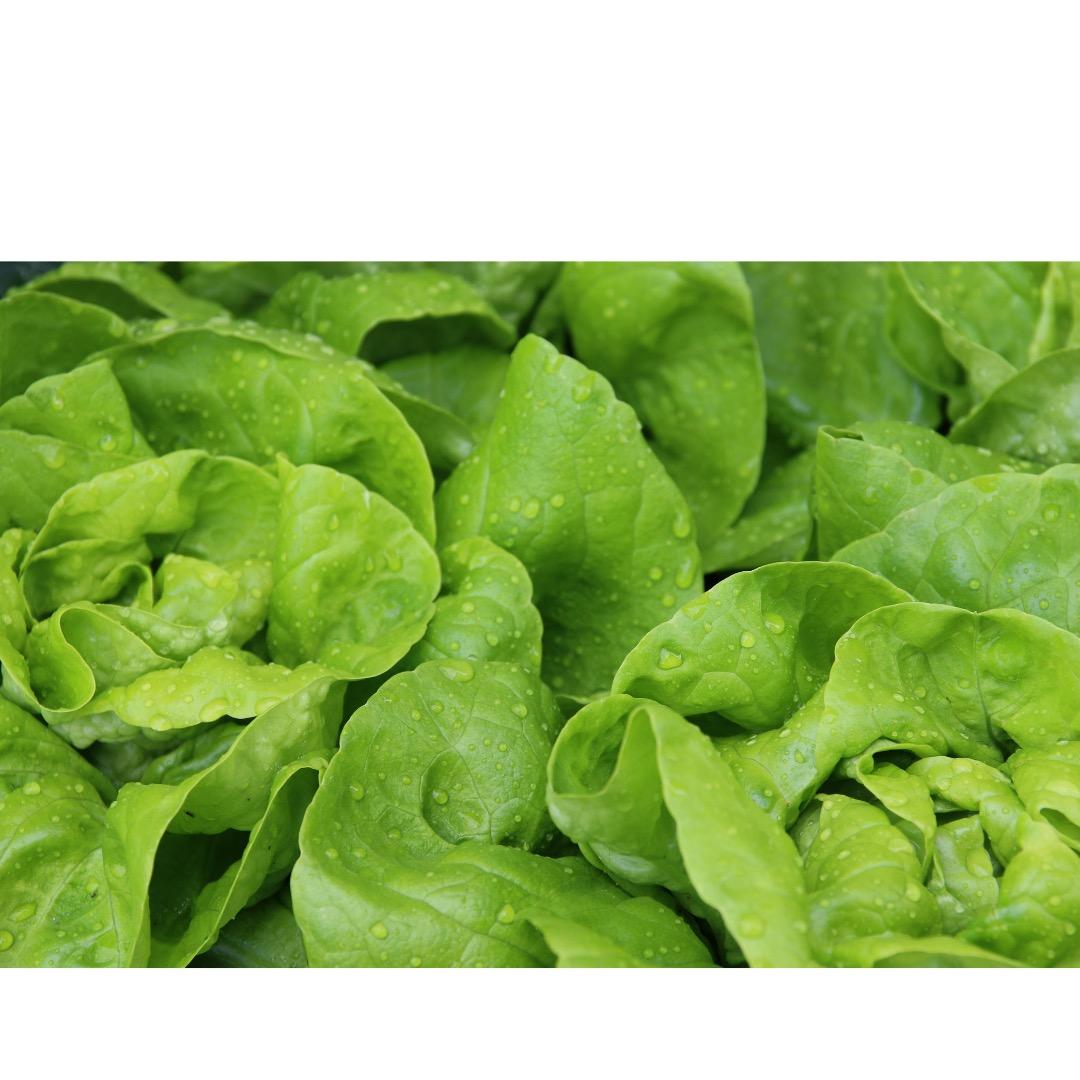


Lettuce is a type of leafy green vegetable.


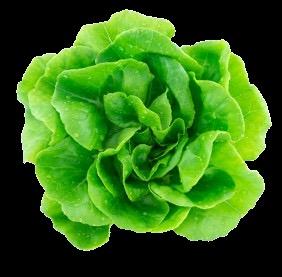
Lettuce plants grow to be 6 - 12 inches tall.
4.
Lettuce grows best in cooler climates.

Iceberg lettuce (also known as crisphead) is the most popular type of lettuce in the U.S.

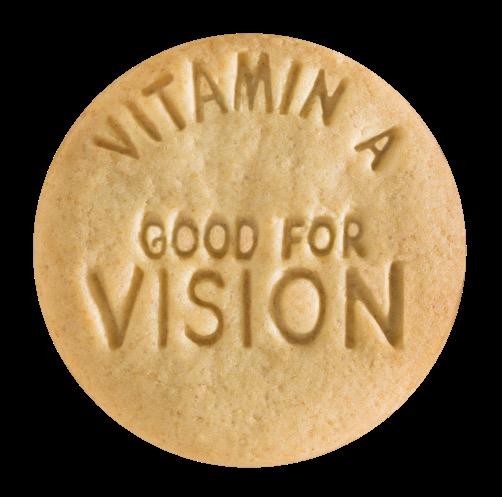




Vitamin A supports good vision, growth & immunity

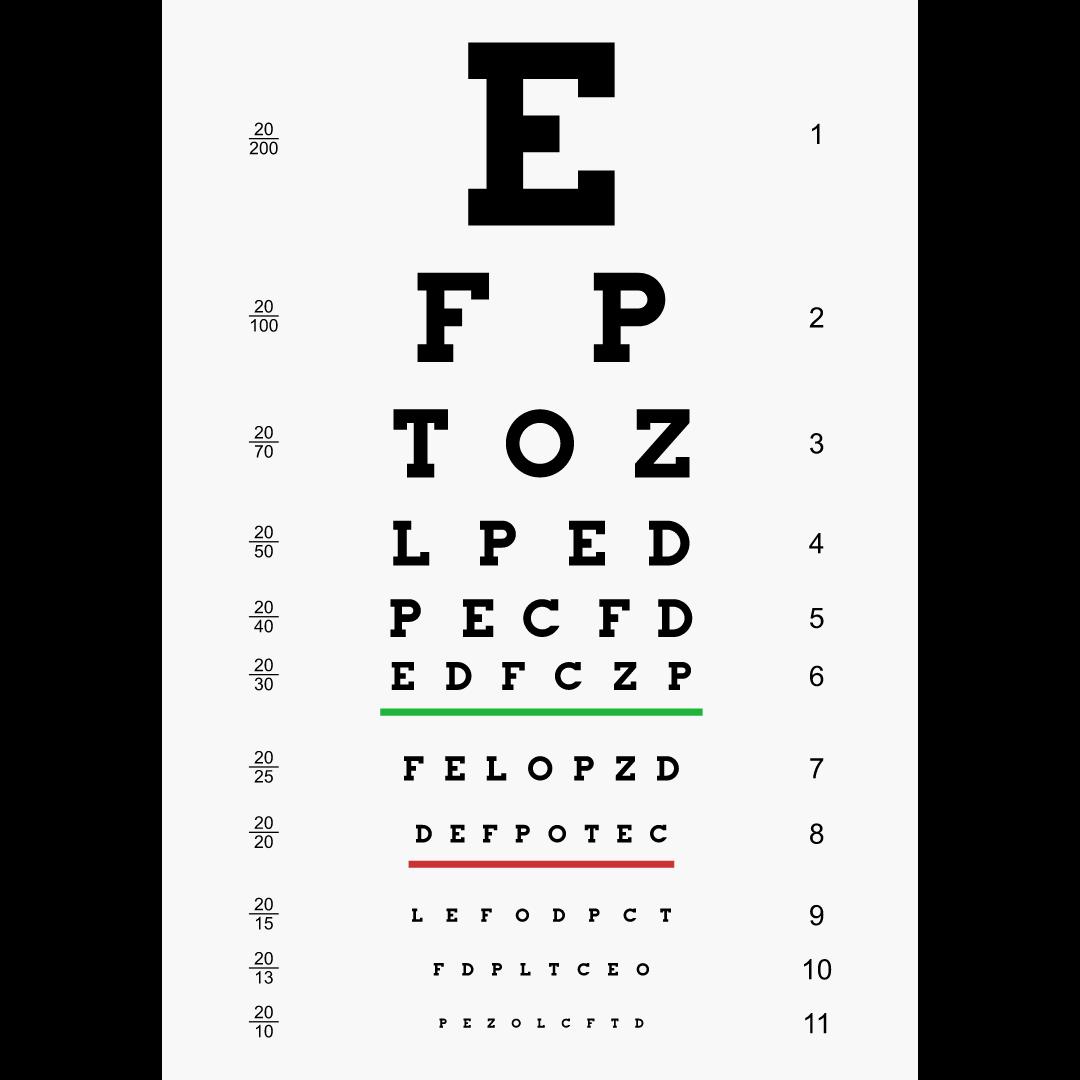
Vitamin A is a fat-soluble vitamin.
see better at night more vivid colors during the day

How far can you read down this eye chart?


Vitamin A has antioxidant properties.
Vitamin A can help speed up the healing process of cuts & scrapes.
How do you know lettuce is good for the eyes? You never see a rabbit wearing glasses!
Vitamin A supports the immune system to fight off infections.



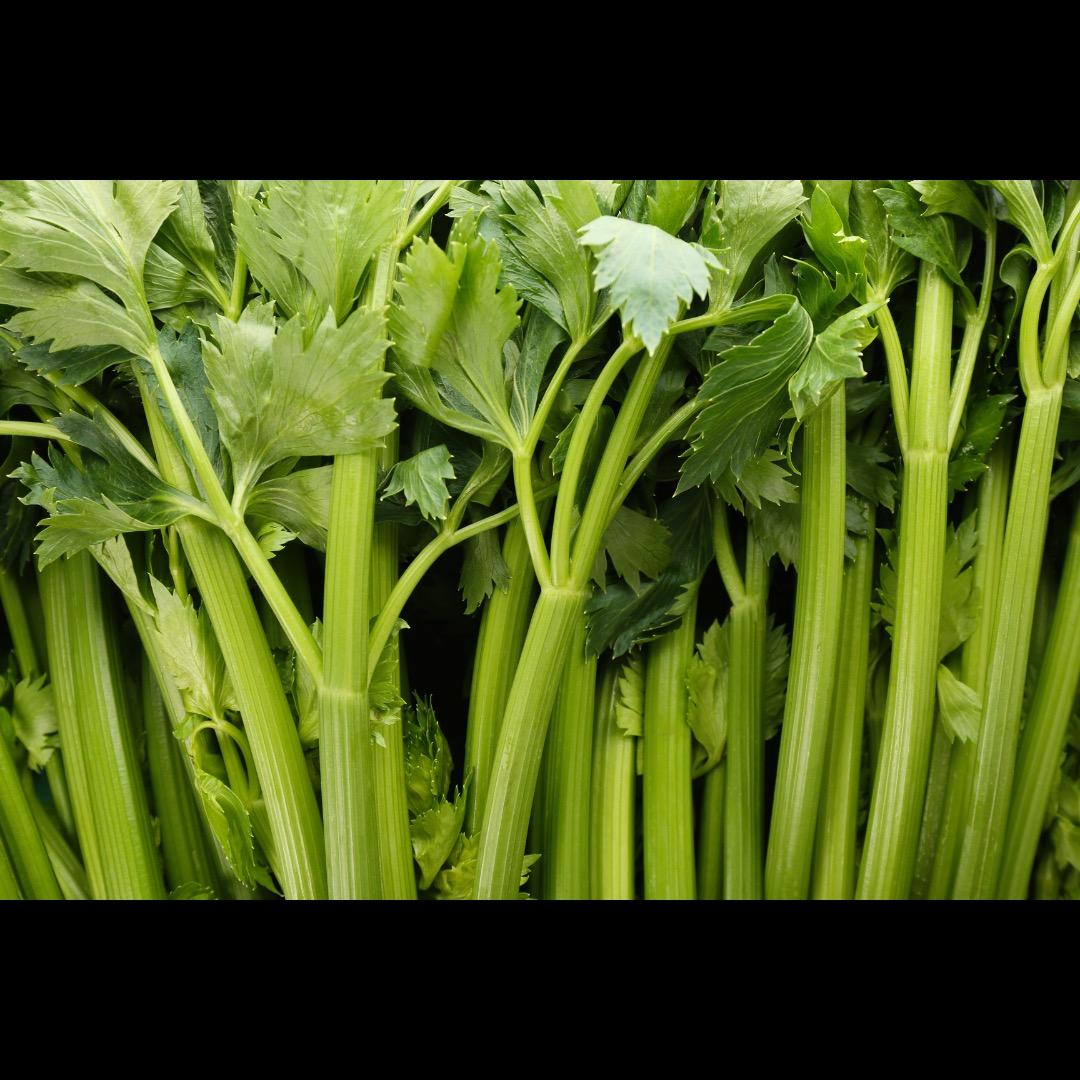


Celery is a crunchy, green vegetable that grows in stalks.
The darker the celery stalks are, the more nutrients they contain.
1 bunch of celery consists of 10 - 12 individual stalks.
Celery is a longseason crop that takes up to 140 days to be ready to harvest after planting.
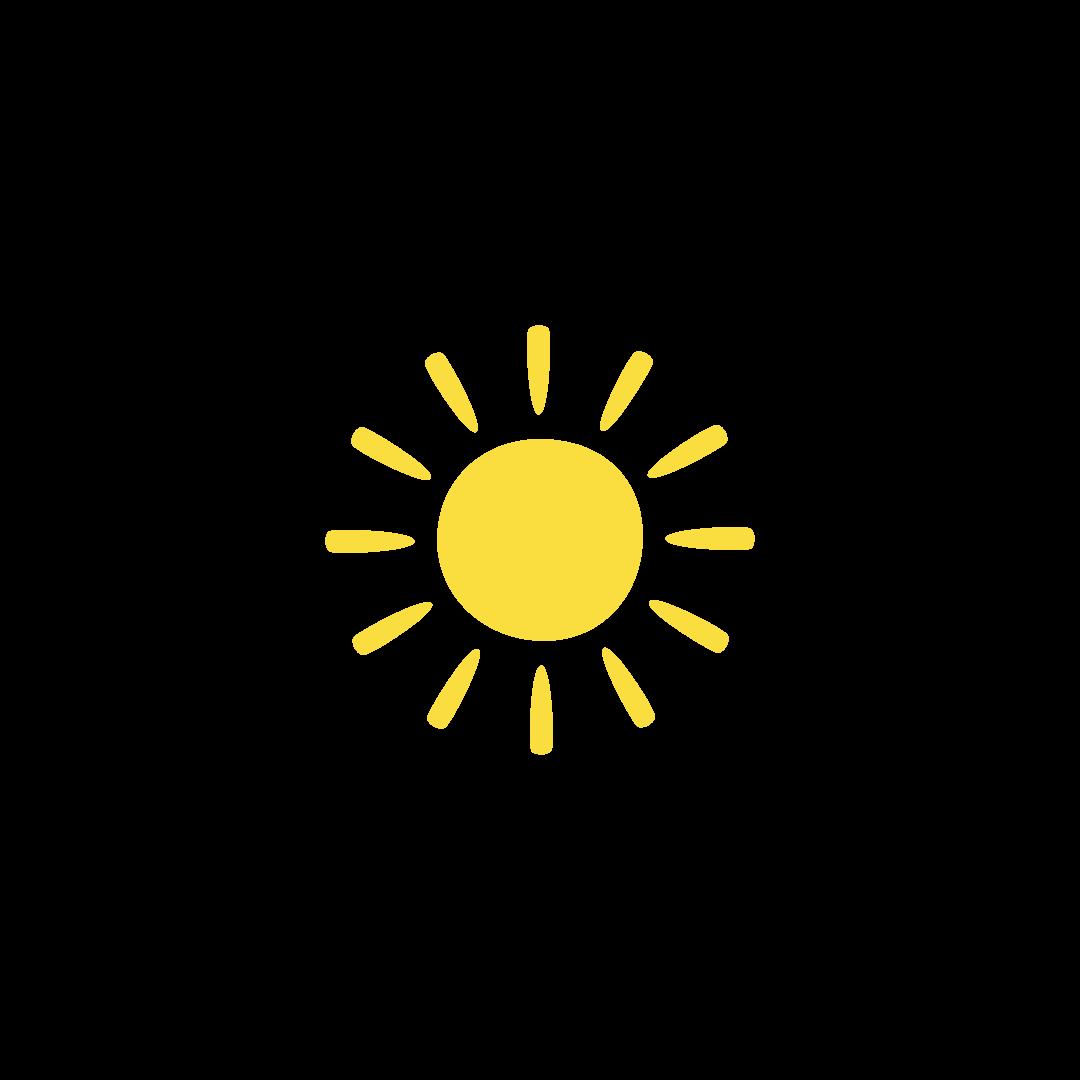
Celery prefers to grown 6 hours of full sun and afternoon shade. Celery is biennial plant.
Celery 95%
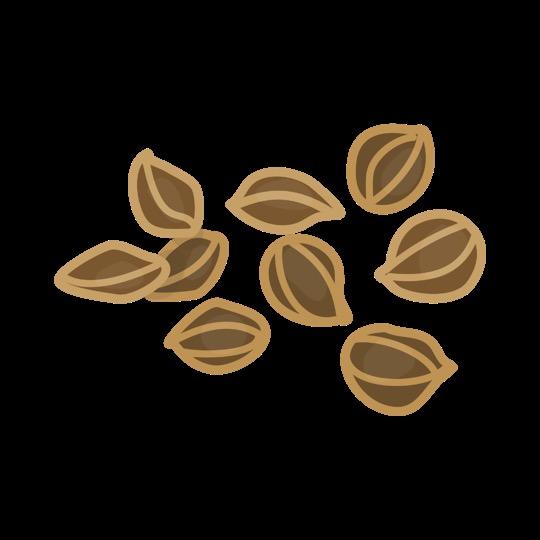
Celery stalks grow to be 12 - 18 inches tall
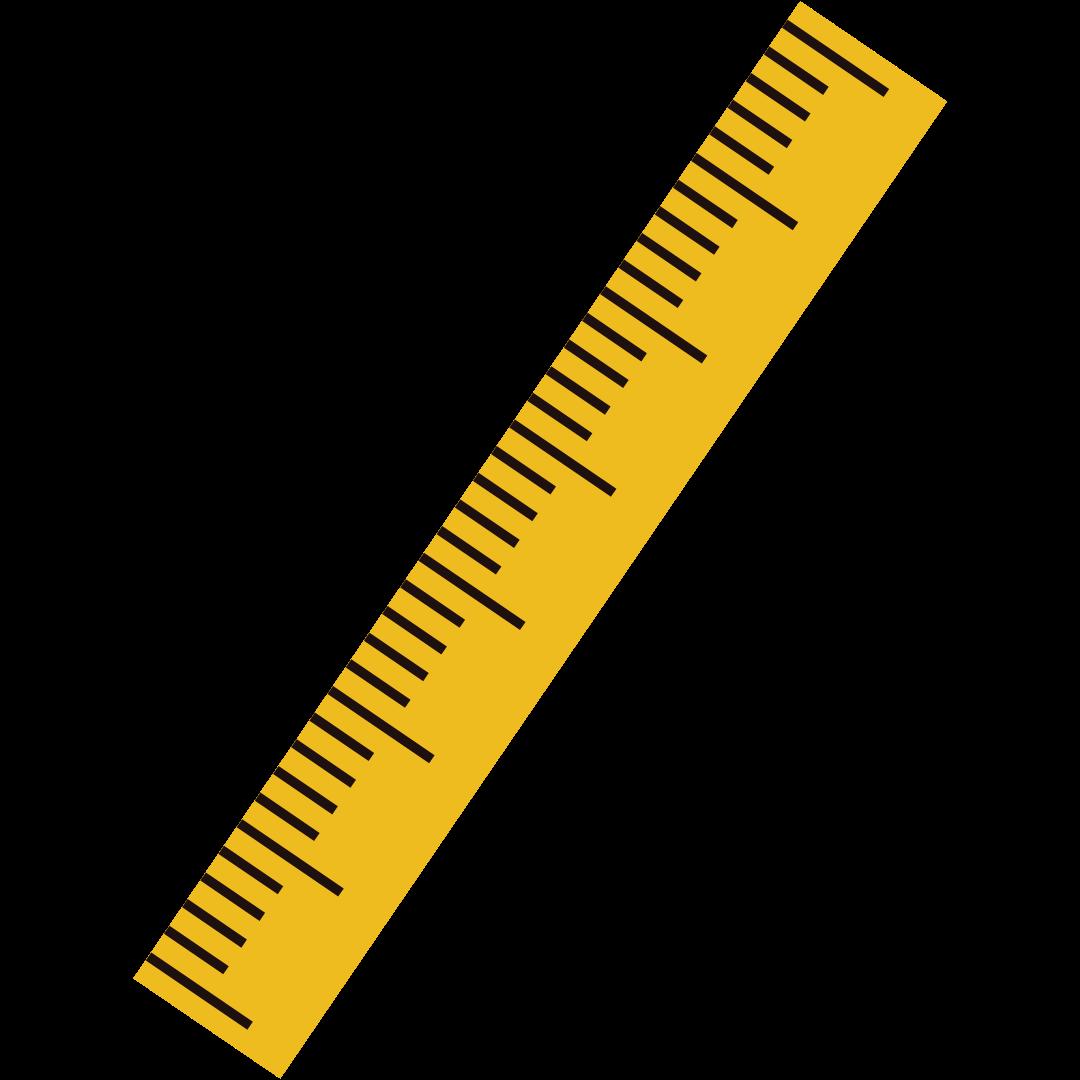


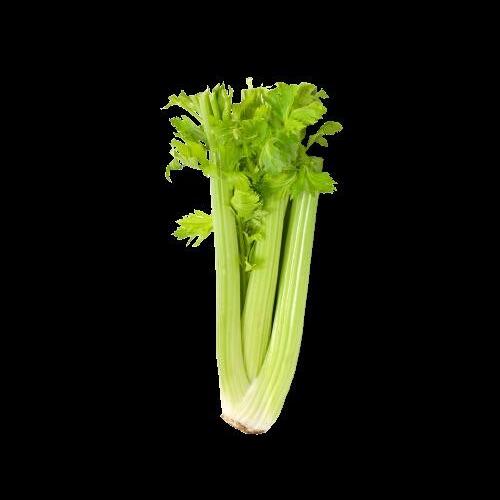




Vitamin C supports the immune system the body’s defense against infections.



Vitamin C is an antioxidant. Antioxidants help protect against damage caused by exposure to harmful substances in the environment.
Vitamin C is also referred to as “ascorbic acid.”
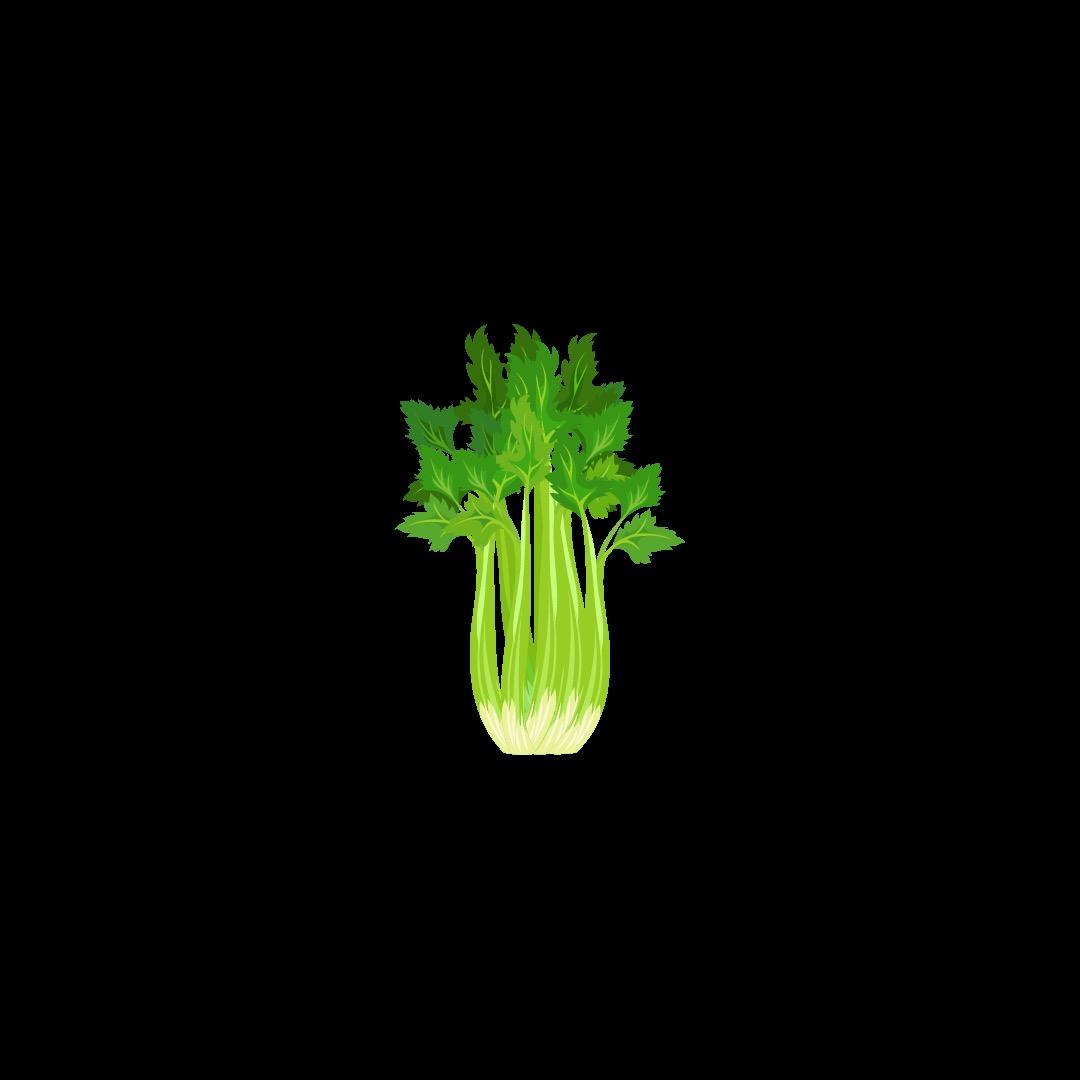
vitamin C on its own - it has to come from food.
Vitamin C helps keep you happy & healthy! What do you call a vitamin that improves your eyesight?

A Vitamin C!

Vitamin C is a very important vitamin for healthy gums & teeth.





AOIDXTAITNN
TVAIINM C
YDARI TAREH HALTEH
BEIRF ENPRTOI



Bananas are a type of tropical fruit - classified specifically as a berry.
Bananas grow in hanging bunches called

popular type of banana is the Cavendish banana.
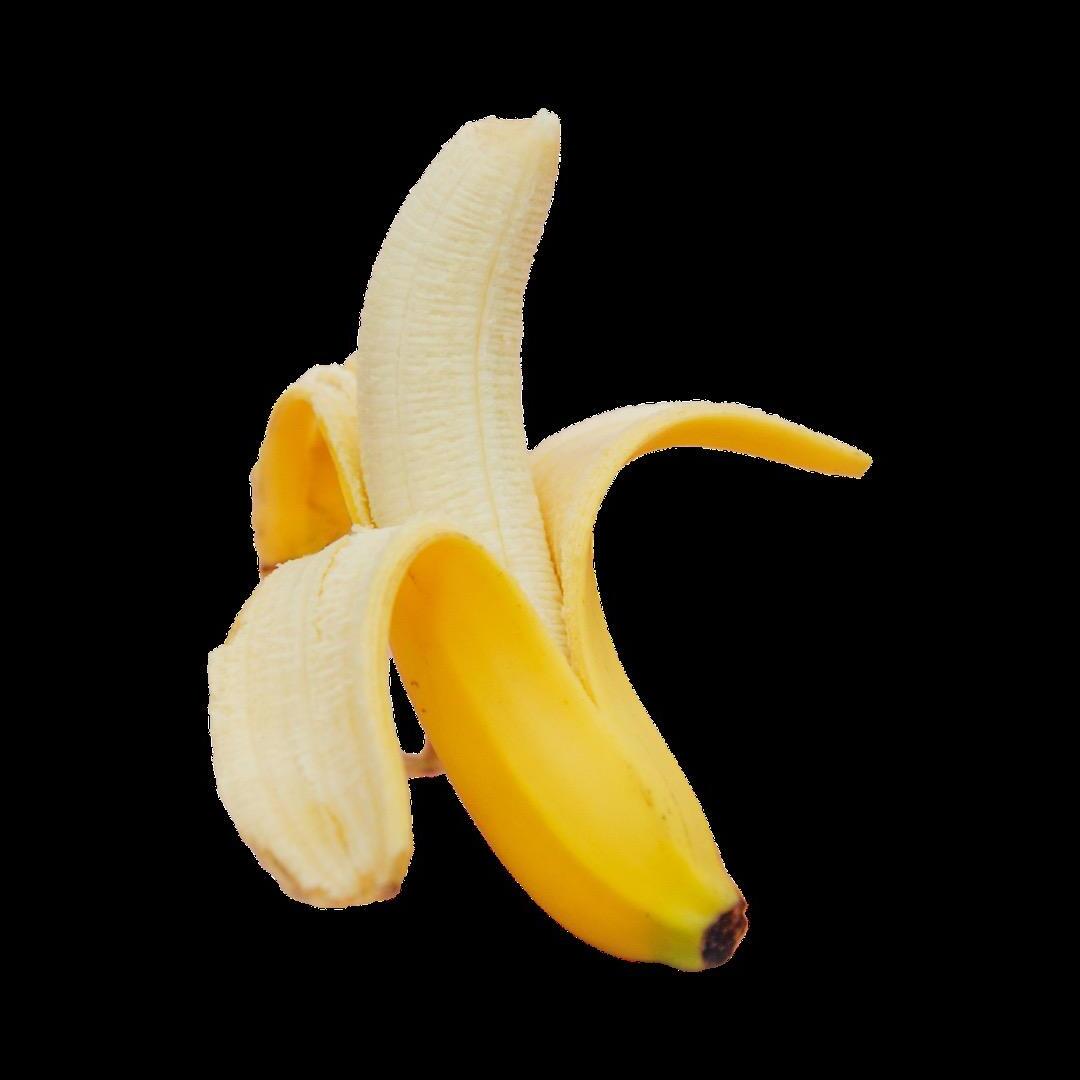
Bananas change color from green to yellow as they ripen. Did you know monkeys peel bananas upside down? It’s easier & less damaging


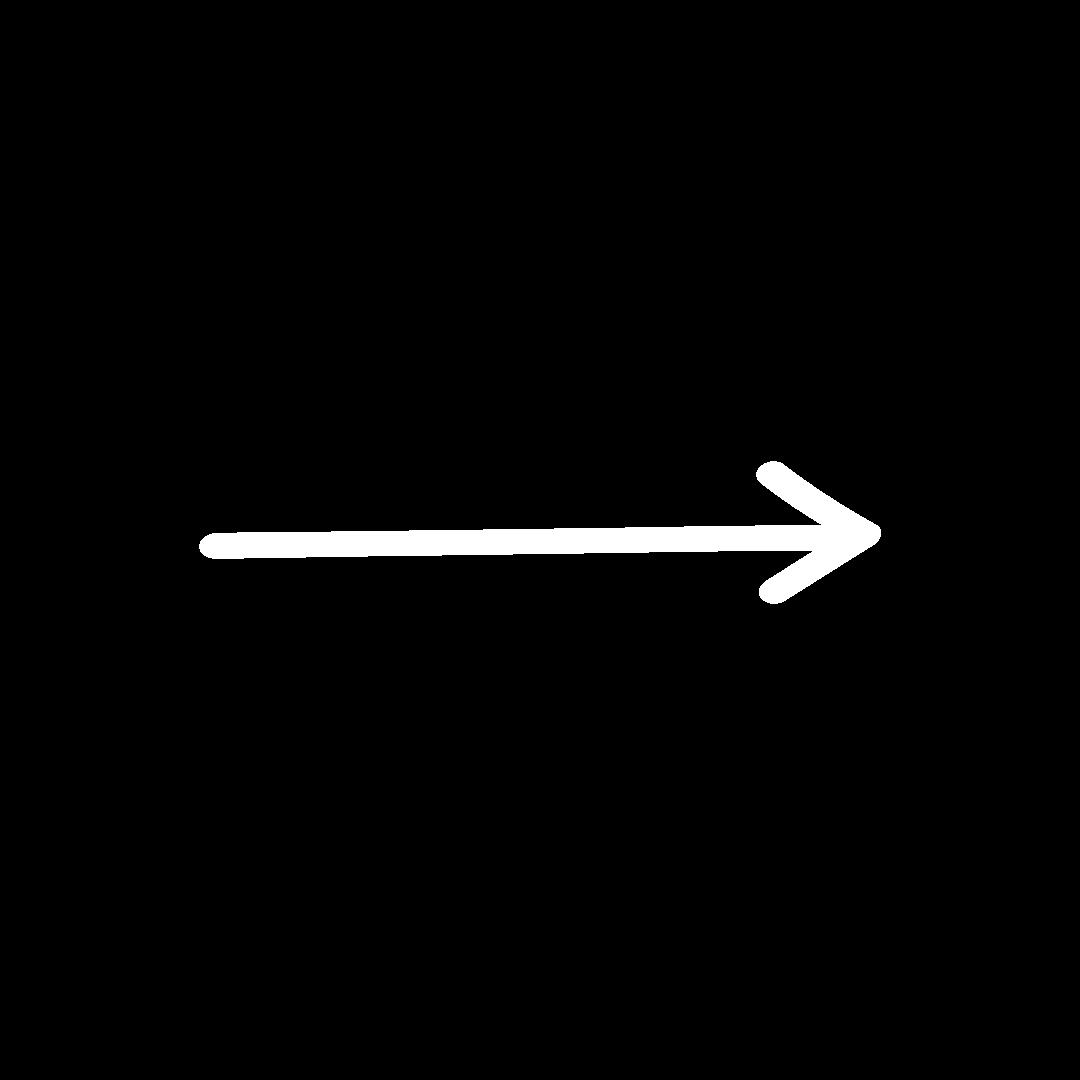

continue to ripen after they are harvested.


100+ BILLION bananas are eaten around the world each year.
Banana plants can grow to be up to 30 feet tall.





Potassium supports balancing fluid in the body & proper function of the muscles and nerves
Once potassium enters the body, it functions as an electrolyte.
Electrolytes help balance the amount of water in the body.
Helps to keep the body
The body is made 60%

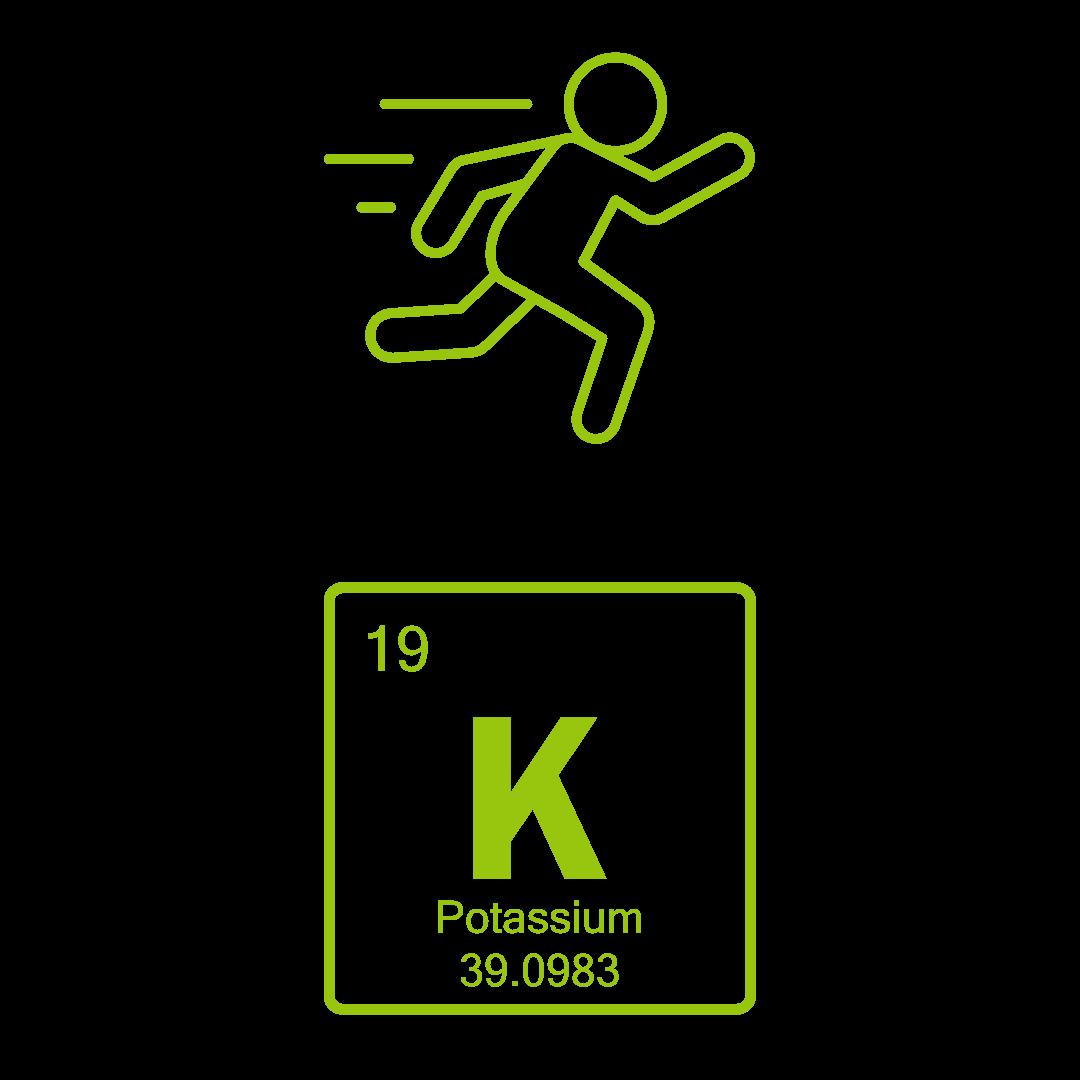
Potassium is the THIRD most abundant mineral in the body.


Potassium helps to regulate the


Potassium helps promote bone health.

98% of the body’s potassium is found in its cells.
Many runners eat foods high in potassium like before a run to prevent muscle cramps. Potassium helps regulate contractions.

Strawberries are a type of aggregate fruit a collection of ‘little fruits’ held together.


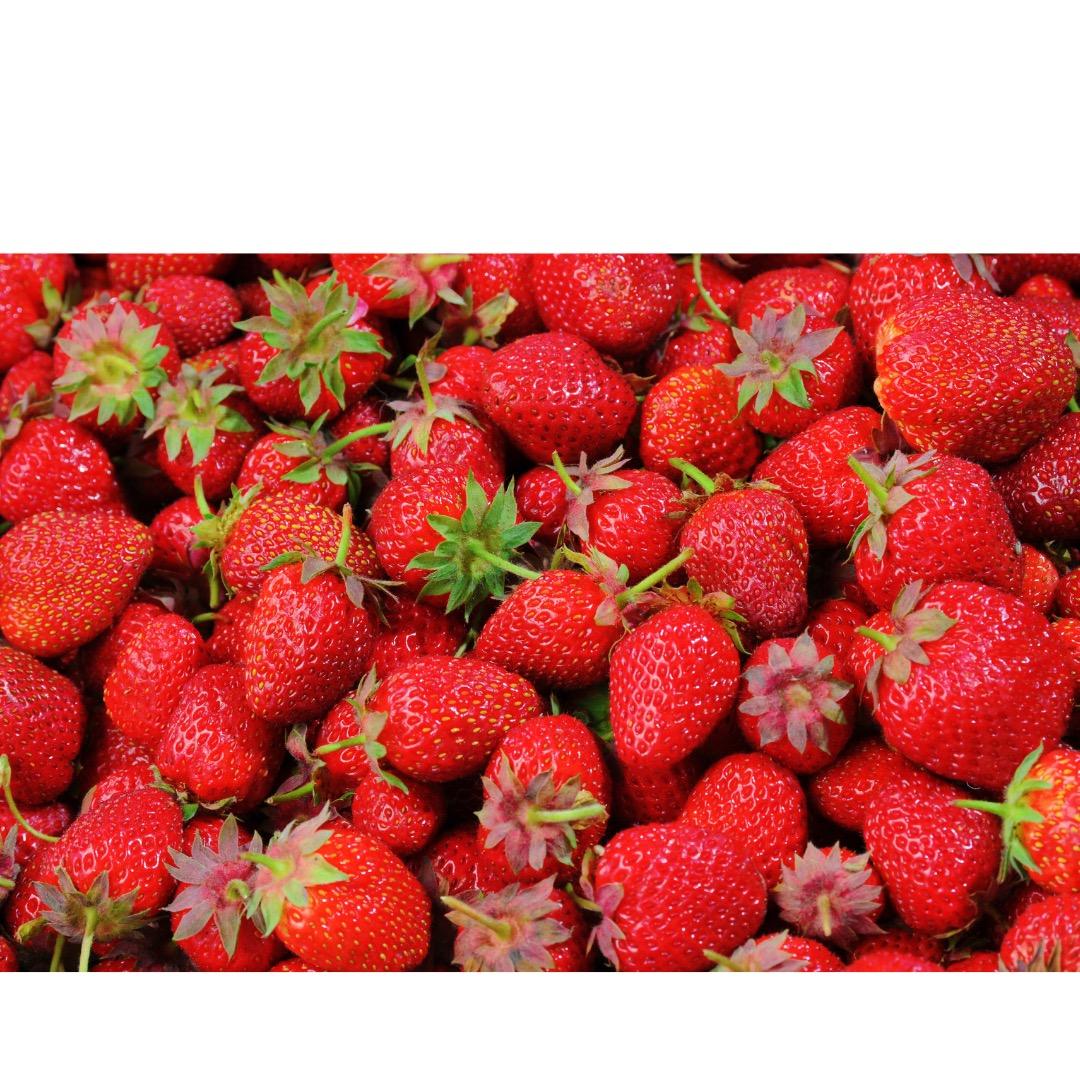
Strawberries are a part of the rose family.

Strawberries are the FIRST fruit to ripen in the spring.
Peak strawberry harvesting season is April - June.
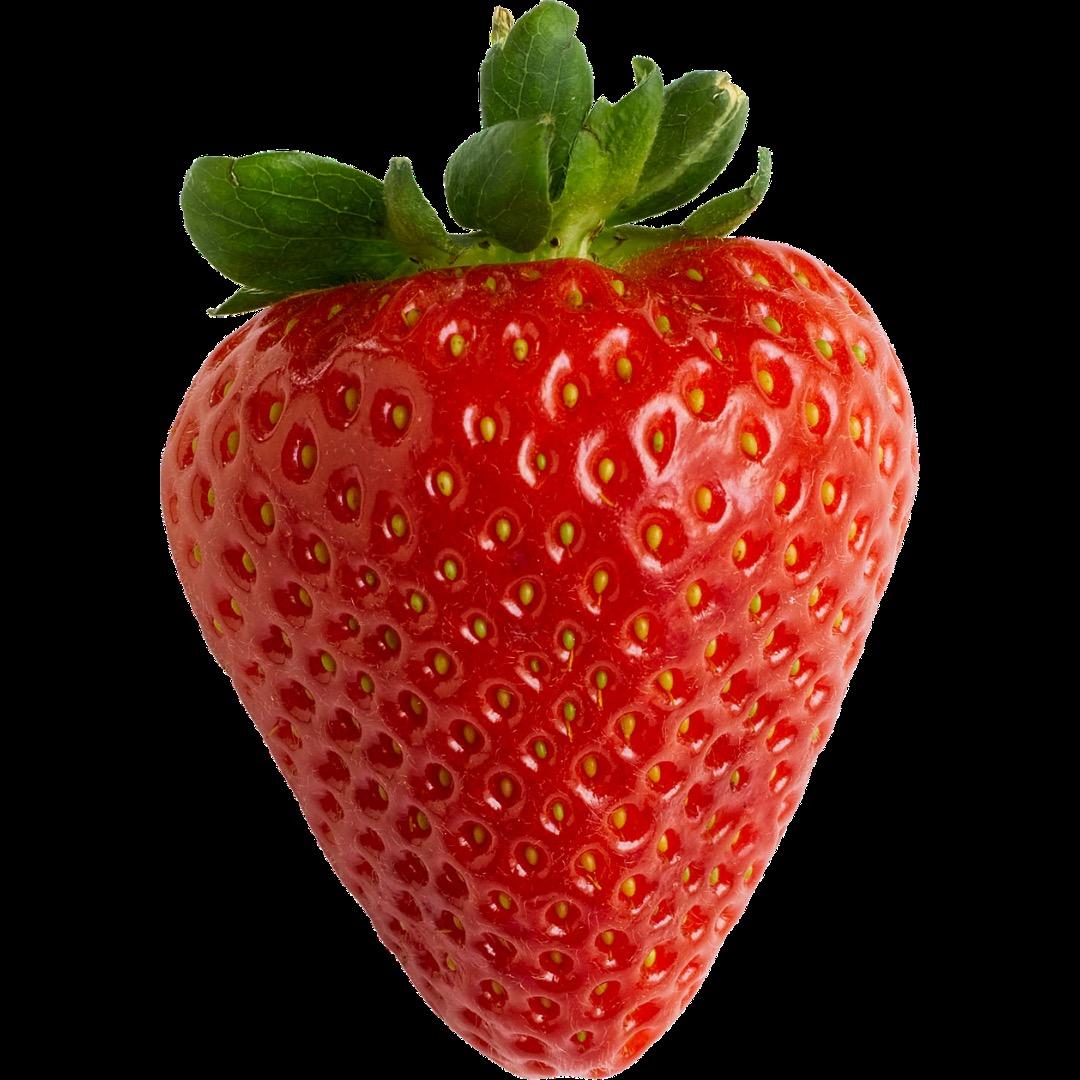
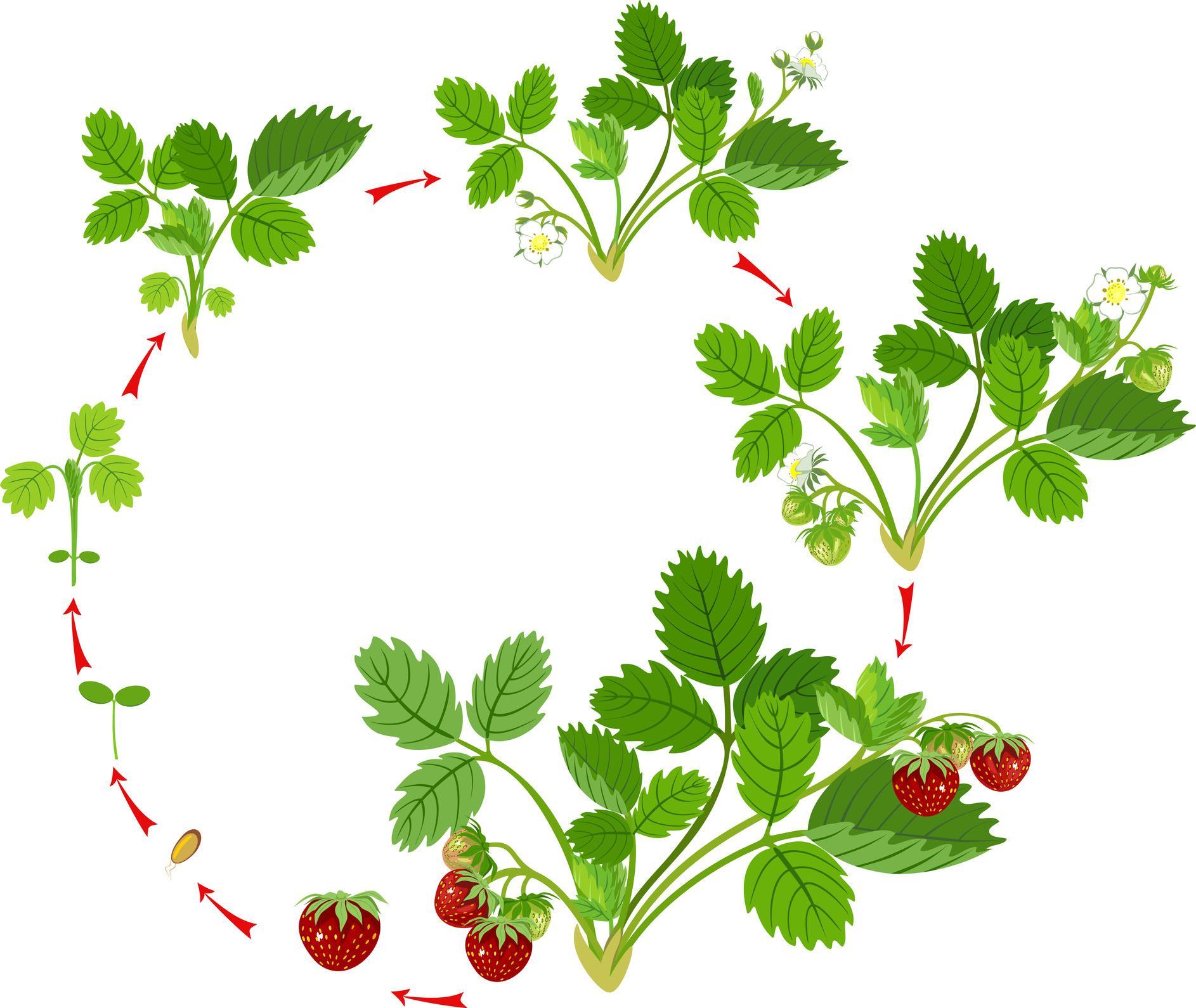

1. June-bearing 2. Ever-bearing 3. Day-neutral strawberry has 200 seeds.

Strawberries are the ONLY fruit with seeds on the outside.
90% of the strawberries grown in the U.S. are from California.



Manganese supports the body’s energy levels & protecting its cells from damage.
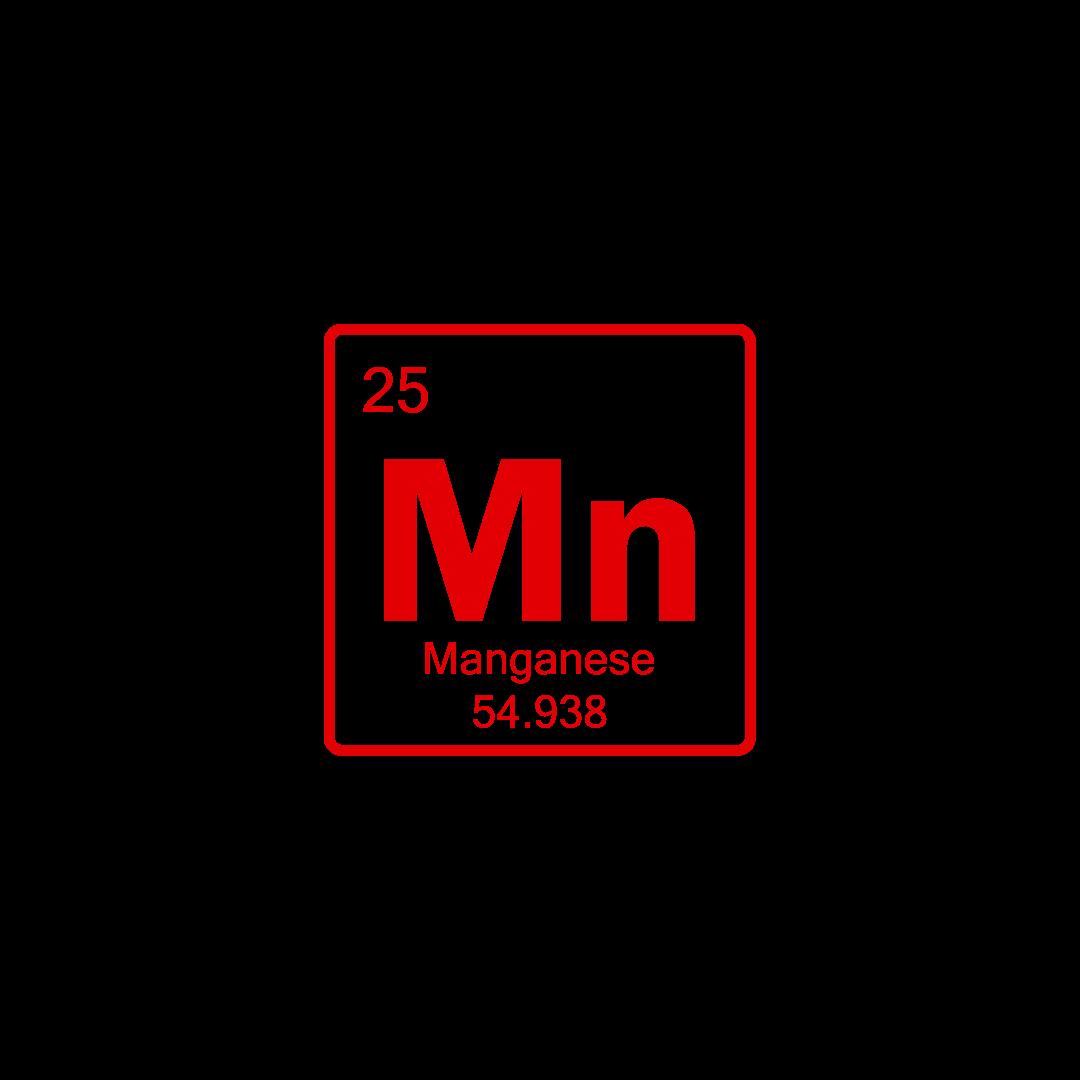

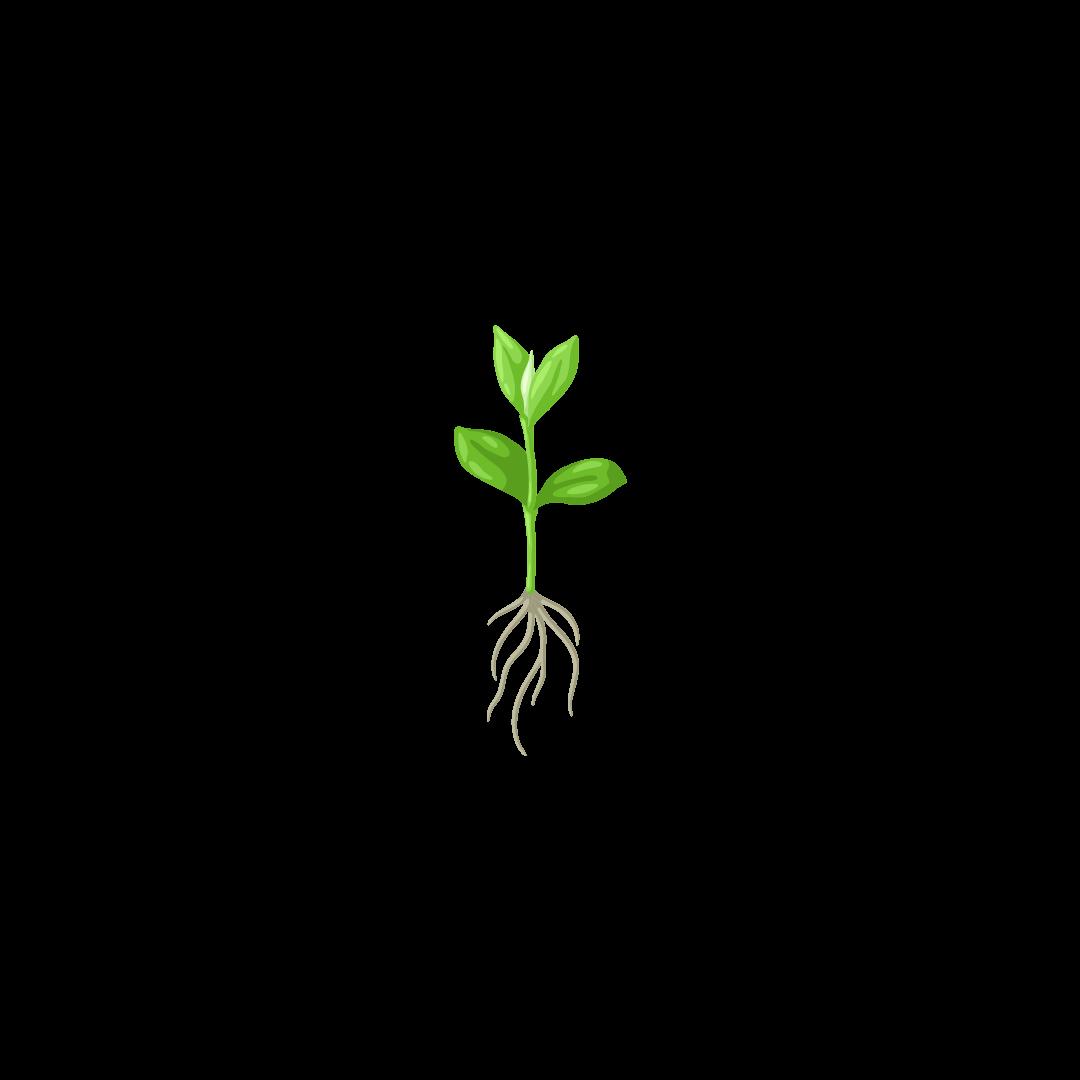




. Foods like strawberries absorb minerals through their roots.
Manganese is


Manganese helps
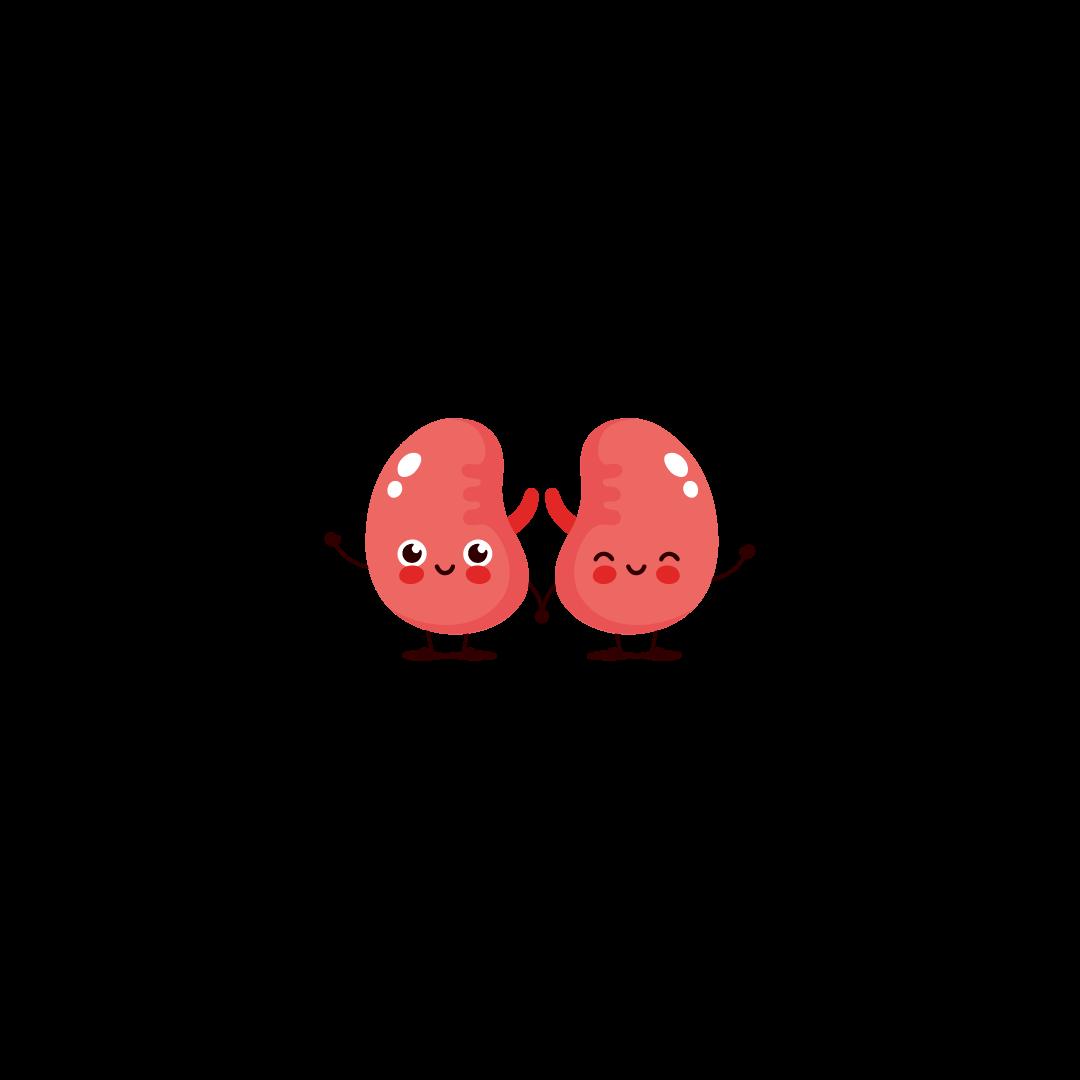
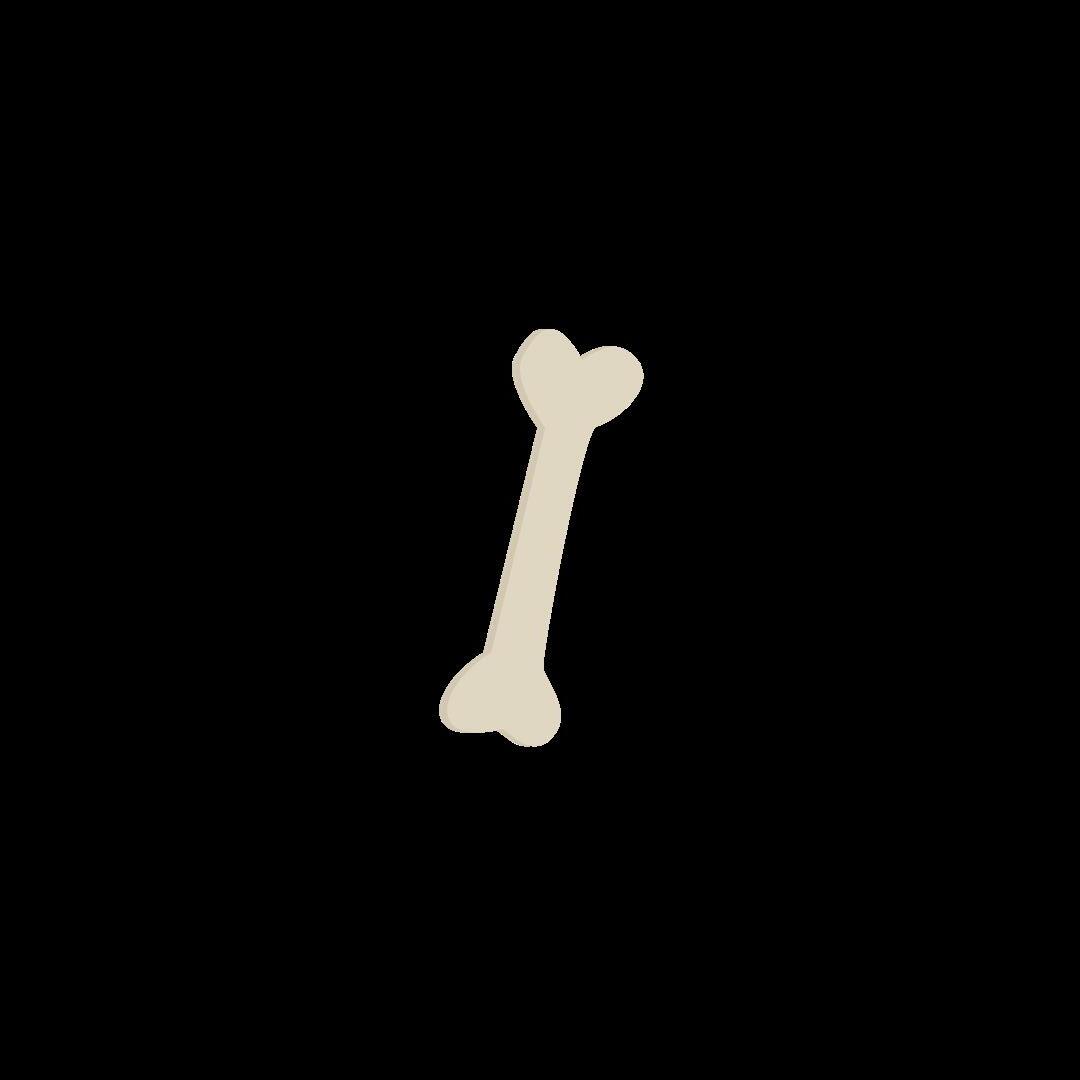

helps the body blood clots helping wounds heal faster! against infections.
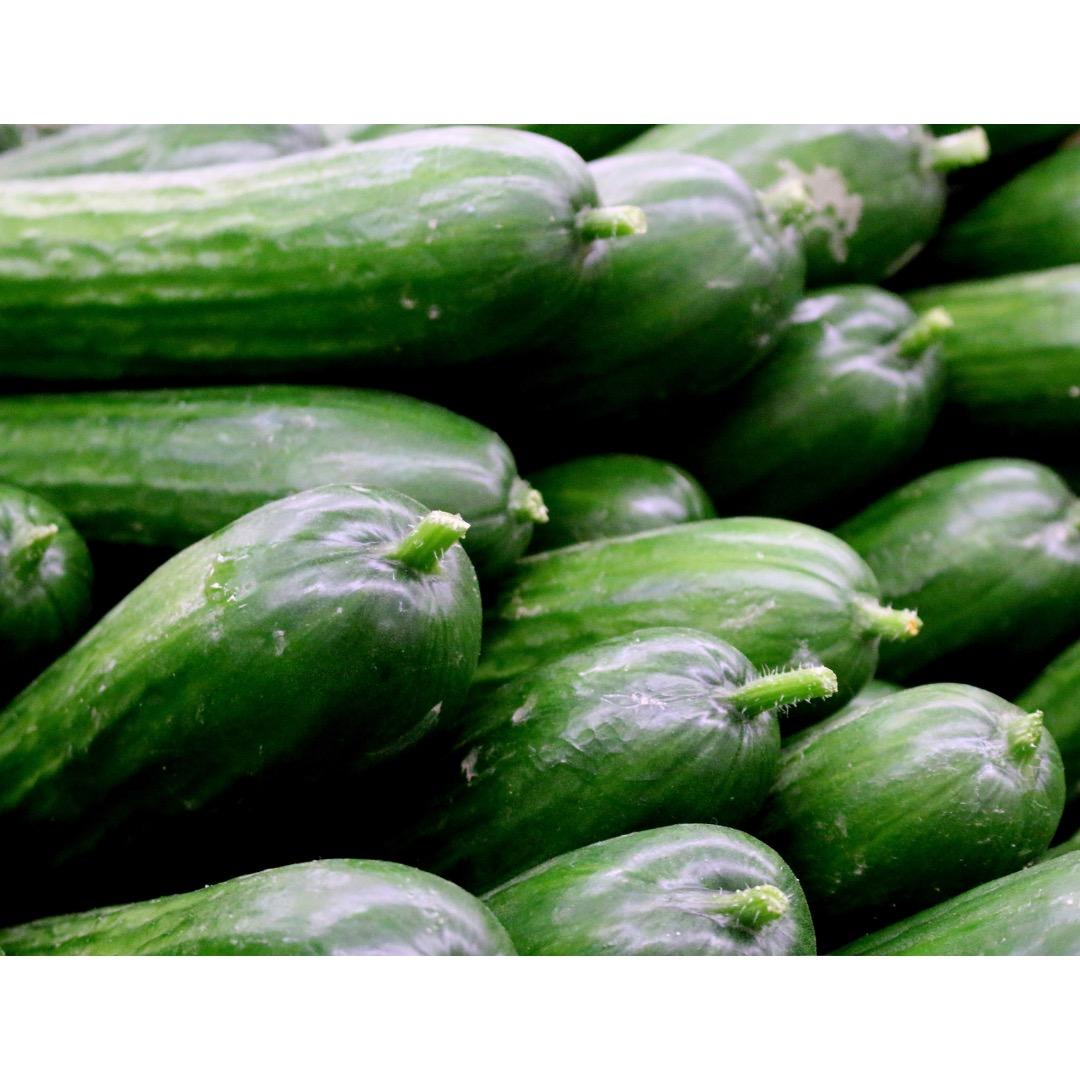


Cucumbers are technically fruits since they & contain seeds.
There are cucumbers.





1 vine can produce 25 - 125 cucumbers. of cucumbers seeds.

World Cucumber Day is June 14th!

Cucumbers grow on

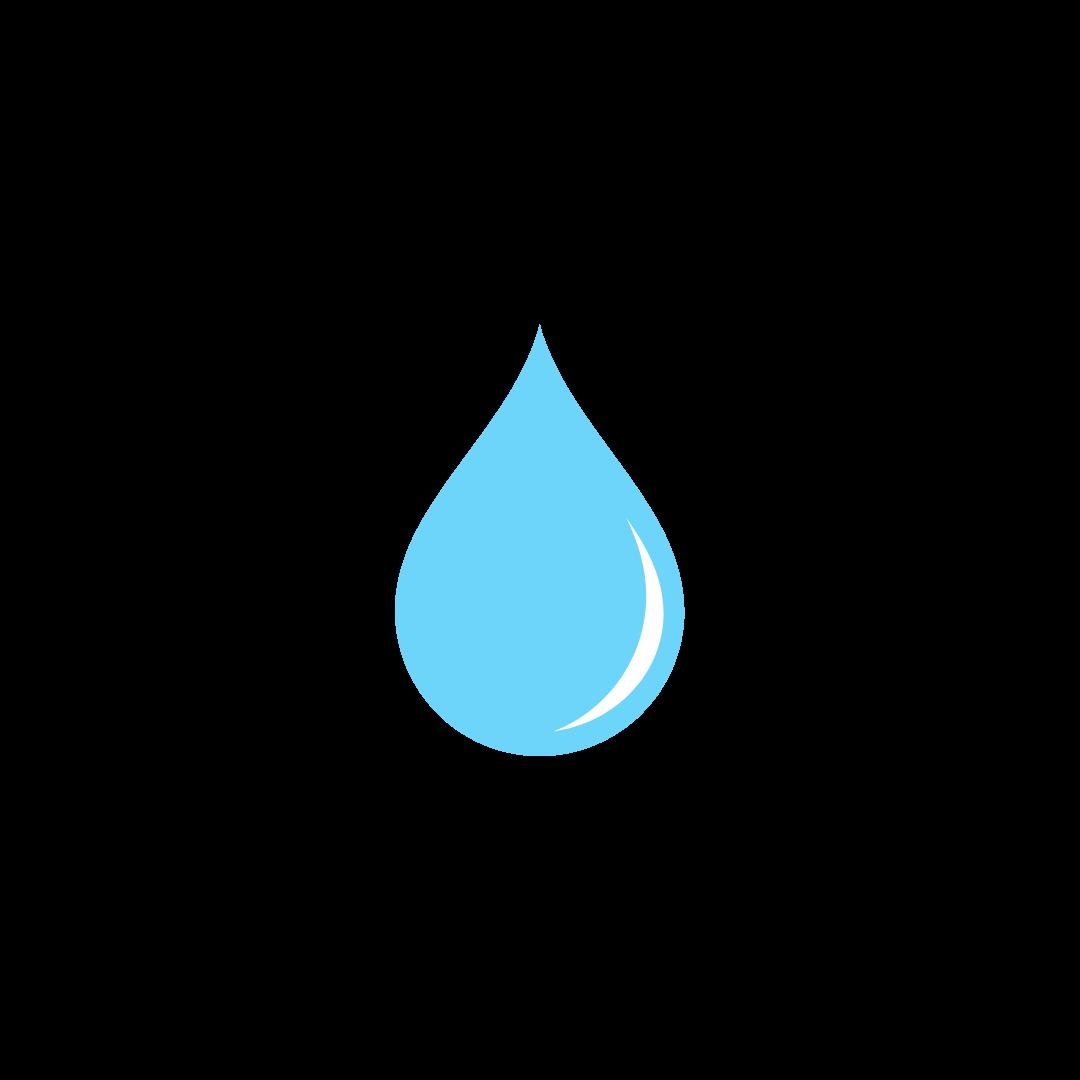
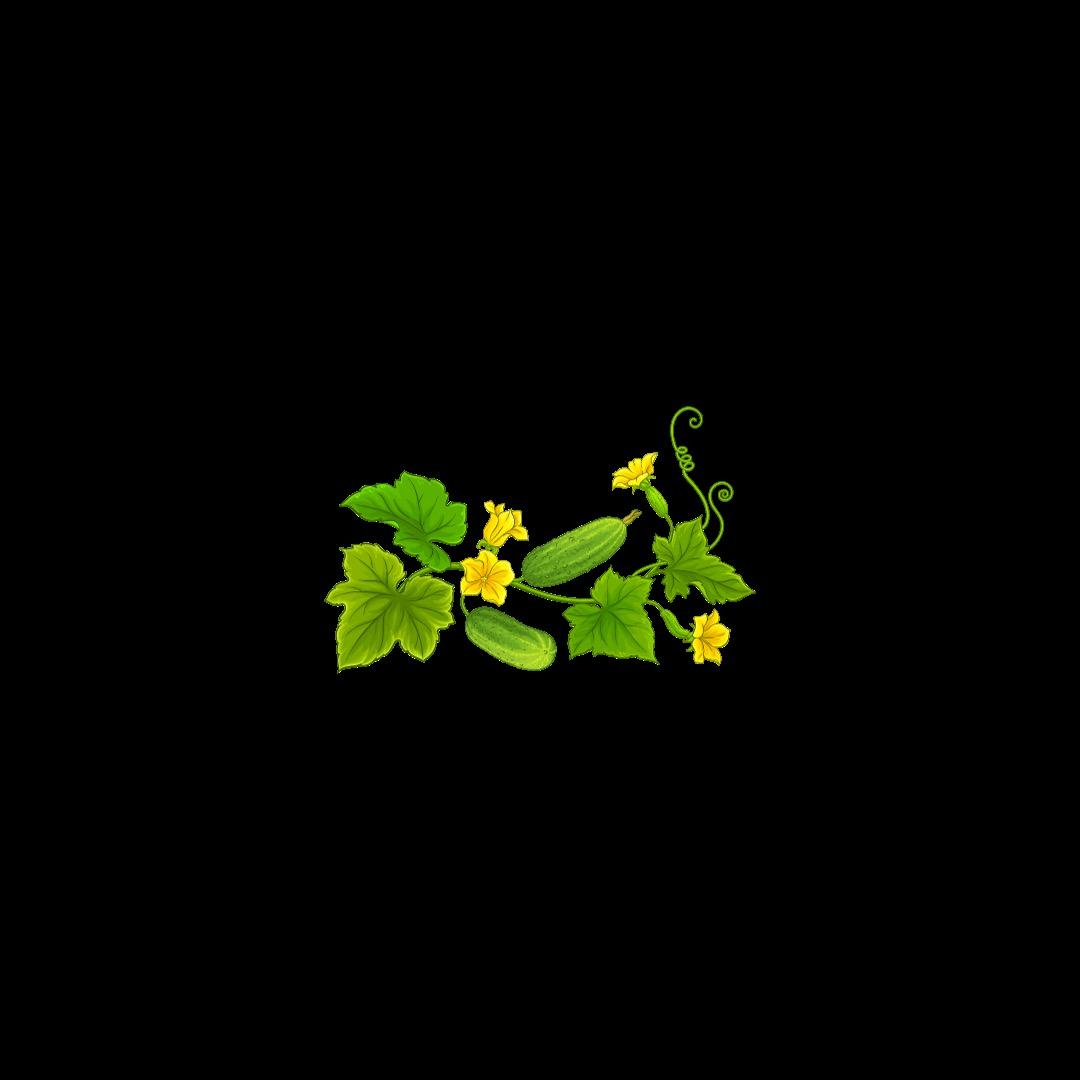



Vitamin K supports proper blood function, bone growth & kidney health. The body has the ability to create vitamin K on its own.
2 main forms of vitamin K: K1 and K2.
Vitamin K is a fat-soluble which means…

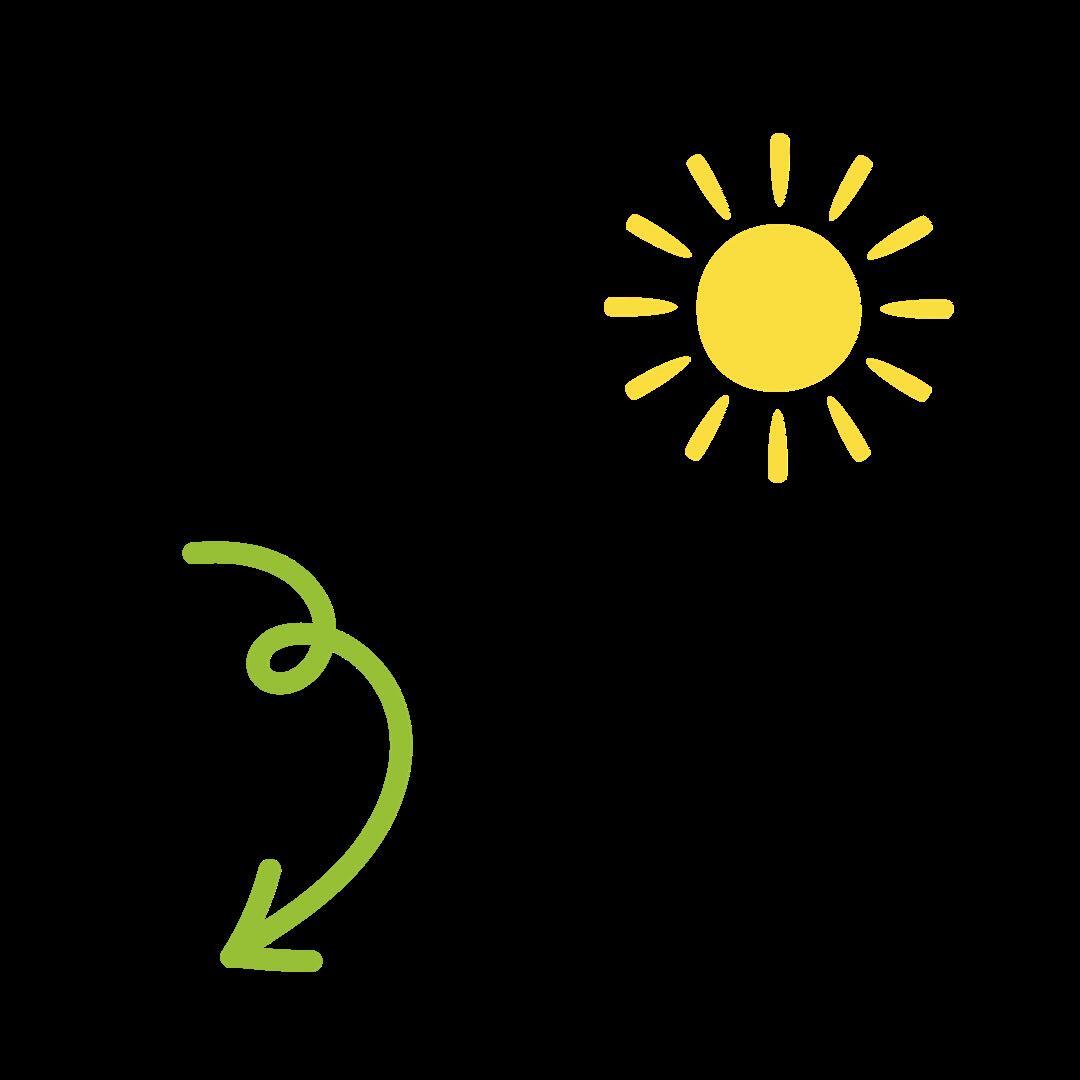
Vitamin K helps the body heal from wounds.
It absorbs better into the body when eaten with foods with some fat like olive oil or avocados!


Vitamin K helps produce proteins that bind themselves to calcium - this helps build strong bones.

Vitamin K supports heart health.
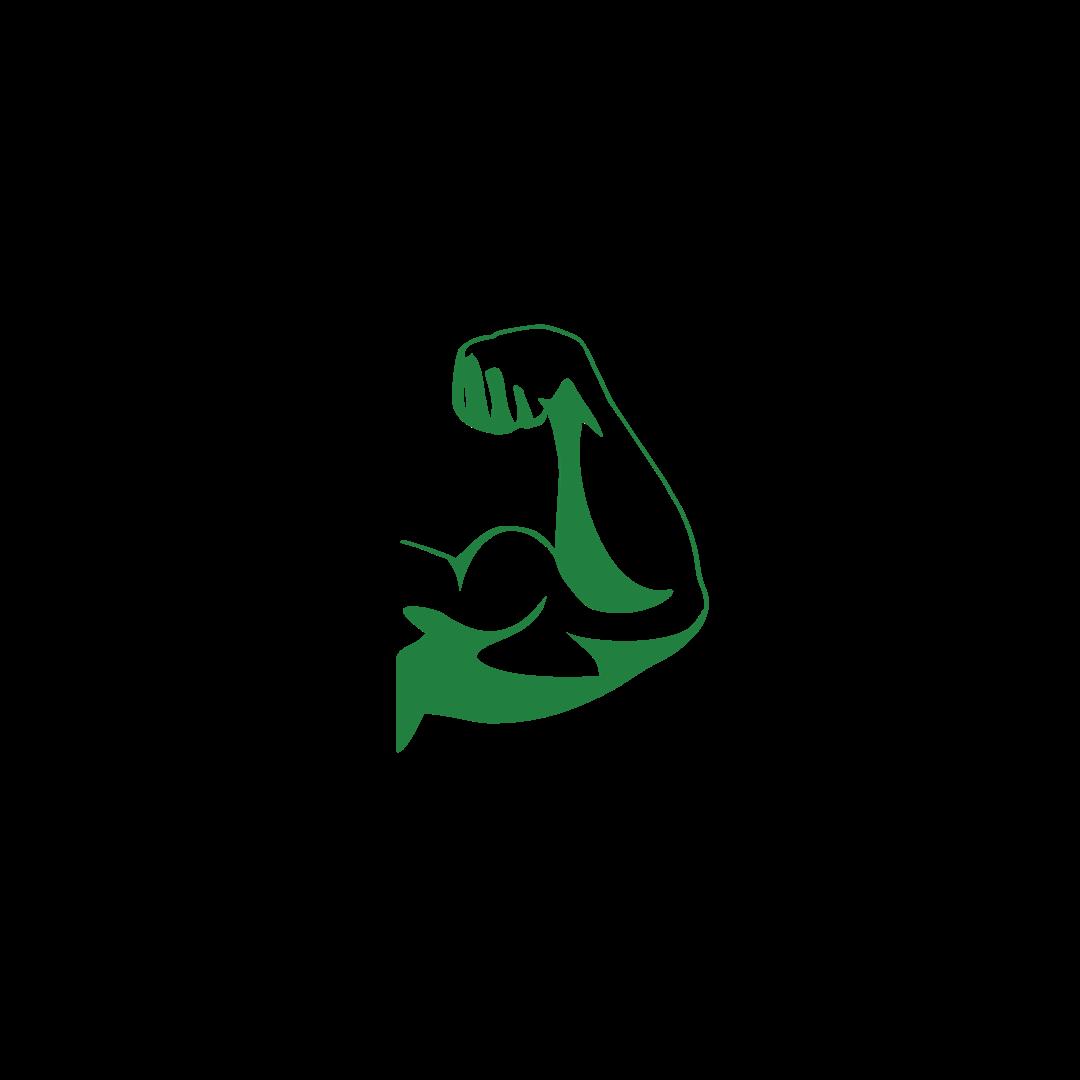
Vitamin K is found throughout the body in the liver, brain, heart, pancreas & bones.
Vitamin K plays a role in proper blood function- specifically with clotting.
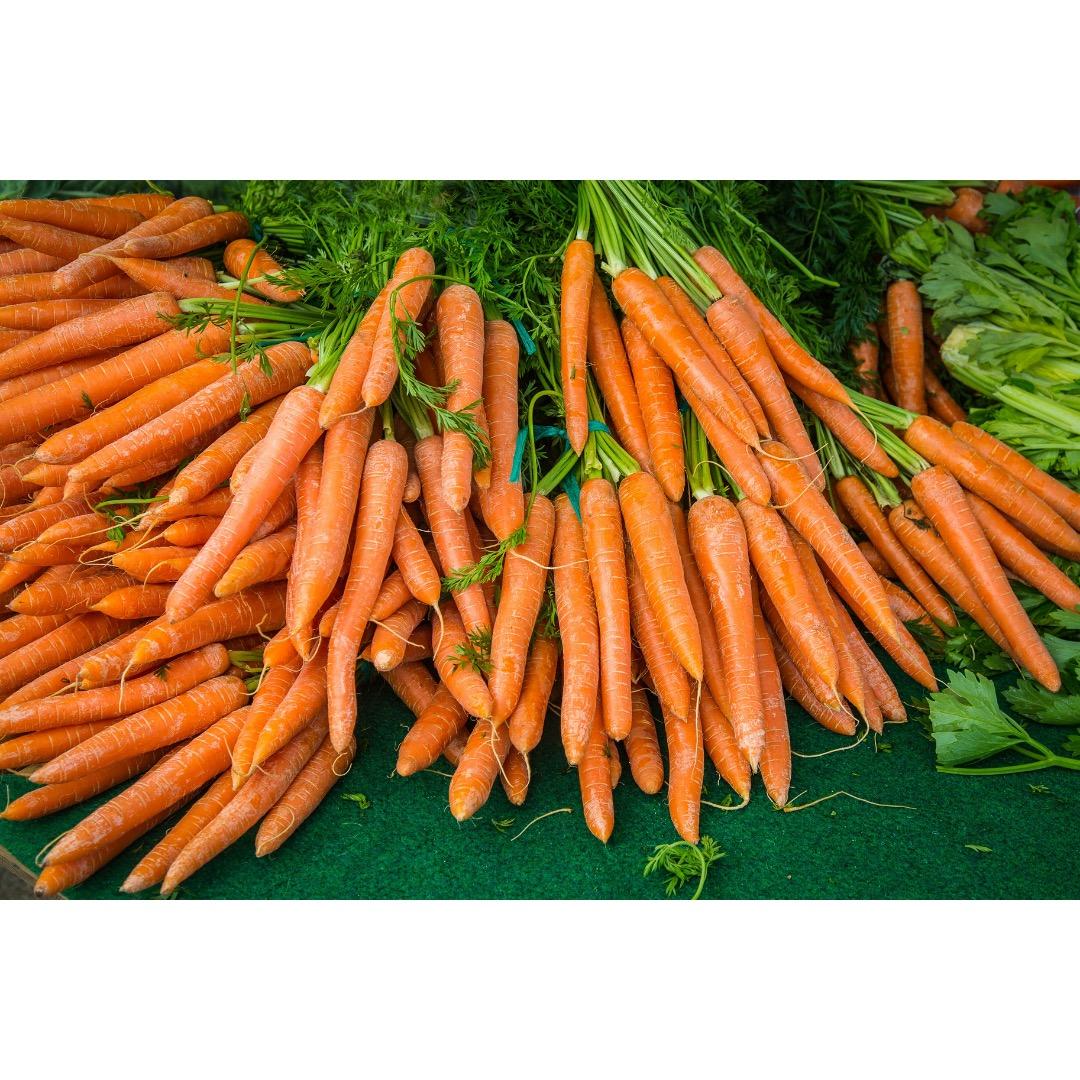


Carrots are a type of root vegetable underground

Carrots are 88% water.

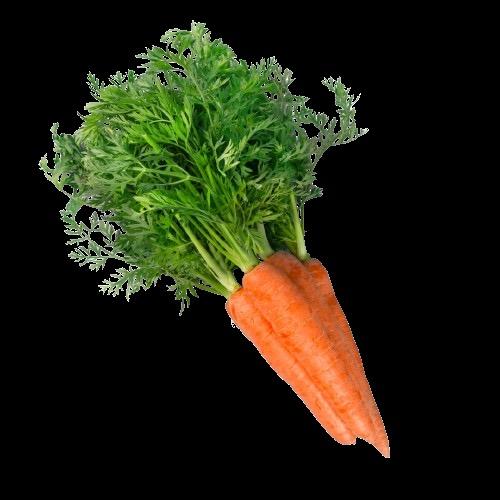

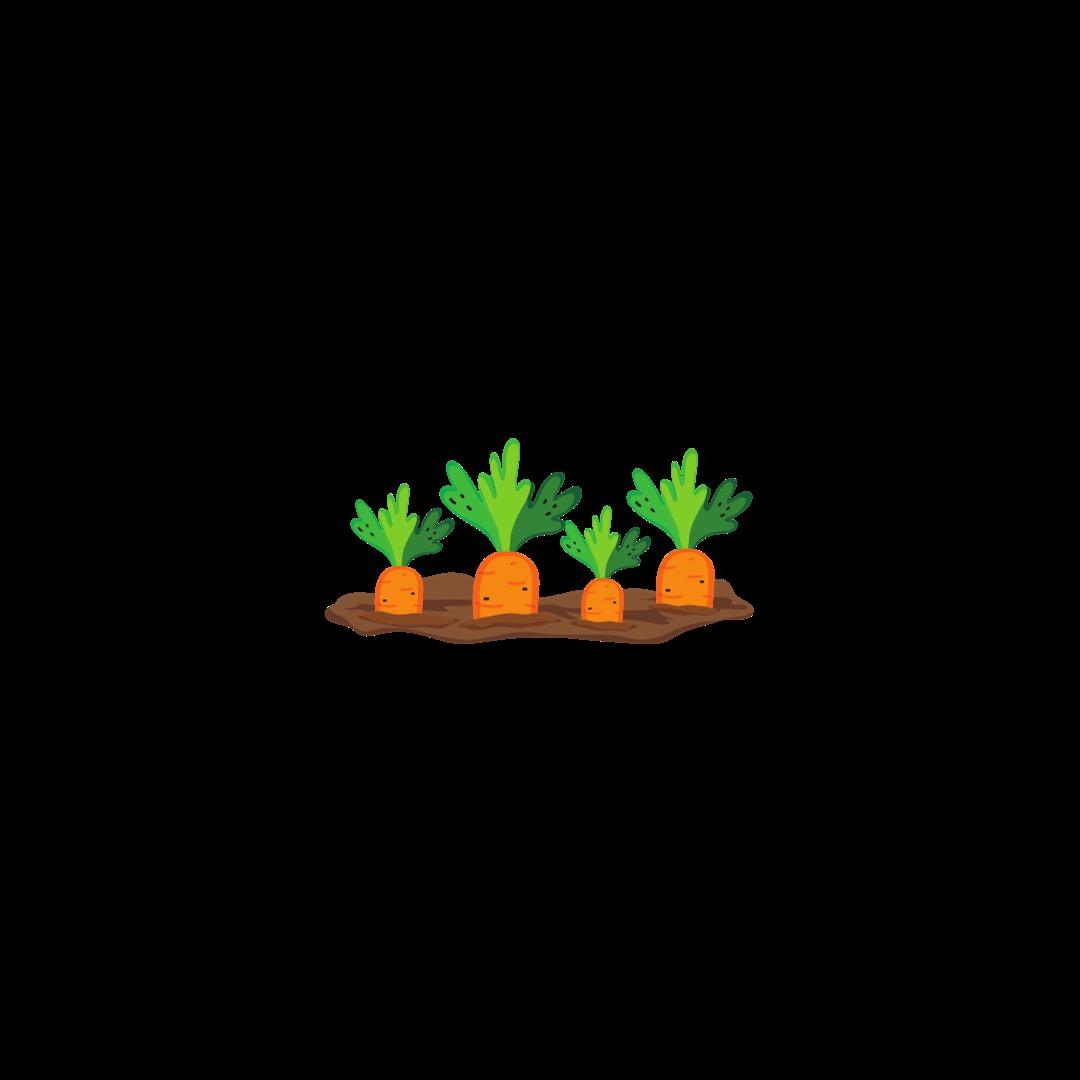
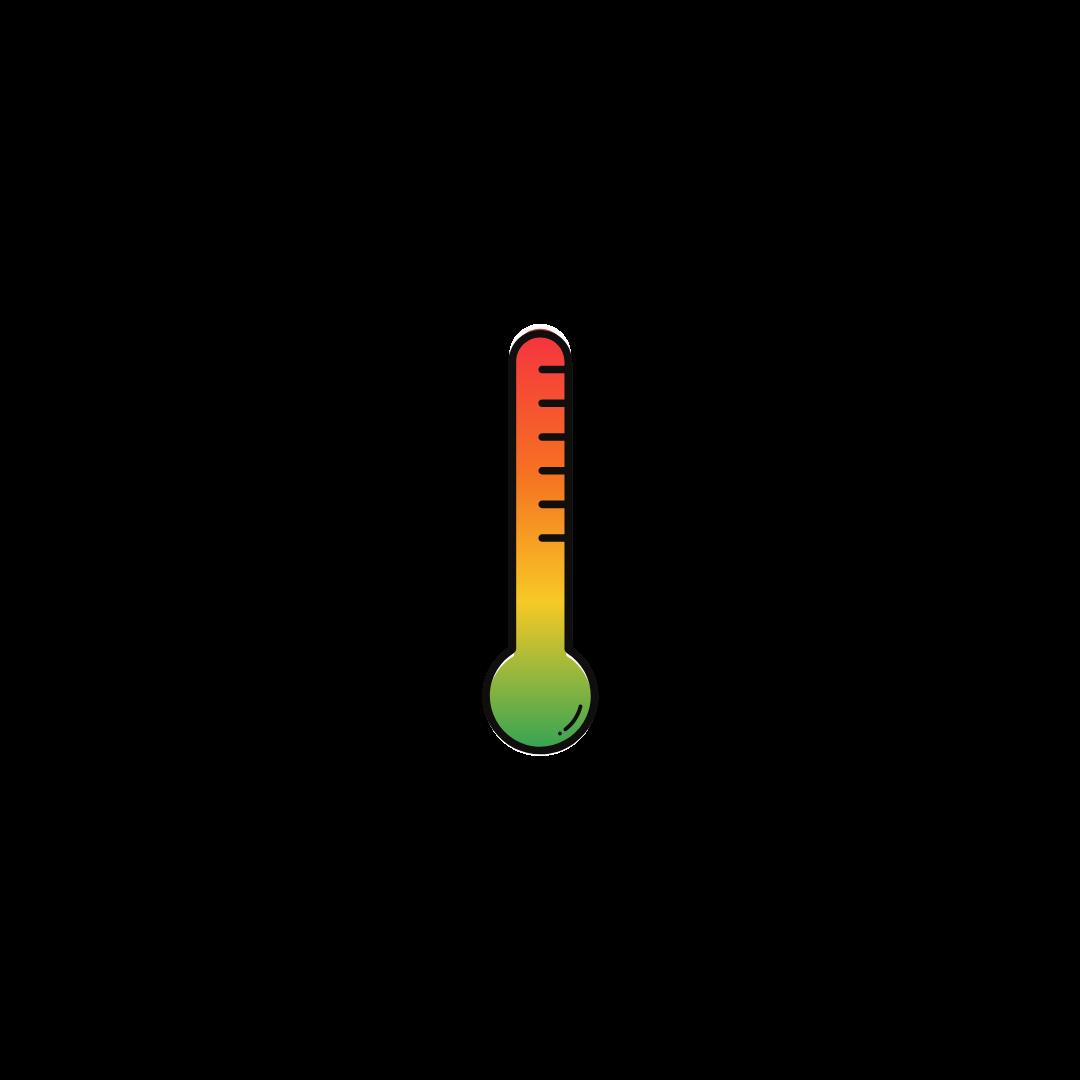
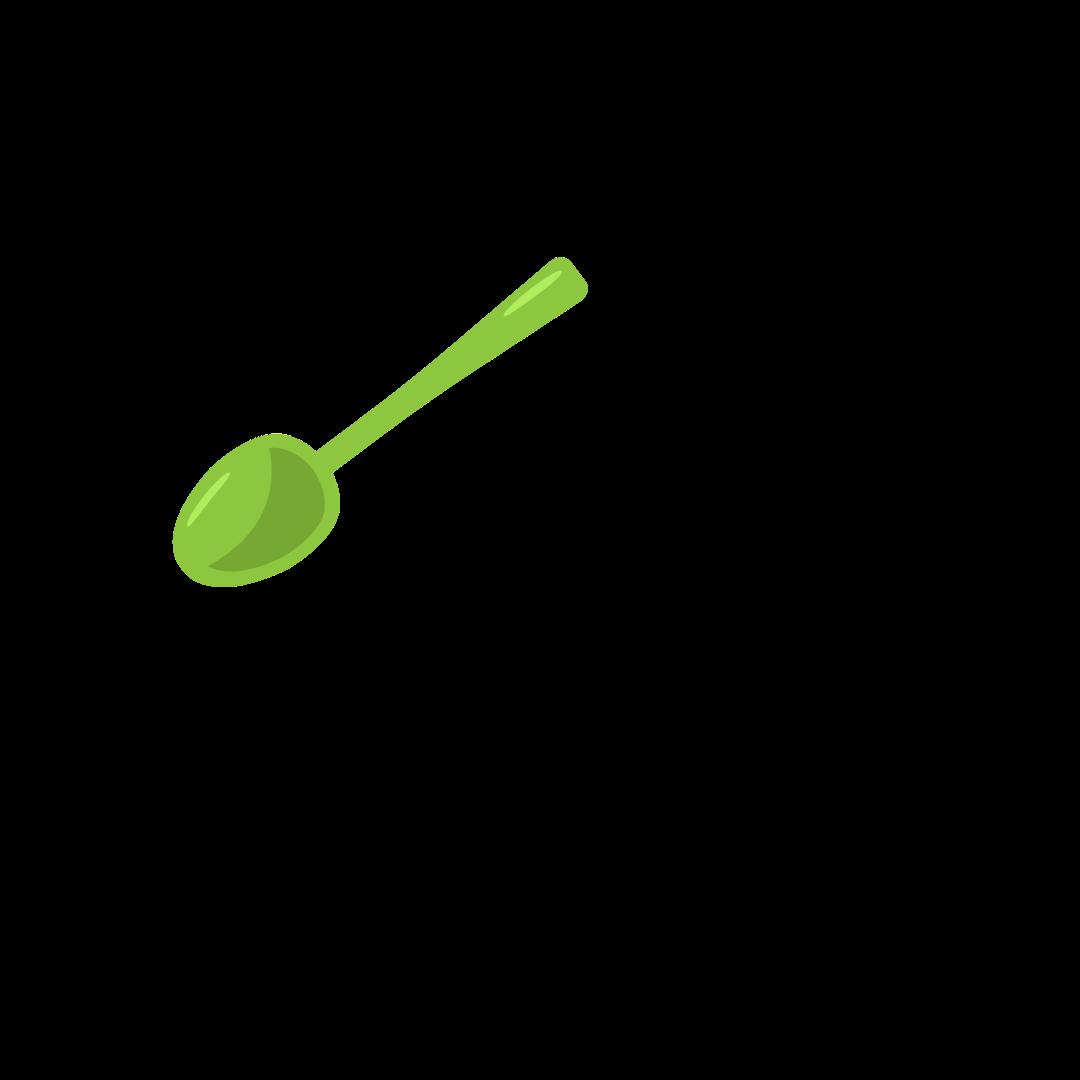
WINTERS underground!
Carrots are biennials, which means they have a 2-year life cycle.







Electrolytes help amount of water in the body.
The body is made 60%

Potassium helps to regulate the heart rate


Potassium helps bone
Helps to keep the body potassium is found in
Many runners eat foods high in potassium like before a run to prevent muscle cramps. Potassium helps regulate contractions.

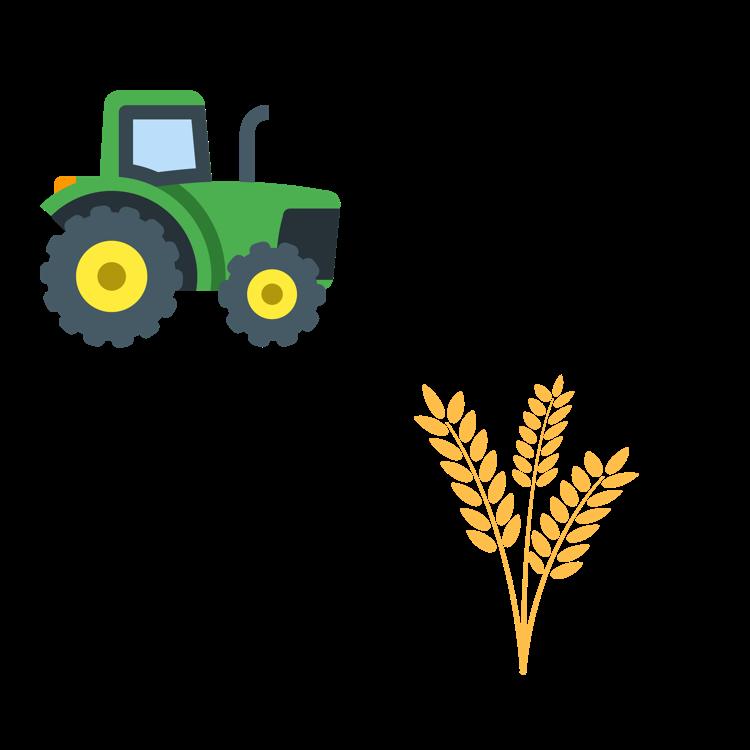



Lakeview School District is celebrating Farm to School Month by serving local food, providing agriculture and nutrition education and celebrating their local farmers!

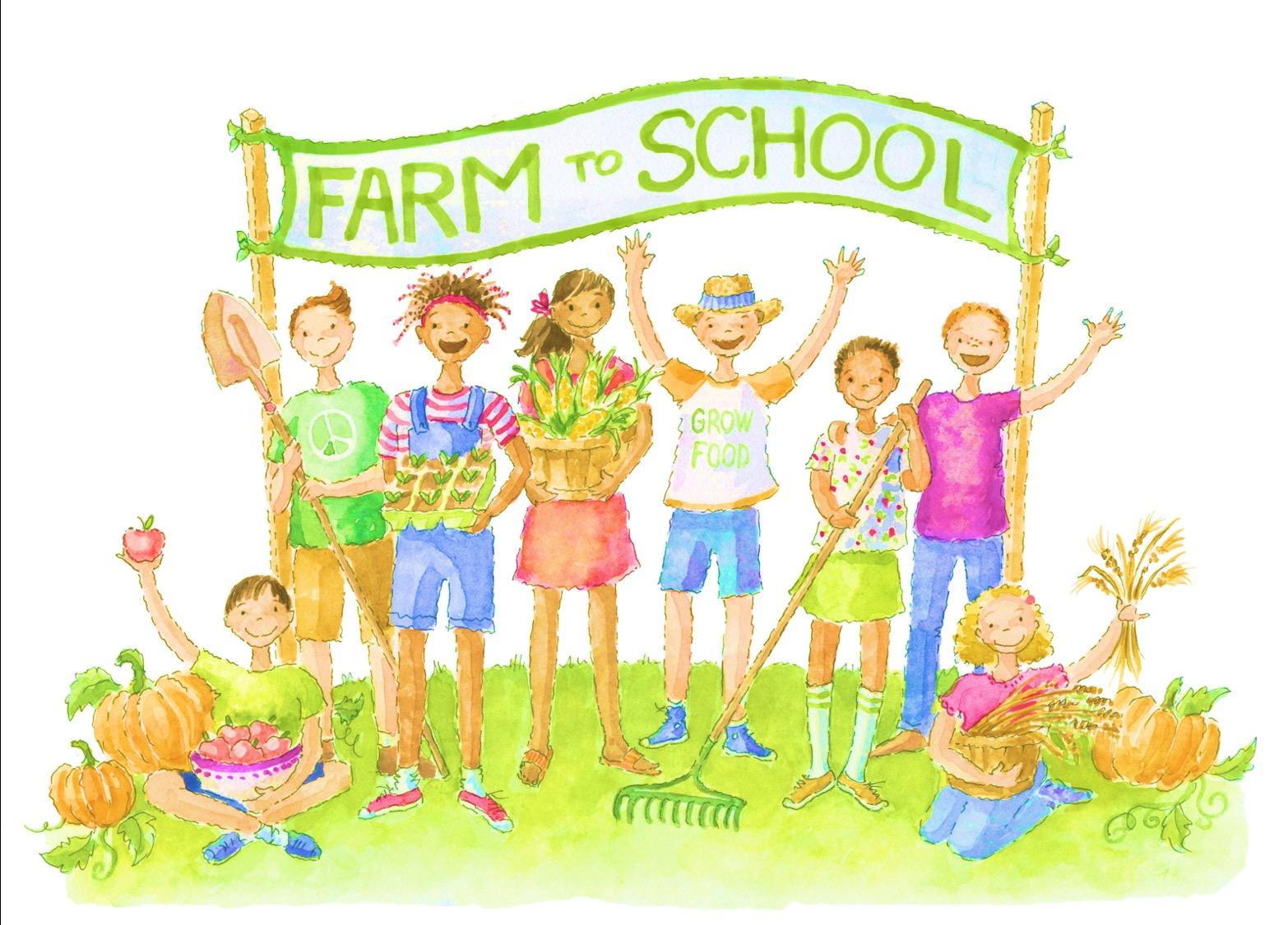
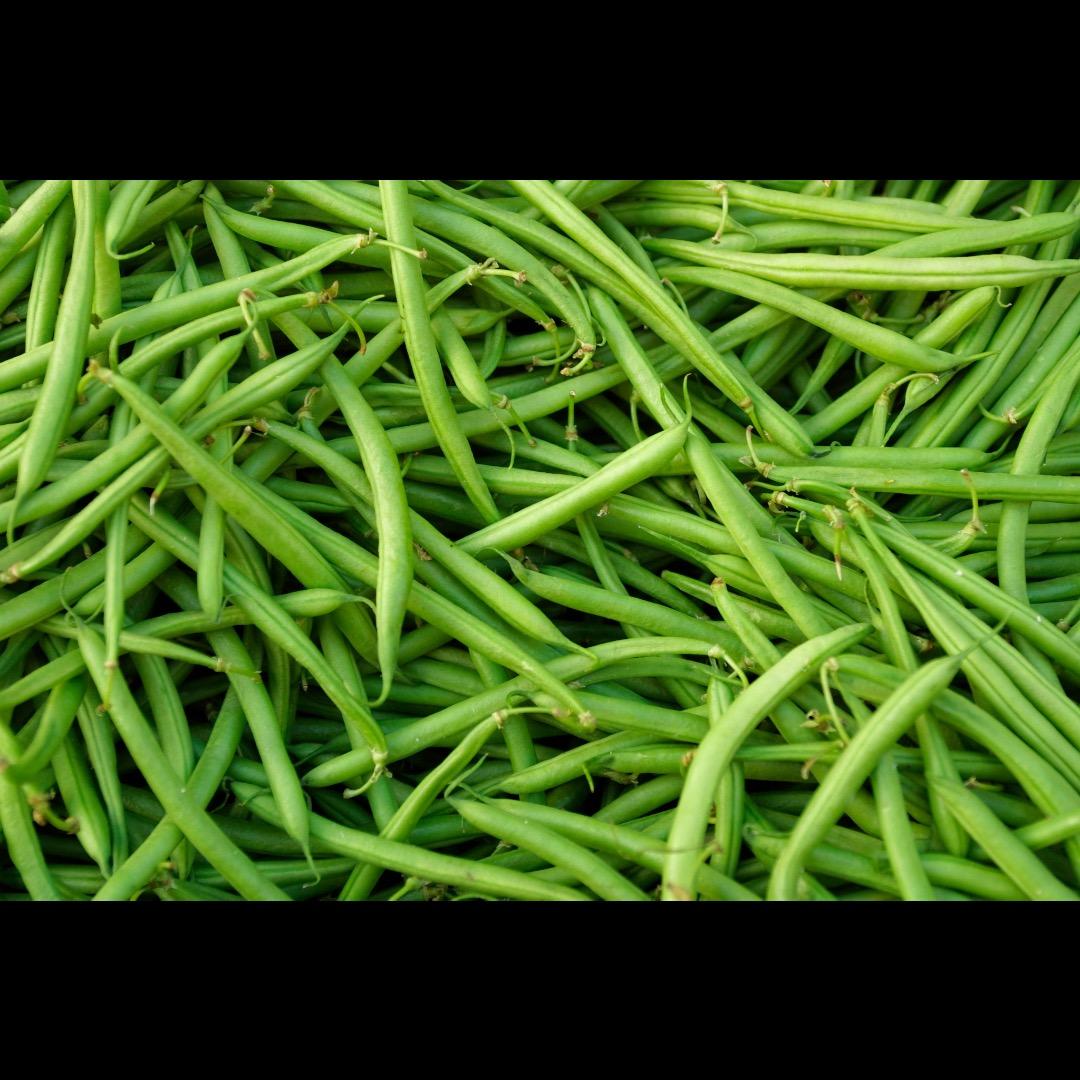


Green beans are kidney beans that are harvested at a young age.

Green beans taste best when they are thinner than a pencil.
Green beans are the 3rd most homegrown vegetable
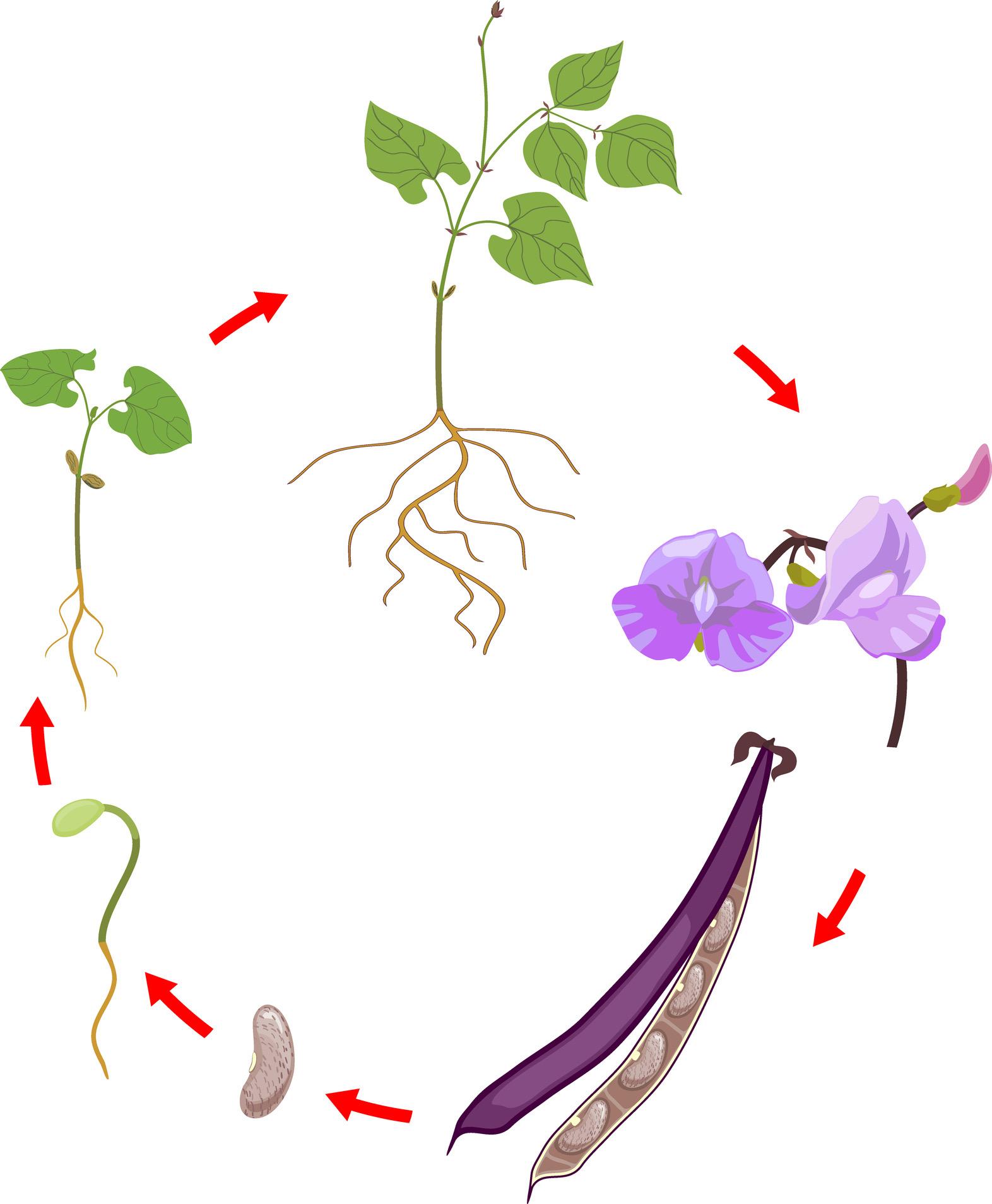
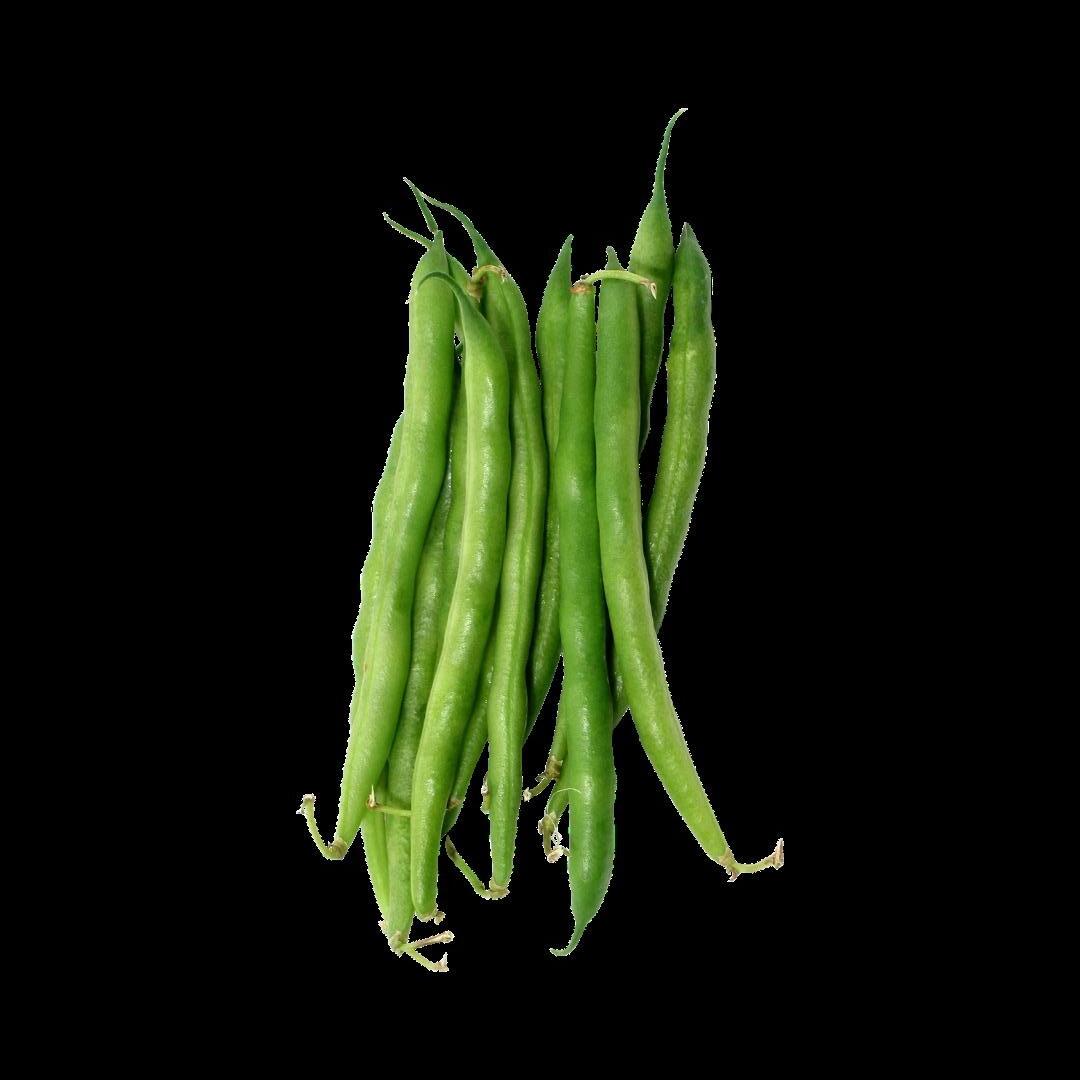
Bush & pole are the 2 main types of green beans. 130+ varieties of green beans.
Green beans are also known as string or snap beans.
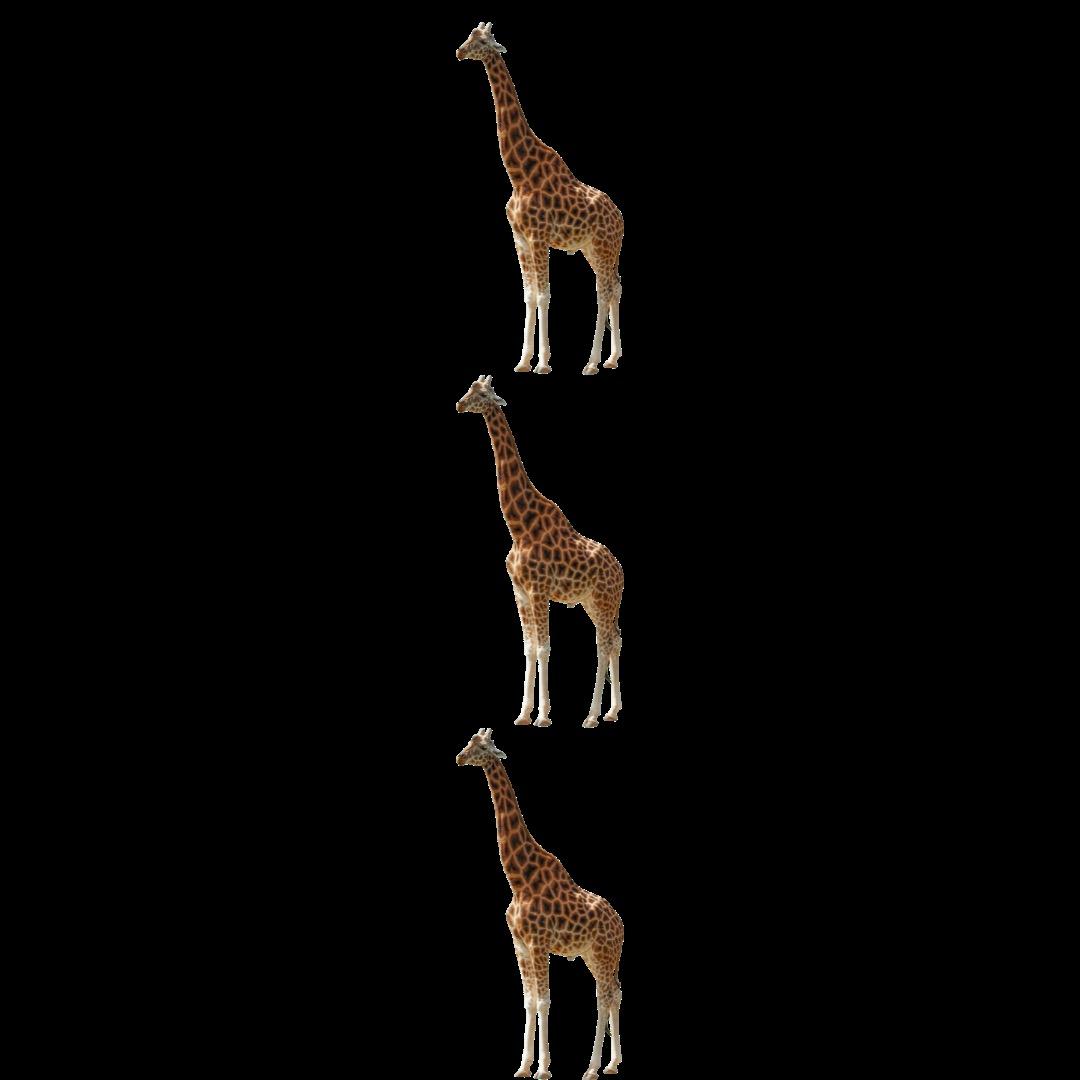



Calcium supports healthy bones as well as proper blood

Calcium is the 5th most abundant chemical element in the Earth’s crust.
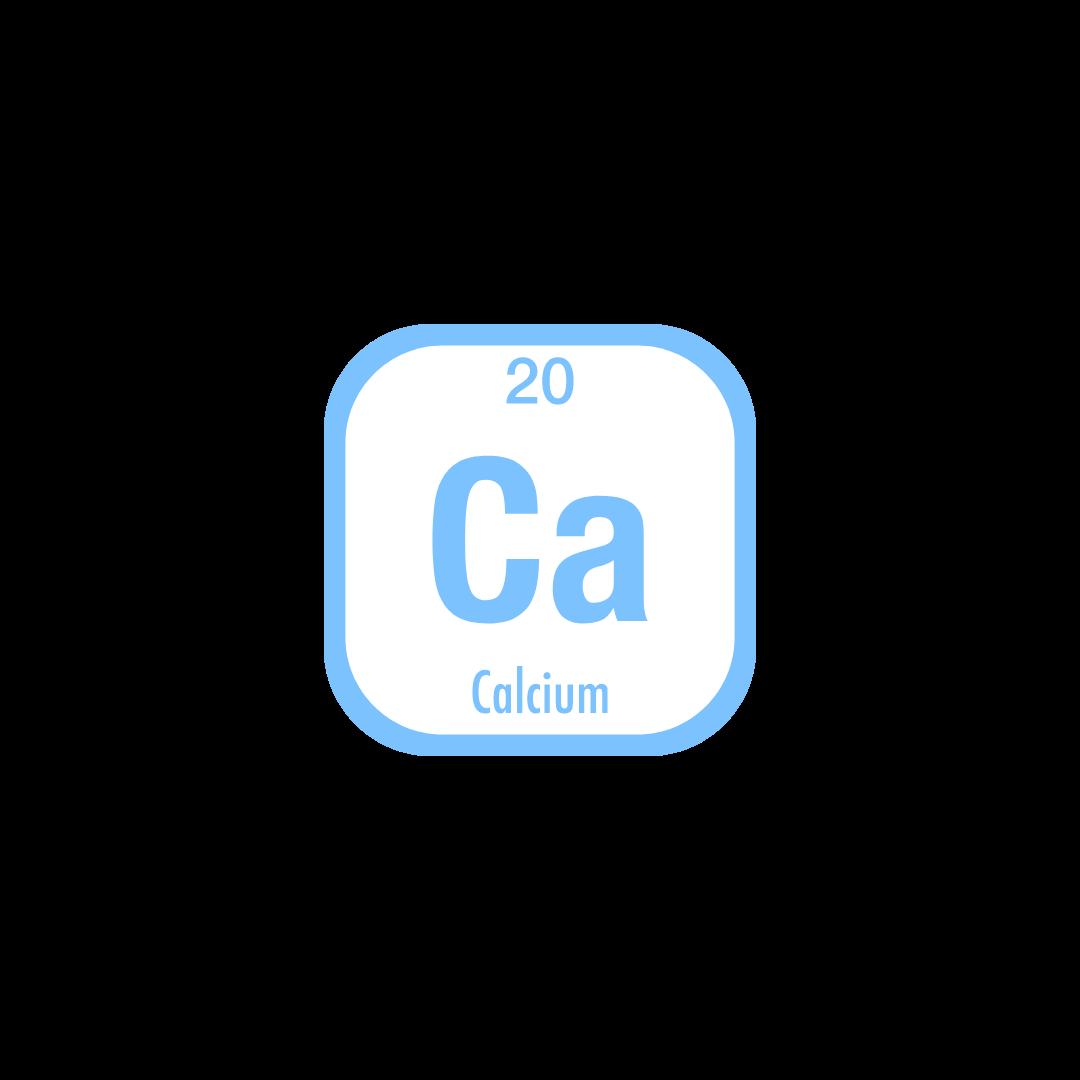



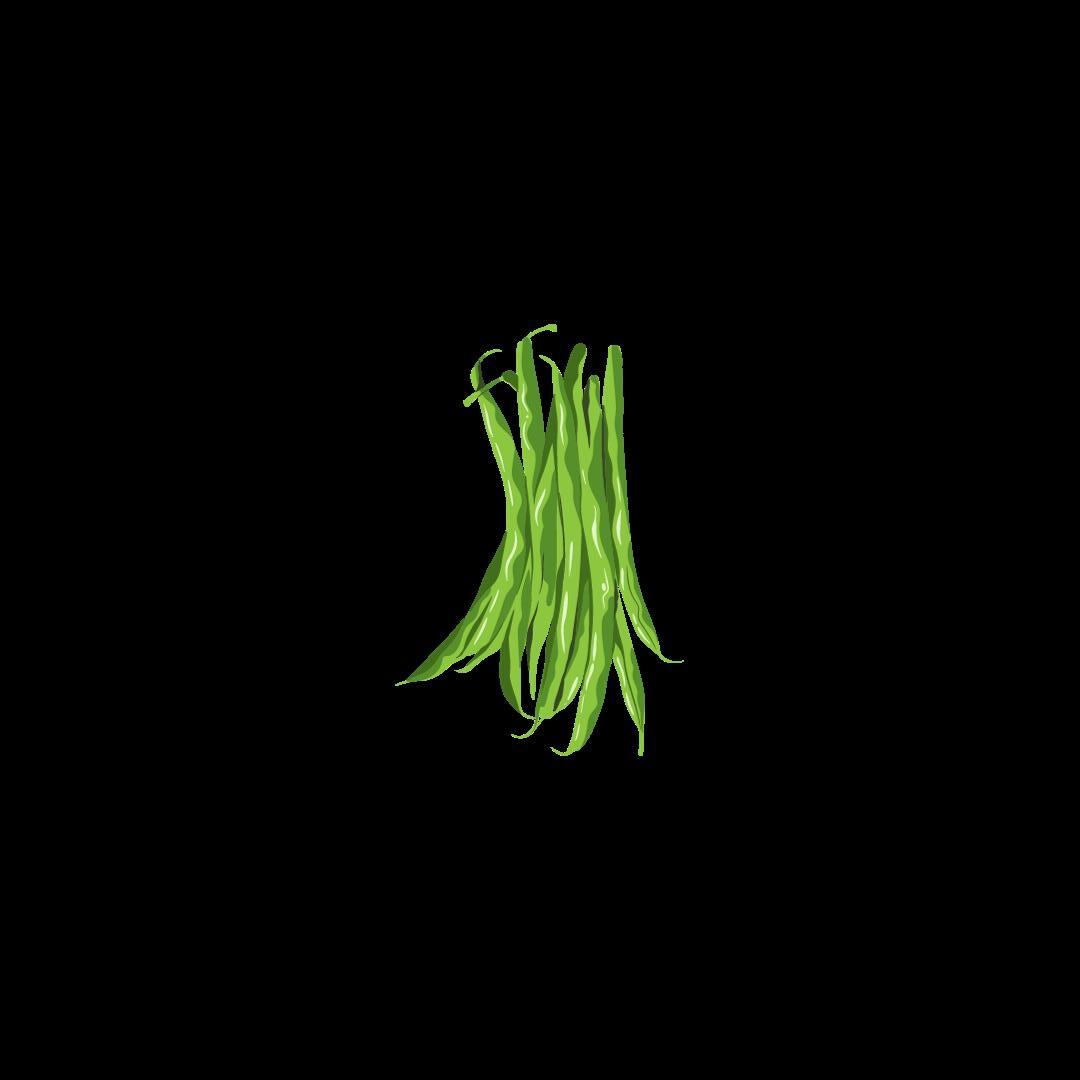

99% of the body’s calcium is stored in the bones blood, muscles & other tissues. Calcium helps to heal cuts & wounds.

Calcium helps form bones and teeth and keep them healthy. heart health.
Calcium is the MOST abundant mineral in the human body.



Watermelon is a type of fruit that is a part of the gourd family
Watermelons are related to cucumbers
Watermelons are harvested by hand
There are over 1,200 varieties watermelon.
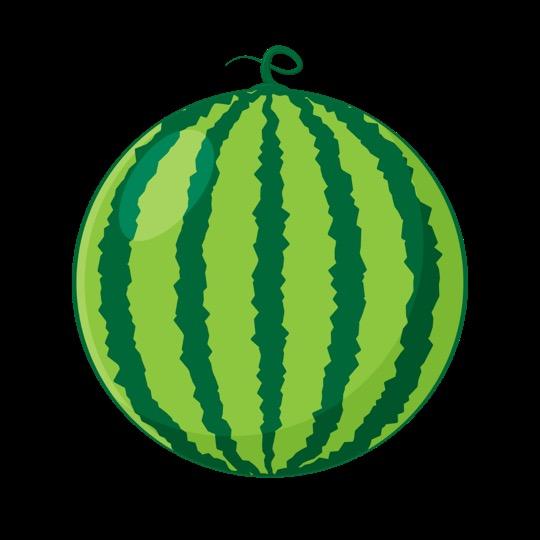


Watermelons are technically a fruit AND a vegetable.

JULY is National
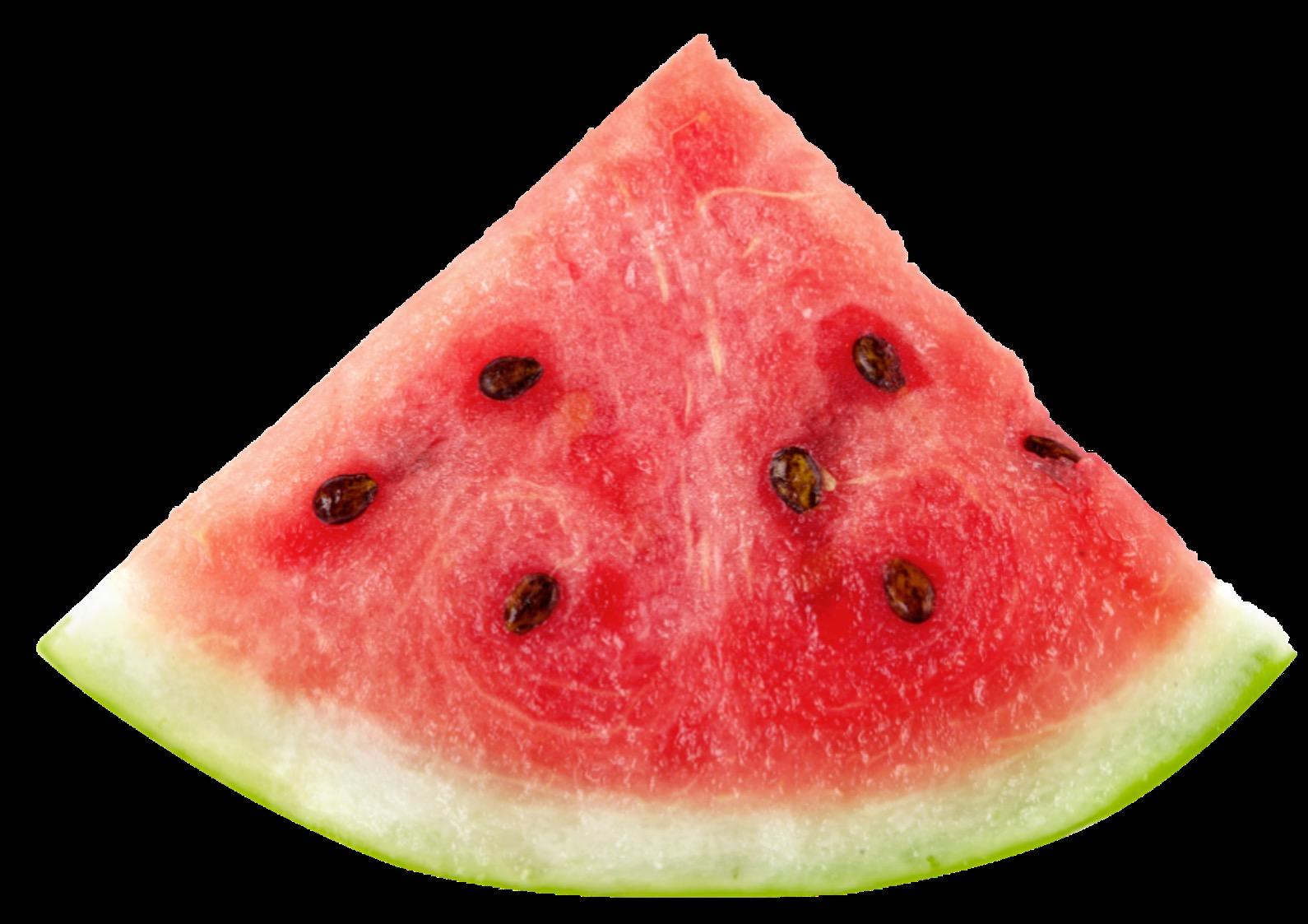
Watermelons take 90 days to grow from seed to fruit.
Seedless watermelon are the most popular.
Watermelon Month!

Watermelons are 92% water.

Watermelons are grown in 96+ countries worldwide.






Vitamin A supports good vision, growth & immunity
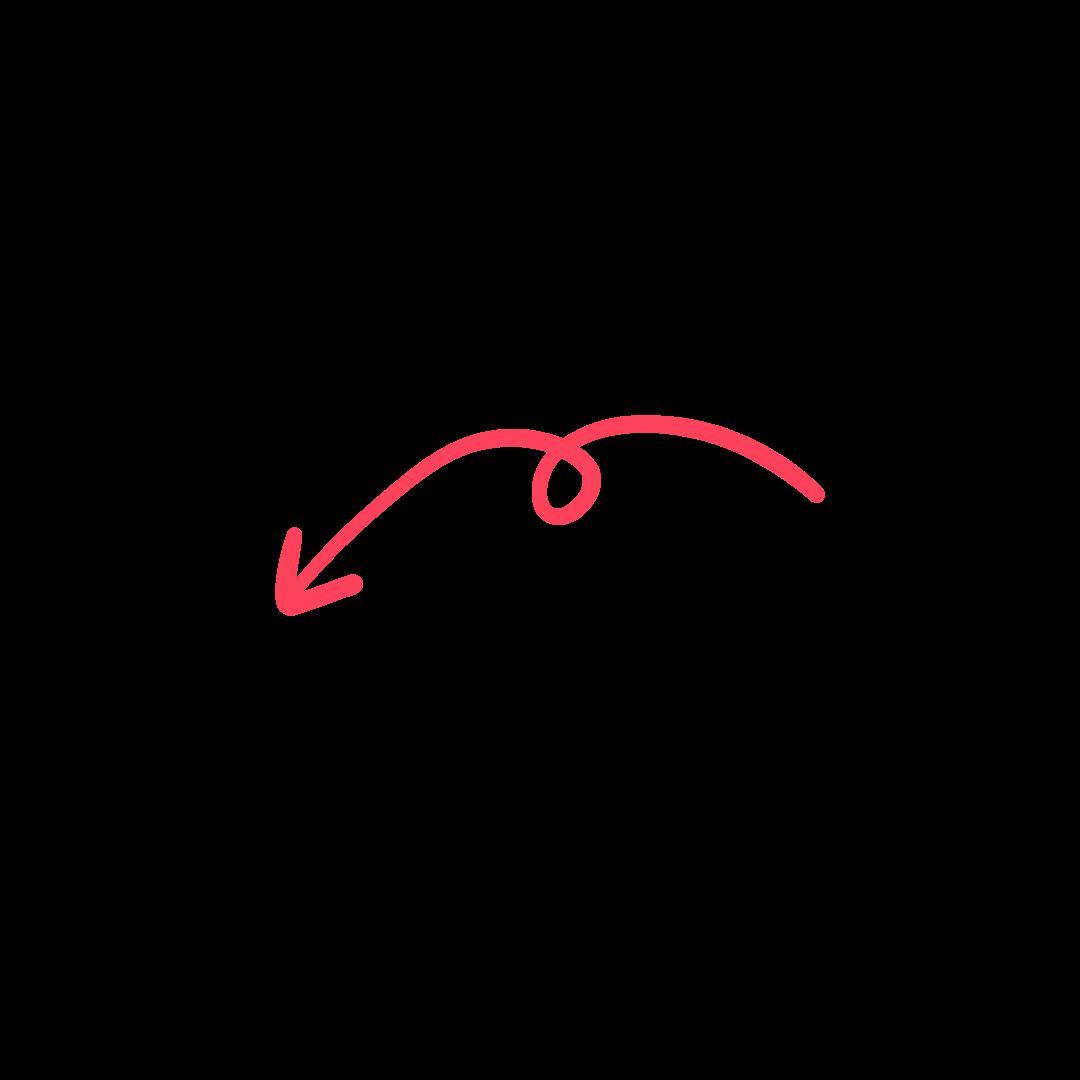
Vitamin A helps see better at night more vivid colors during the day

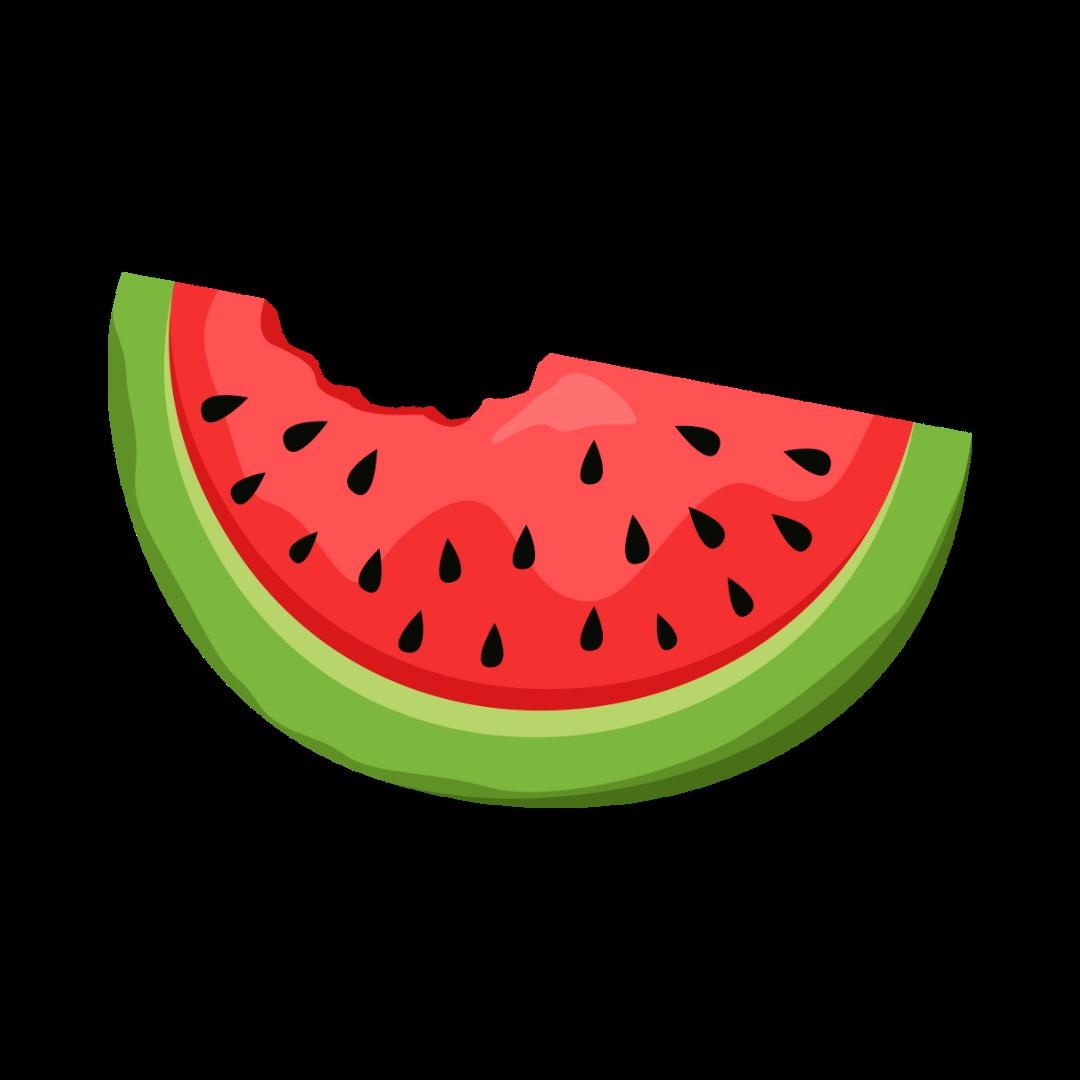

How far can you read down this eye chart?


Vitamin A has antioxidant properties.
Vitamin A can help speed up the healing process of cuts & scrapes.
Vitamin A supports the immune system to fight off infections.
Vitamin A is a fat-soluble vitamin.
Vitamin A is a fat-soluble vitamin – which means it absorbs better into the body when eaten with foods with some fat like avocados!



Broccoli is a related to cabbage, kale, cauliflower & others.
1.
2. Heading


Pronounced · fr· uhs


The word broccoli means “the flowering top of a cabbage. ”


Broccoli is a part of the brassica family.

All broccoli
Broccoli grows during the





Potassium supports balancing fluid in the body & proper function of the muscles and nerves.
Once potassium enters the body, it functions as an electrolyte.
Electrolytes help amount of water in the body.


Helps to keep the body


Potassium helps to regulate the heart rate
Potassium helps to regulate contractions.

Potassium is the THIRD most abundant mineral potassium is found in
The body is made 60% helps promote .

Many runners eat foods high in potassium like pears before a run to prevent muscle cramps.


Michigan is home to over 14 MILLION apple trees.
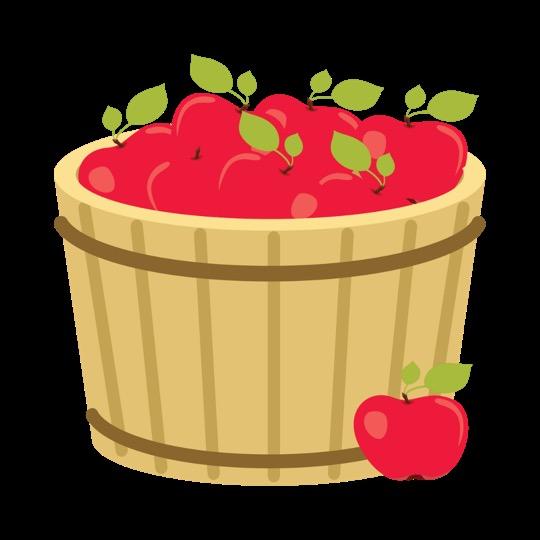
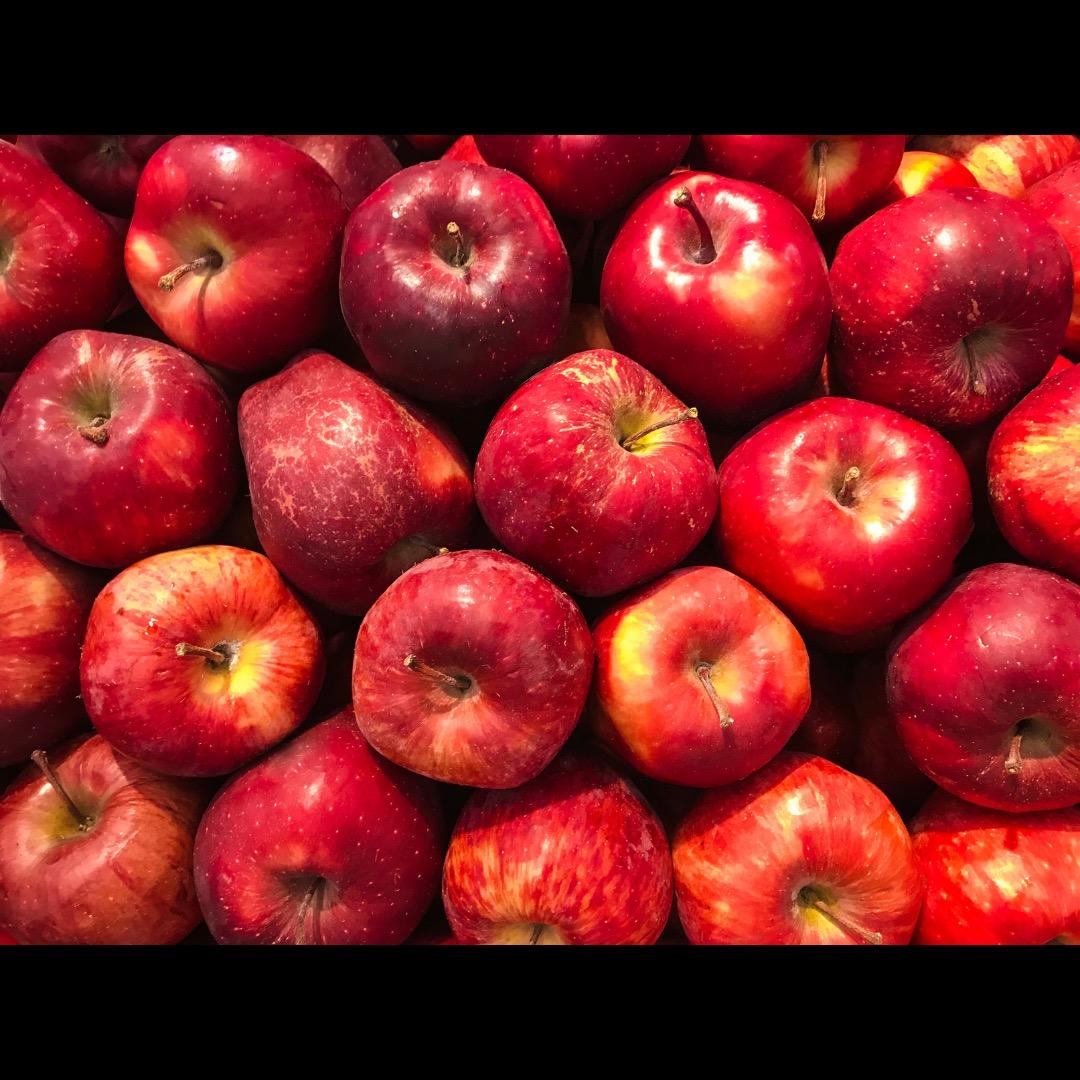
Michigan harvests 24 MILLION of apples each year.
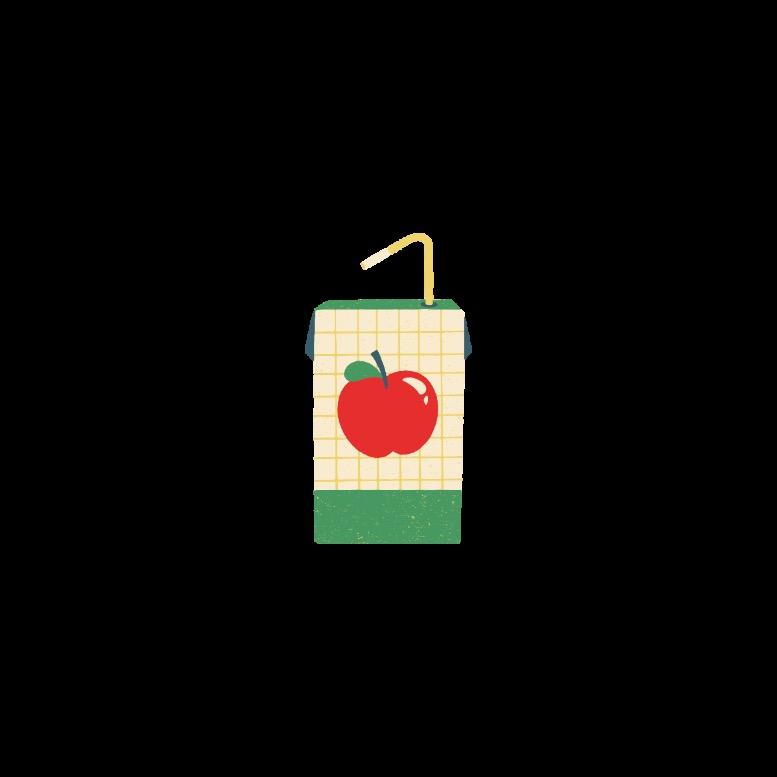
Michigan apples are in season from June. apples are

Apples are the largest & most valuable crop grown in MI.
2,500+
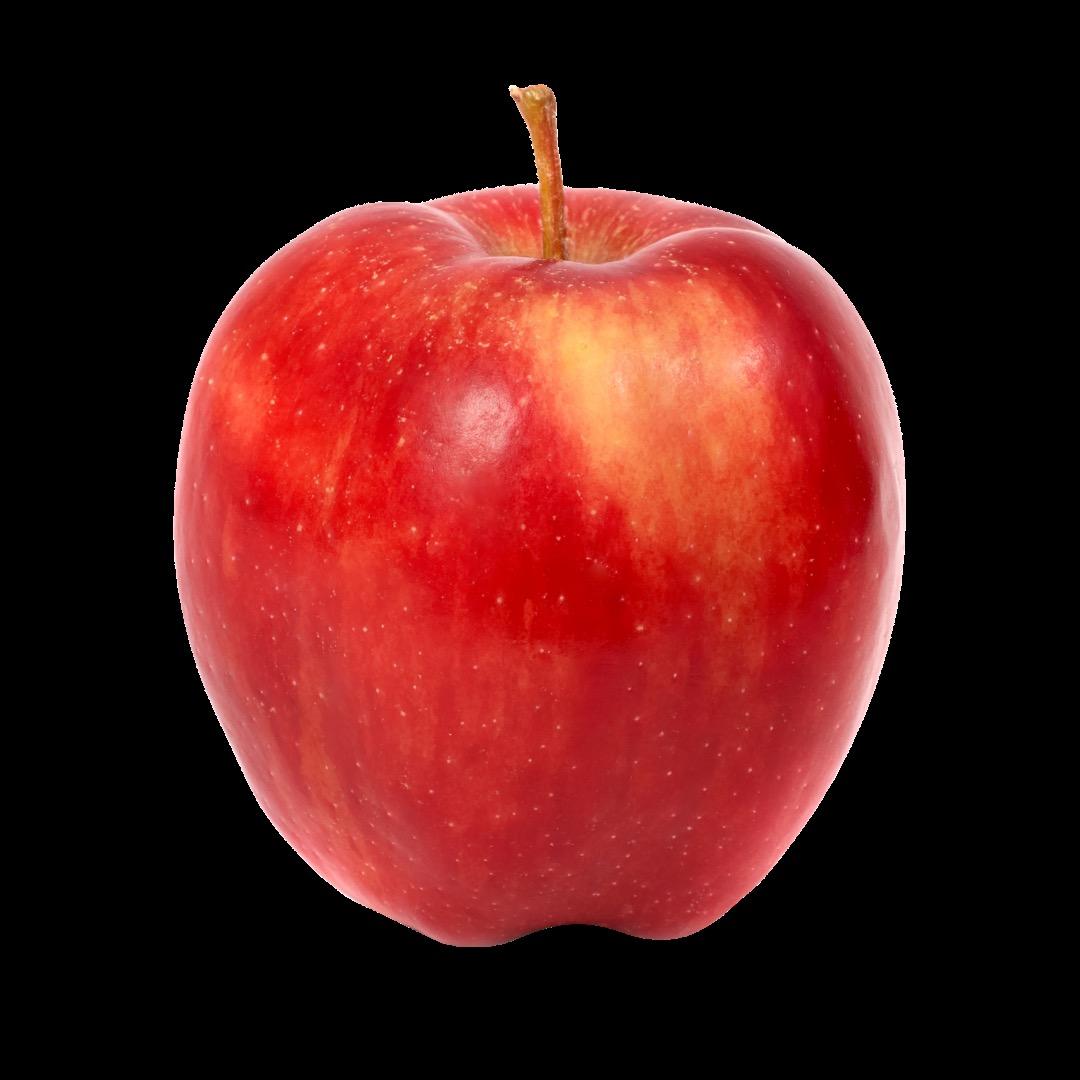

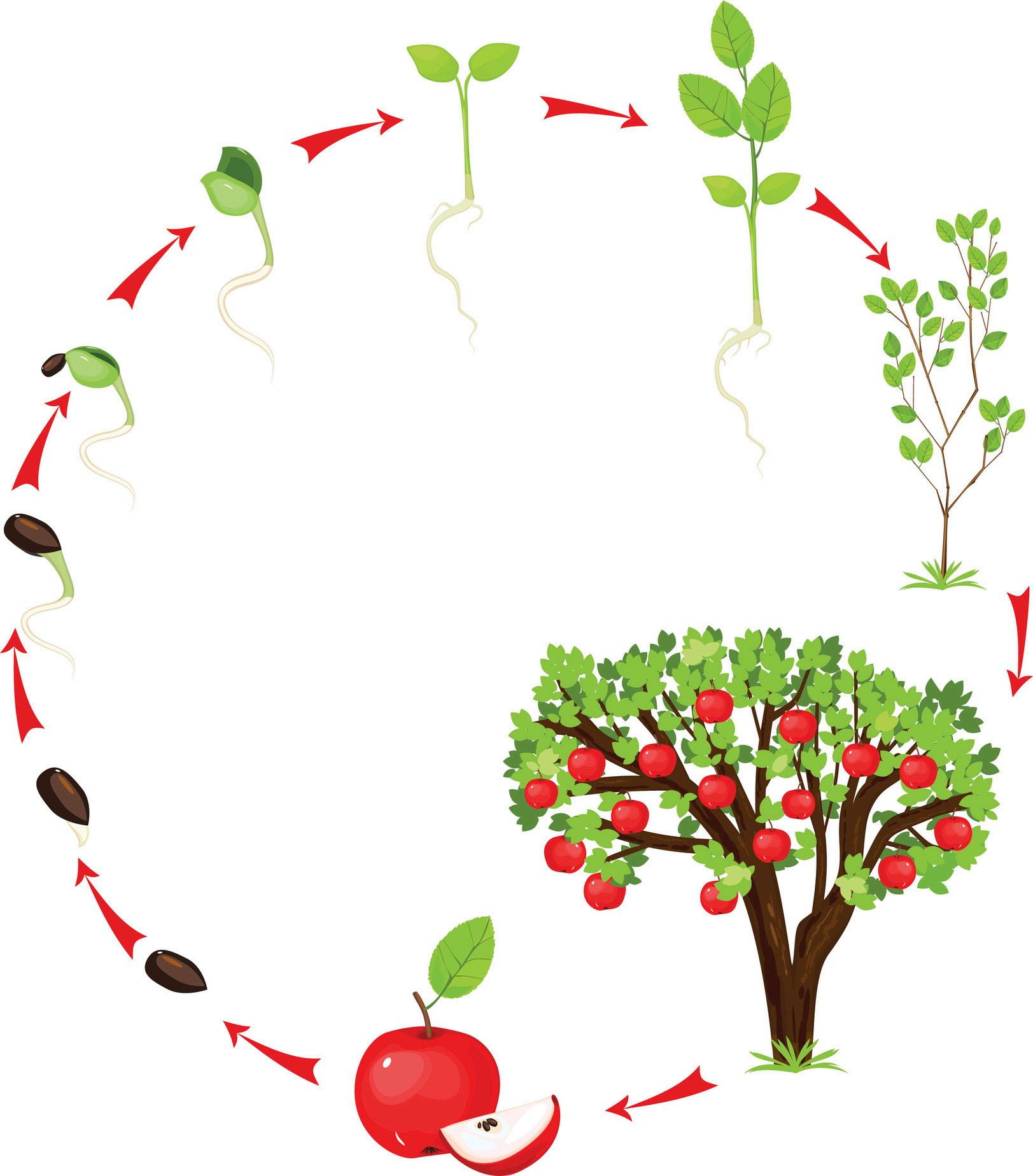
Most apples are HAND-PICKED.
An apple tree takes at least 4 years to start producing fruit.
varieties of apples are grown in the United States.
The U.S. produces 250 million bushels of apples/year.
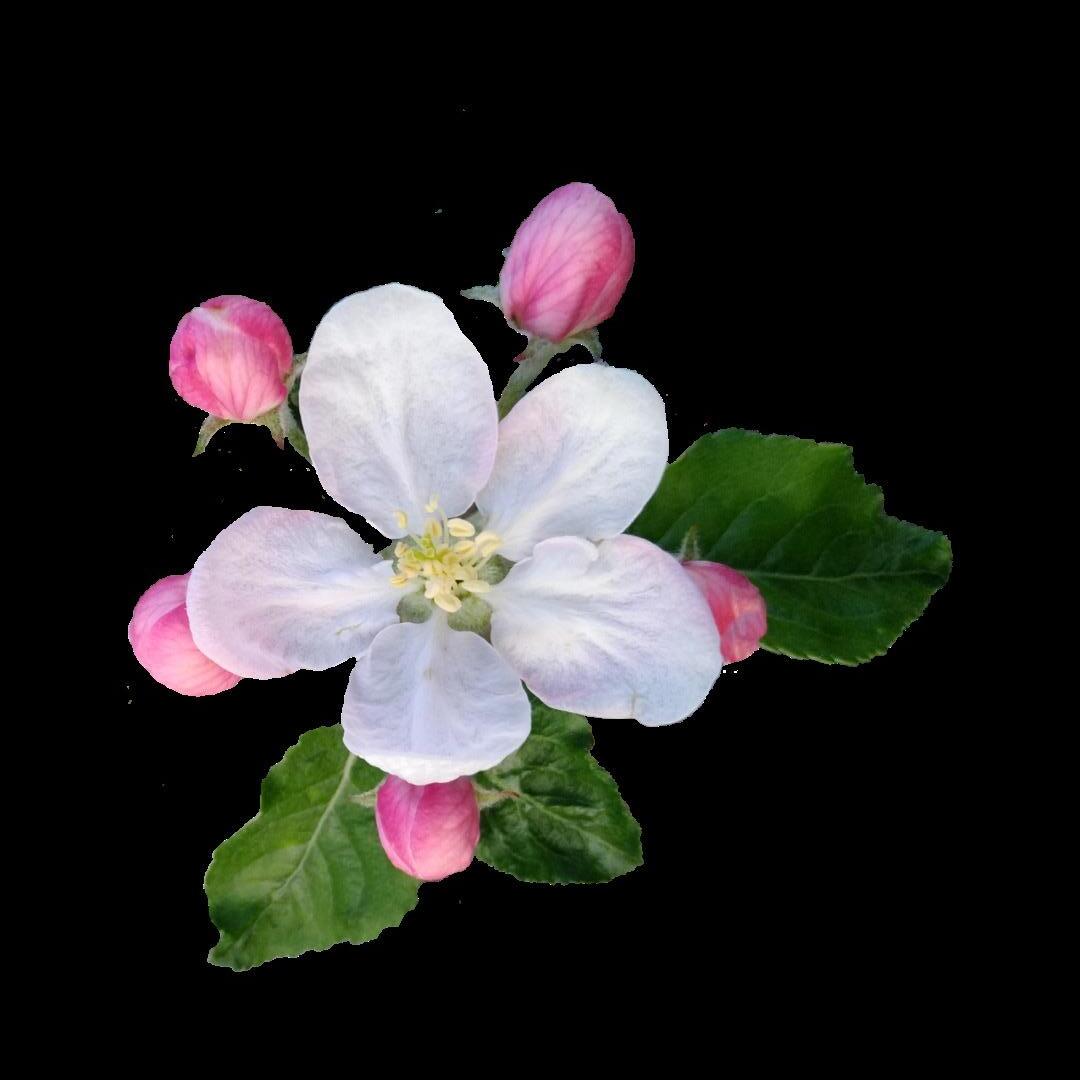
An apple blossom is the flower that comes from an apple tree.
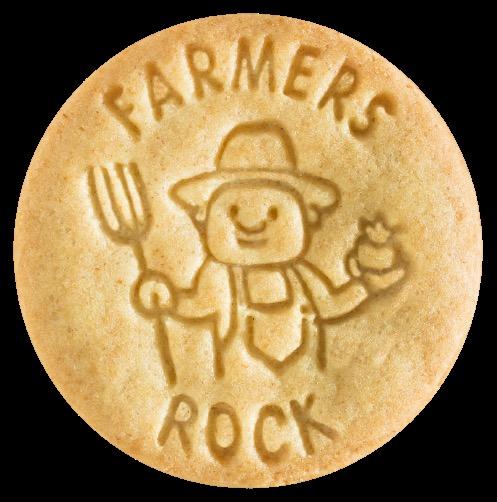




Blake Farms is a 3rd generation familyowned farm, orchard & cider mill.
Blake’s Orchard was started in 1946 by Gerald & Elizabeth Blake.
Blake Farms’ cider mill was built in 1968. Blake Farms is home to 800 acres of land.
Blake Farms is currently run by Peter & Paul Blake.

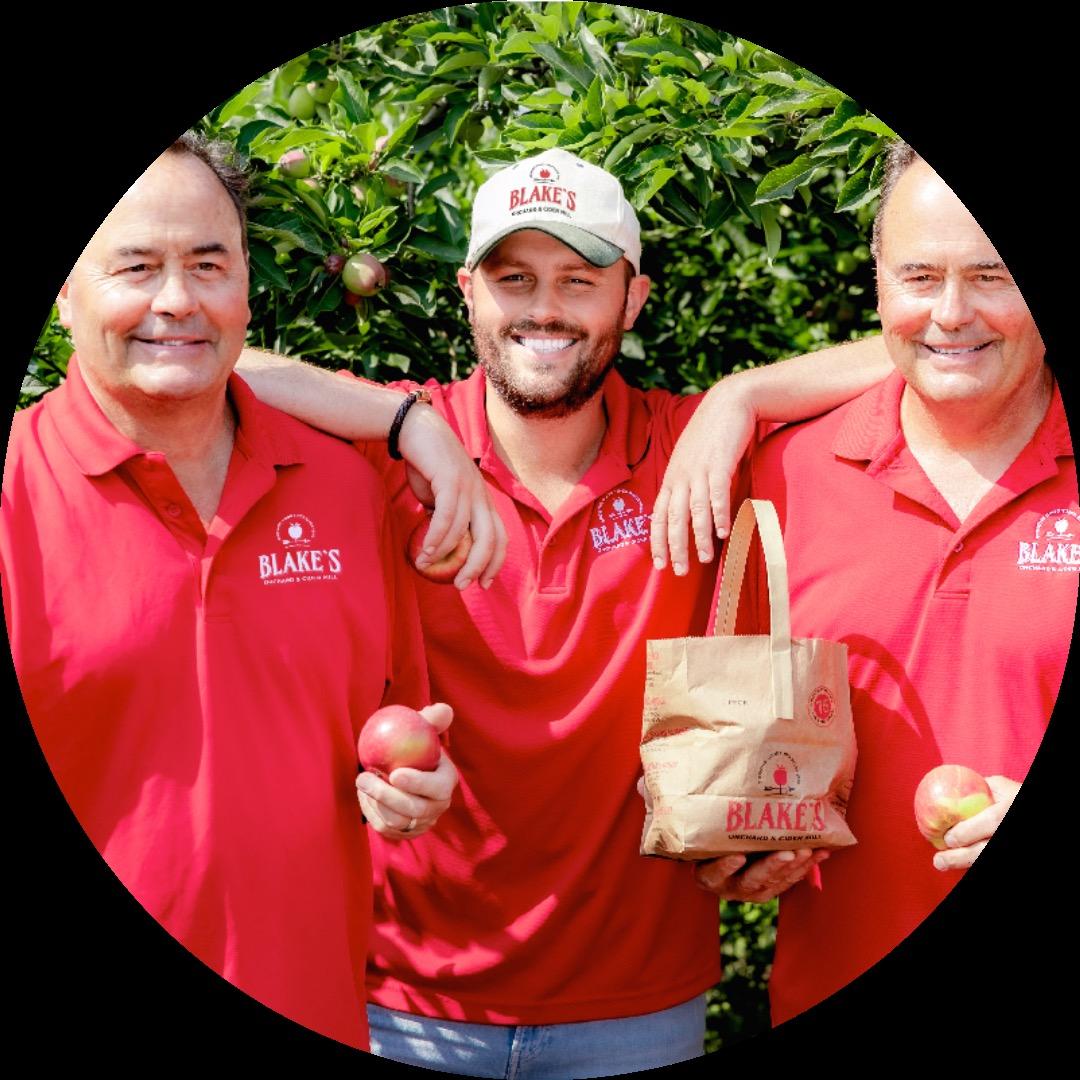

“Growing good times since 1946.”
Blake Farms is located in Armada, Michigan. Blake Farms grows 40+ different varieties
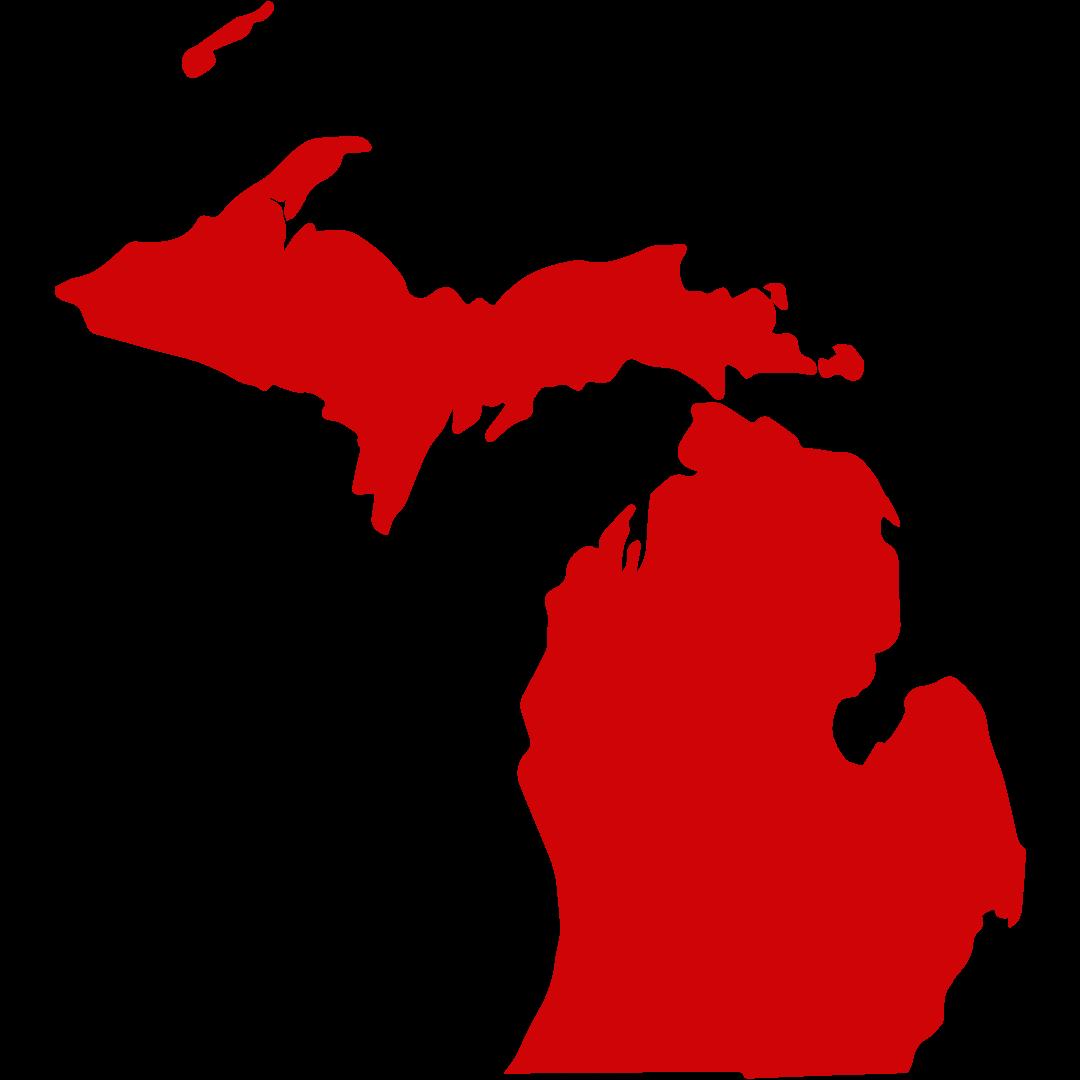


Blake Farms has a passion for innovation.
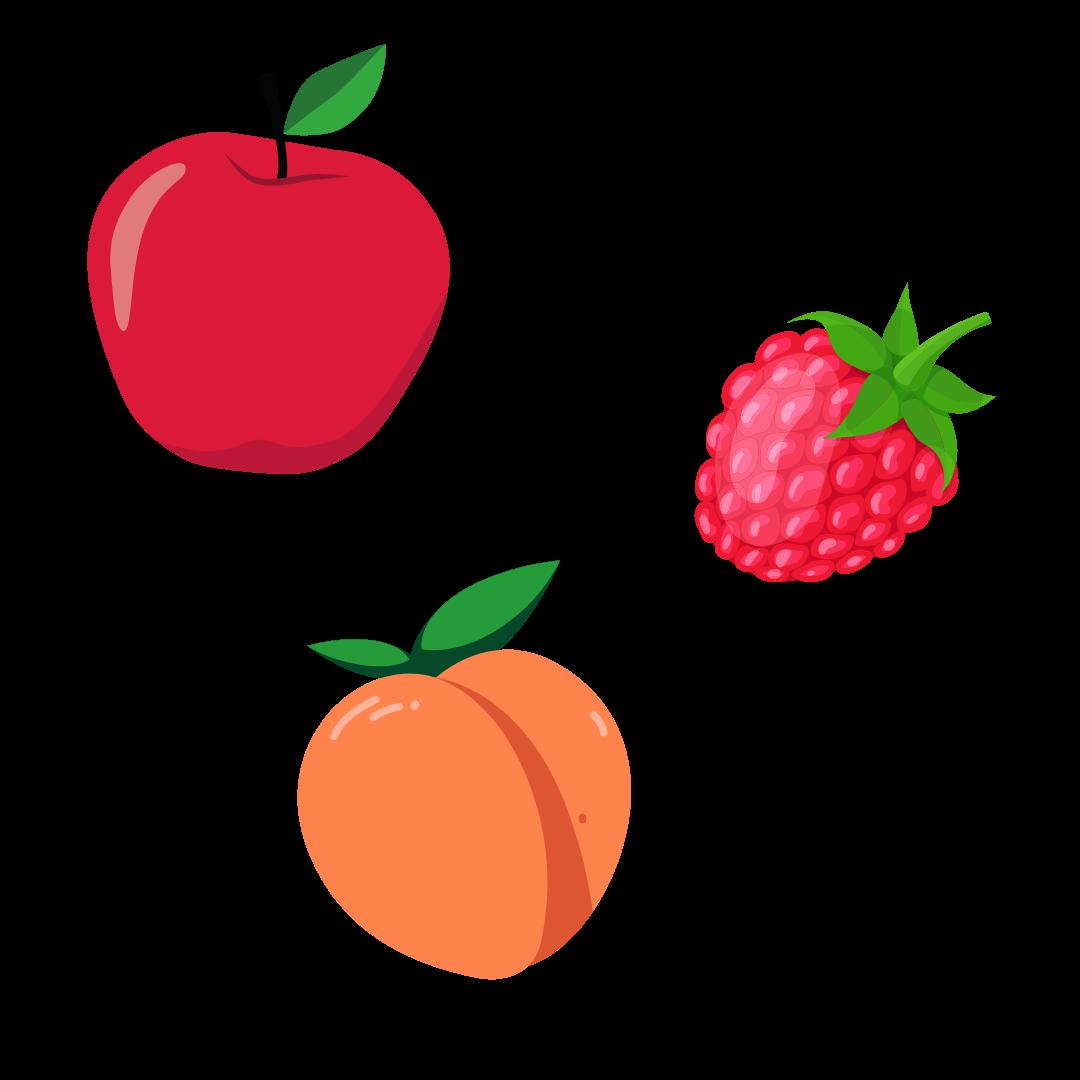
Blake Farms offers educational farm tours.

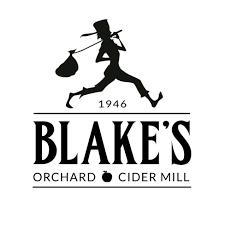




OTCTRRA MYTUNMCIO
CAOLL RPOSC




Corn is considered a grain, fruit & vegetable
The U.S. is the LARGEST producer, consumer & exporter of corn in the world.
Humans only eat sweet corn



An ear of corn ALWAYS of land can produce of sweet corn.

Corn is grown on EVERY continent except Antarctica.
There are around 800 kernels on each ear of corn. field crop.

In many other countries, corn is called “maize
1 corn stalk produces 1 - 3 ears of corn
Corn stalks can grow between 7 – 10 feet tall.




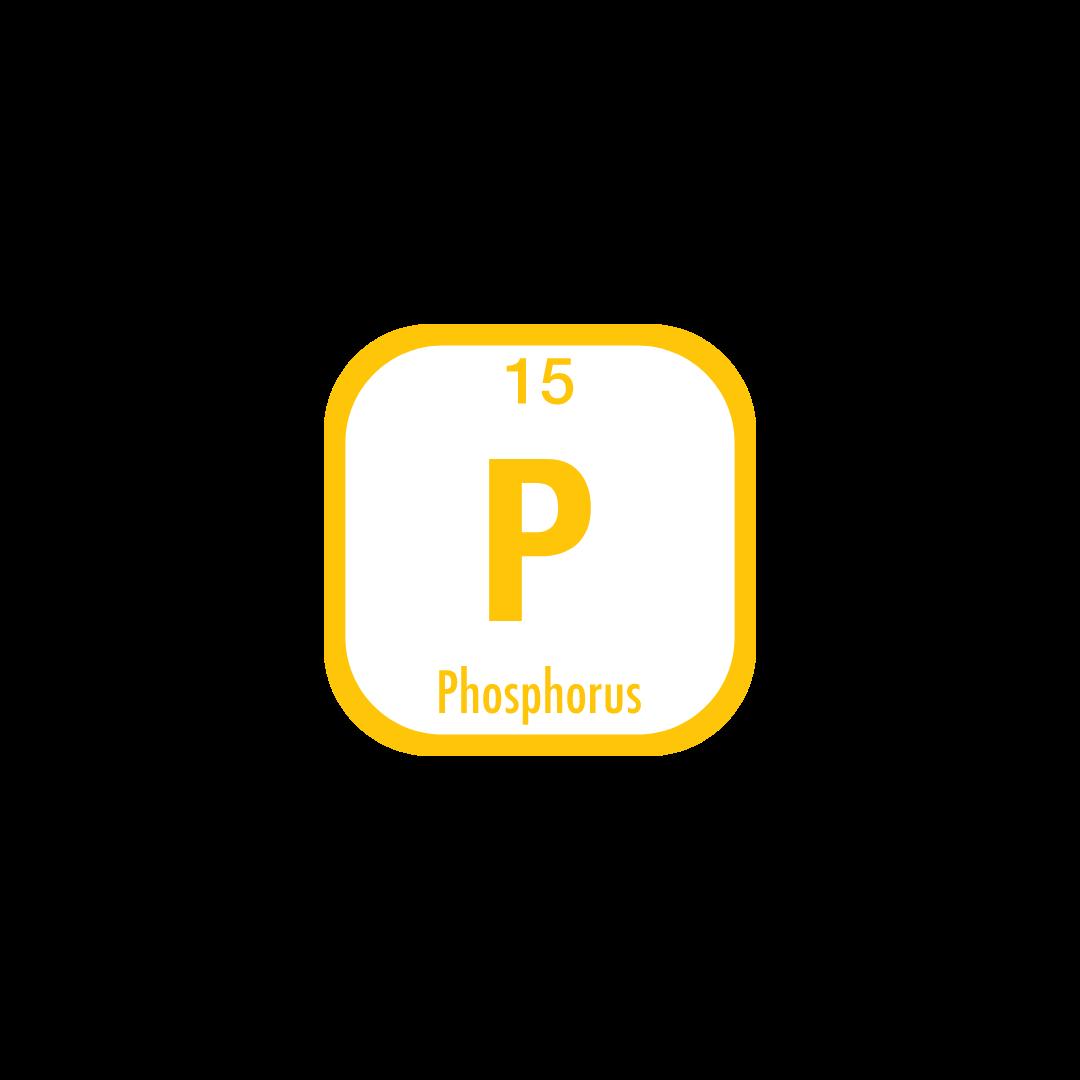
Phosphorus supports bone tissue and cell growth, maintenance

Phosphorus is the abundant




Phosphorus is found in many different foods –dairy, whole grains, meat, legumes & nuts.

Phosphorus is an essential nutrient.
Phosphorus helps reduce muscle pain after a workout.
Phosphorus works closely with CALCIUM to build strong bones.
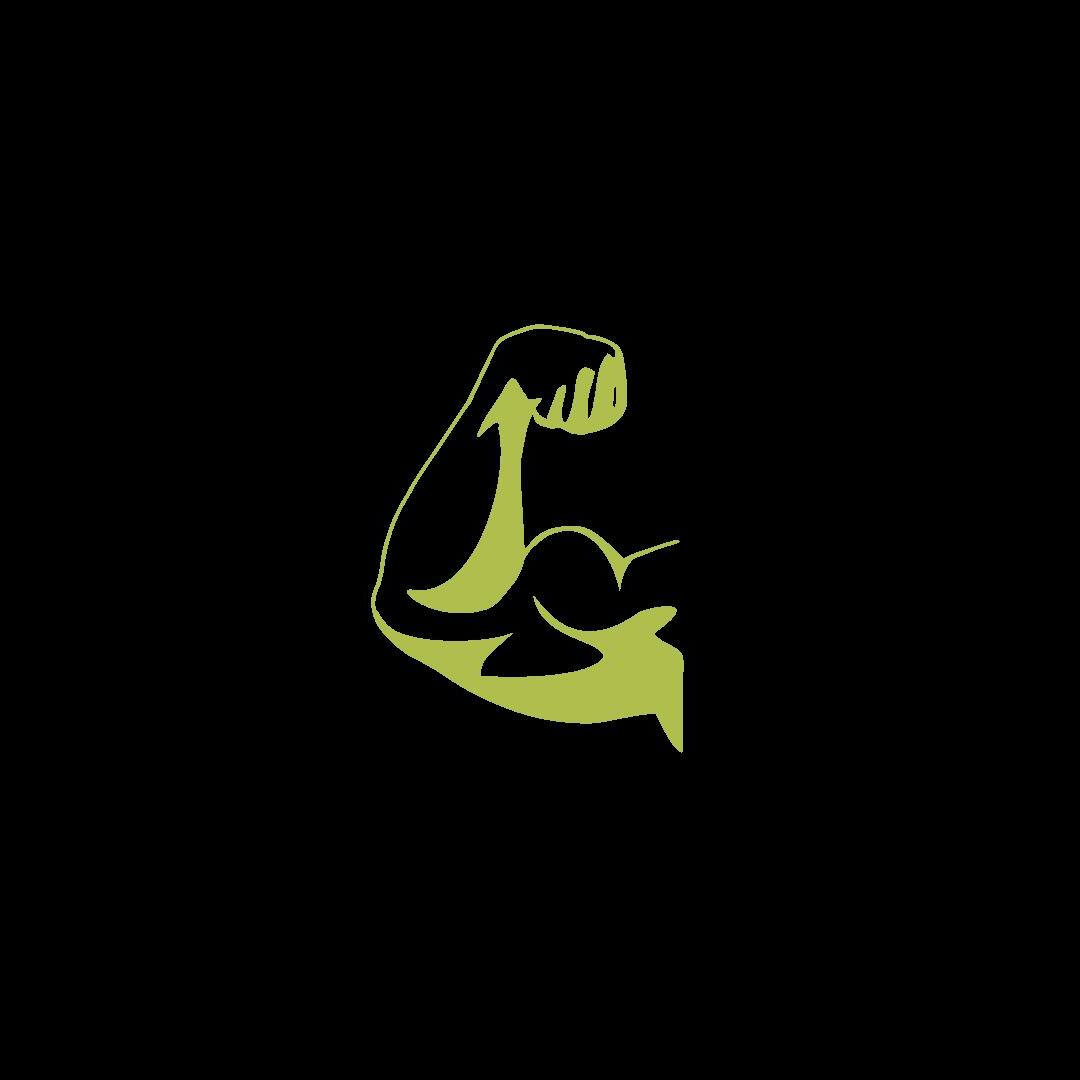

Phosphorus helps manage the body’s energy and storage

85% of the body's phosphorus is found bones & teeth.





